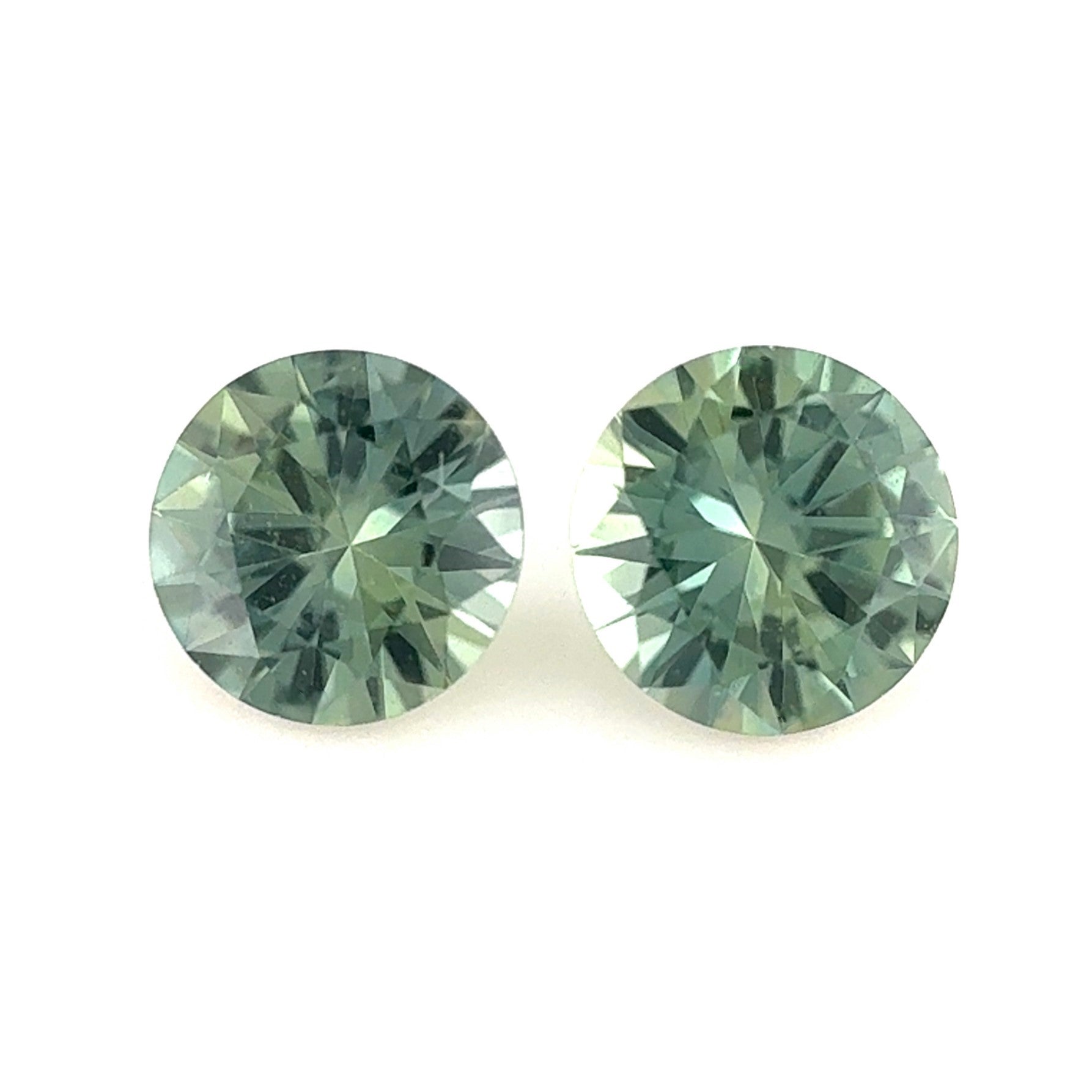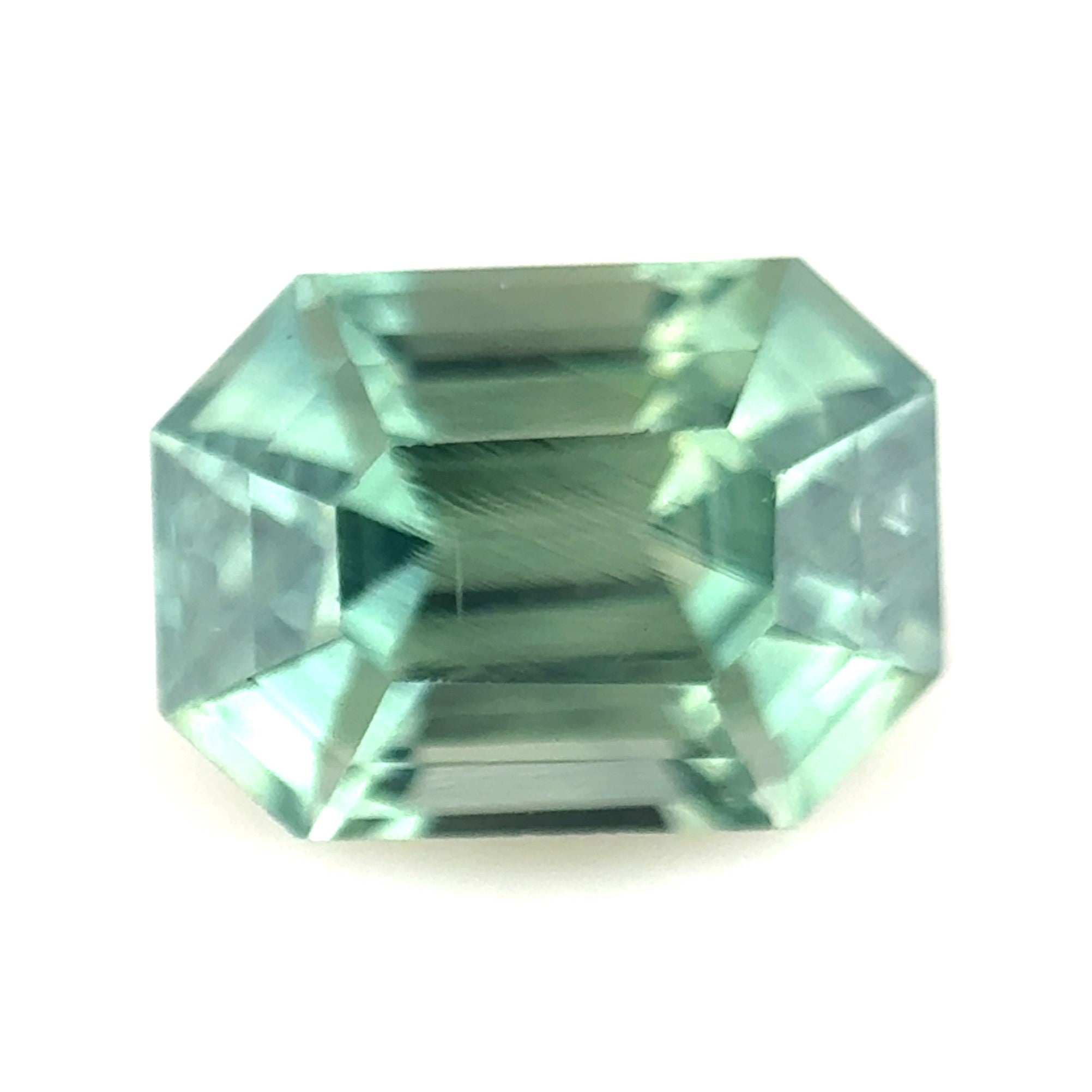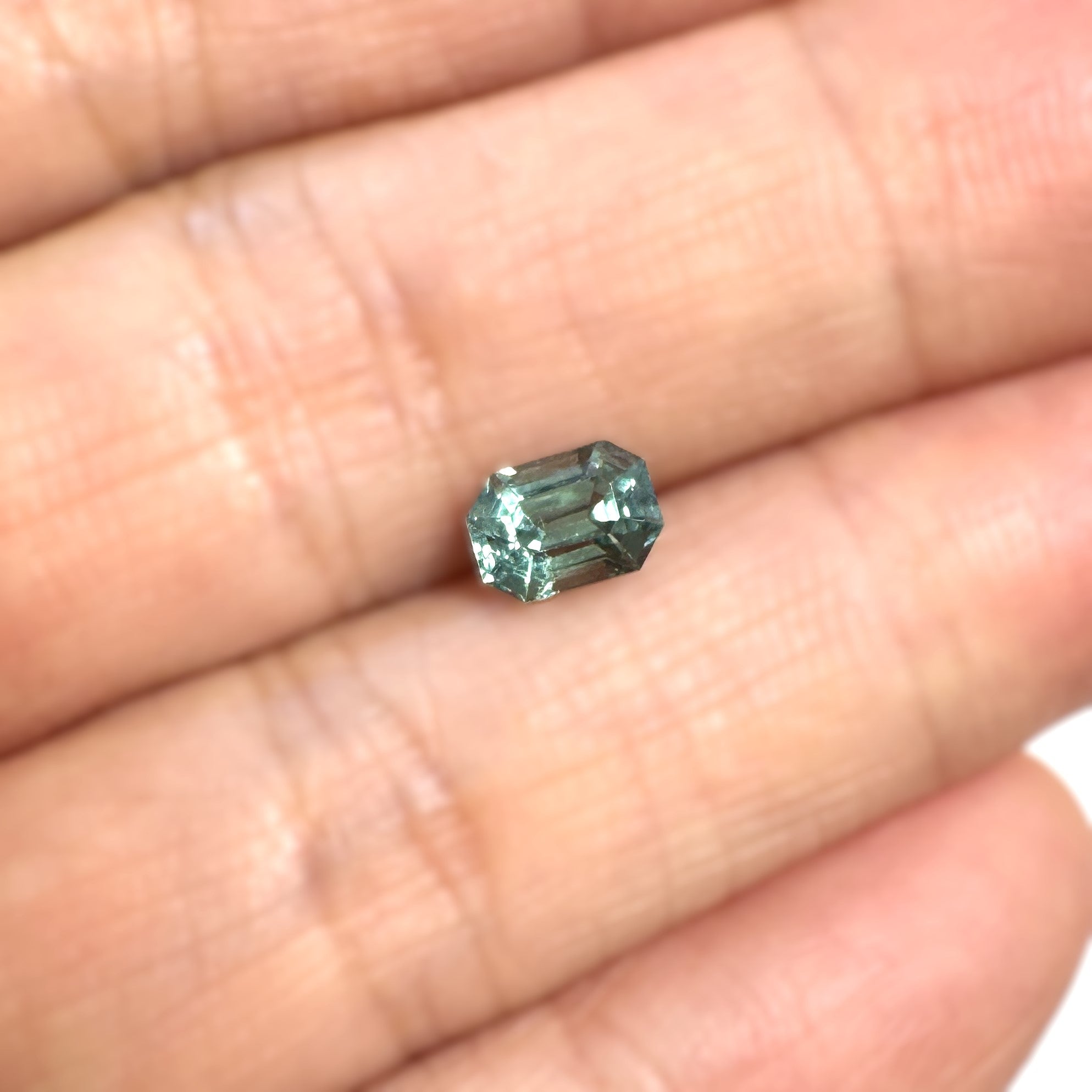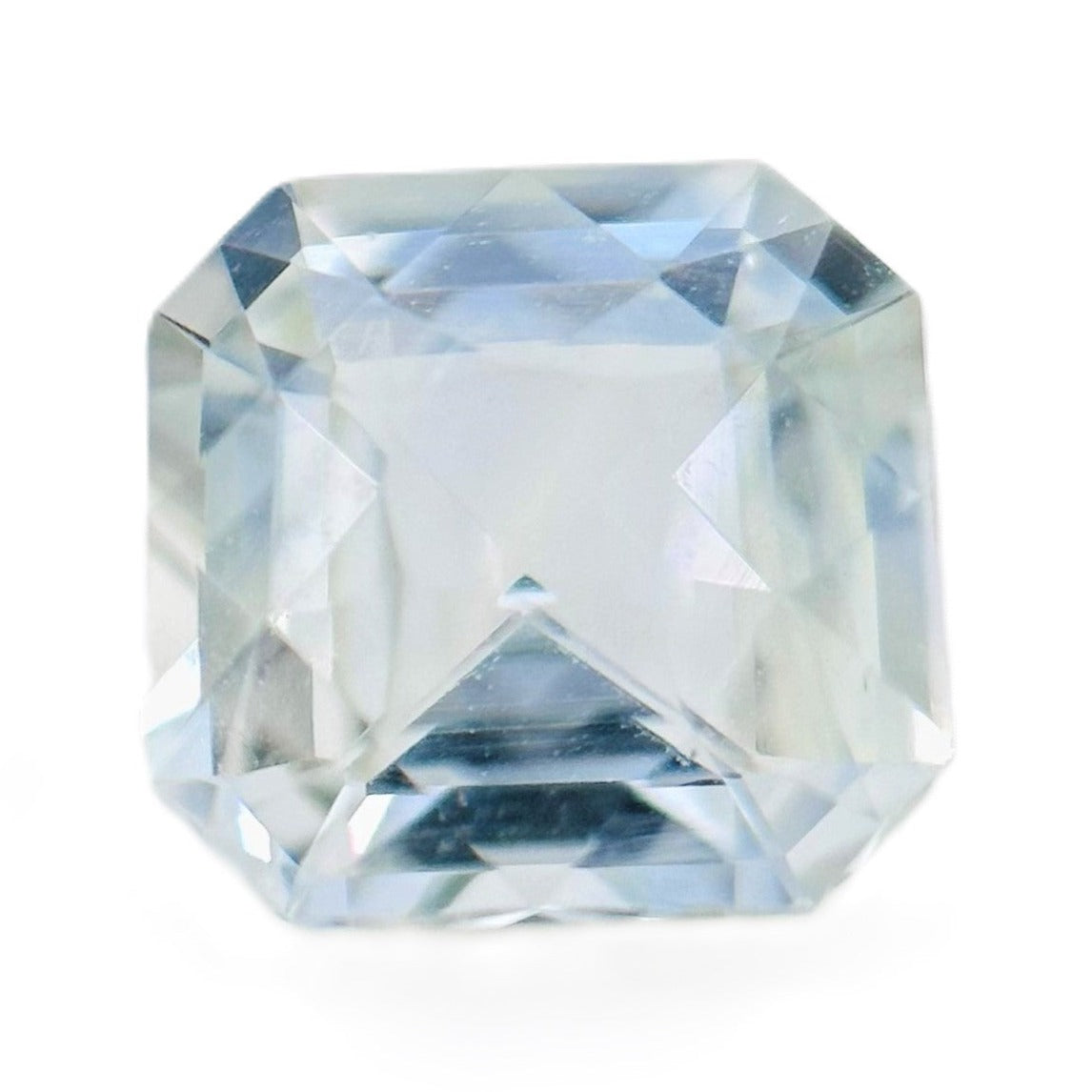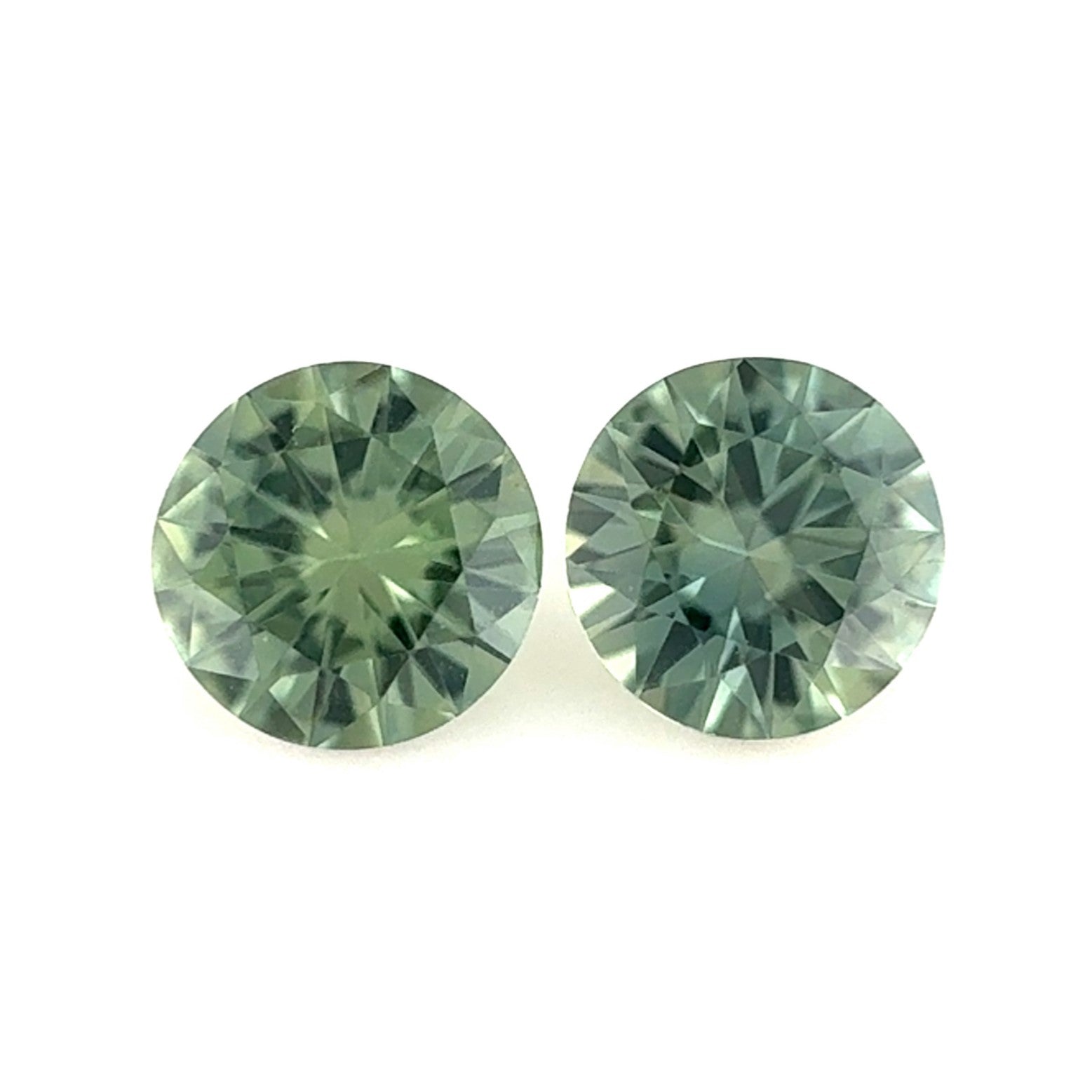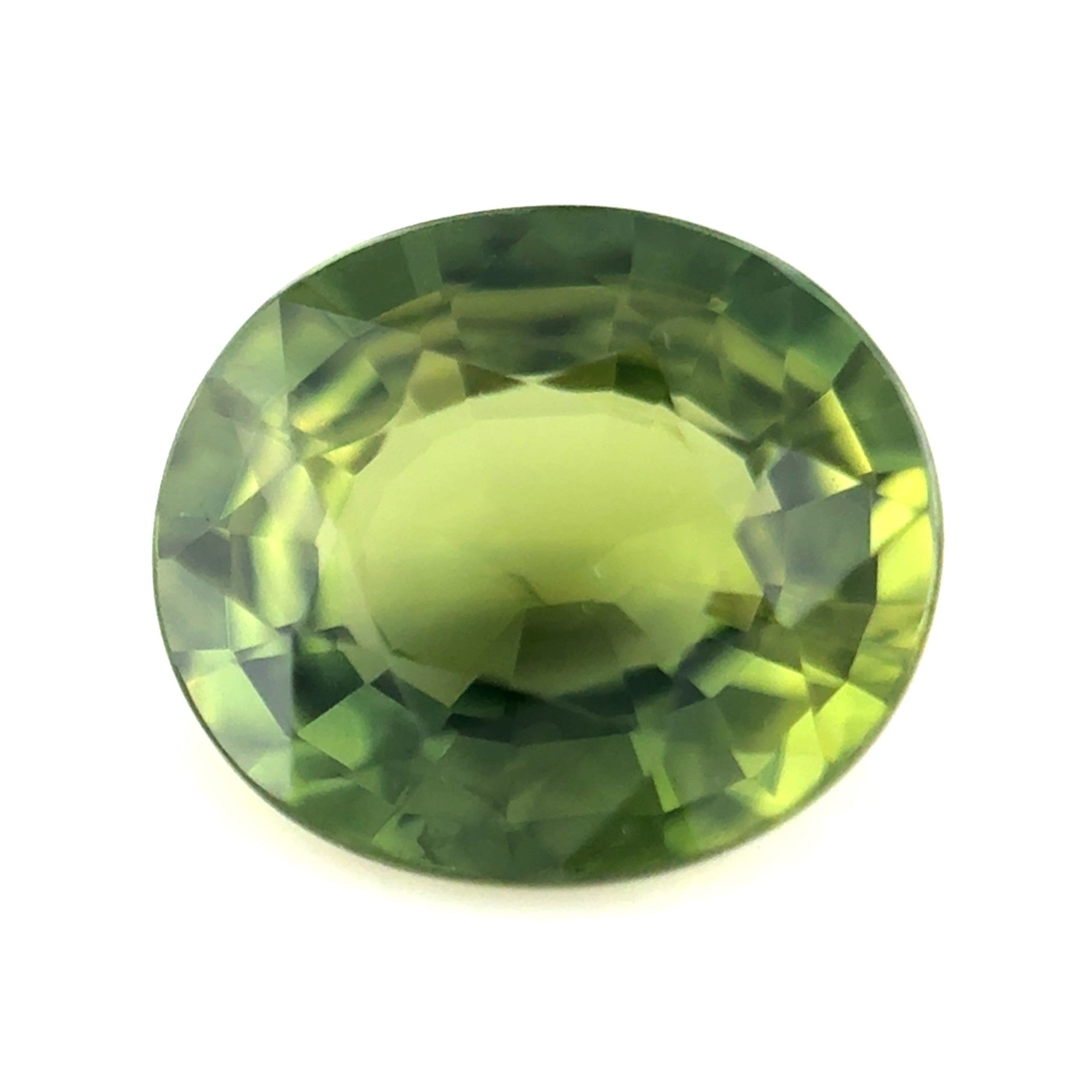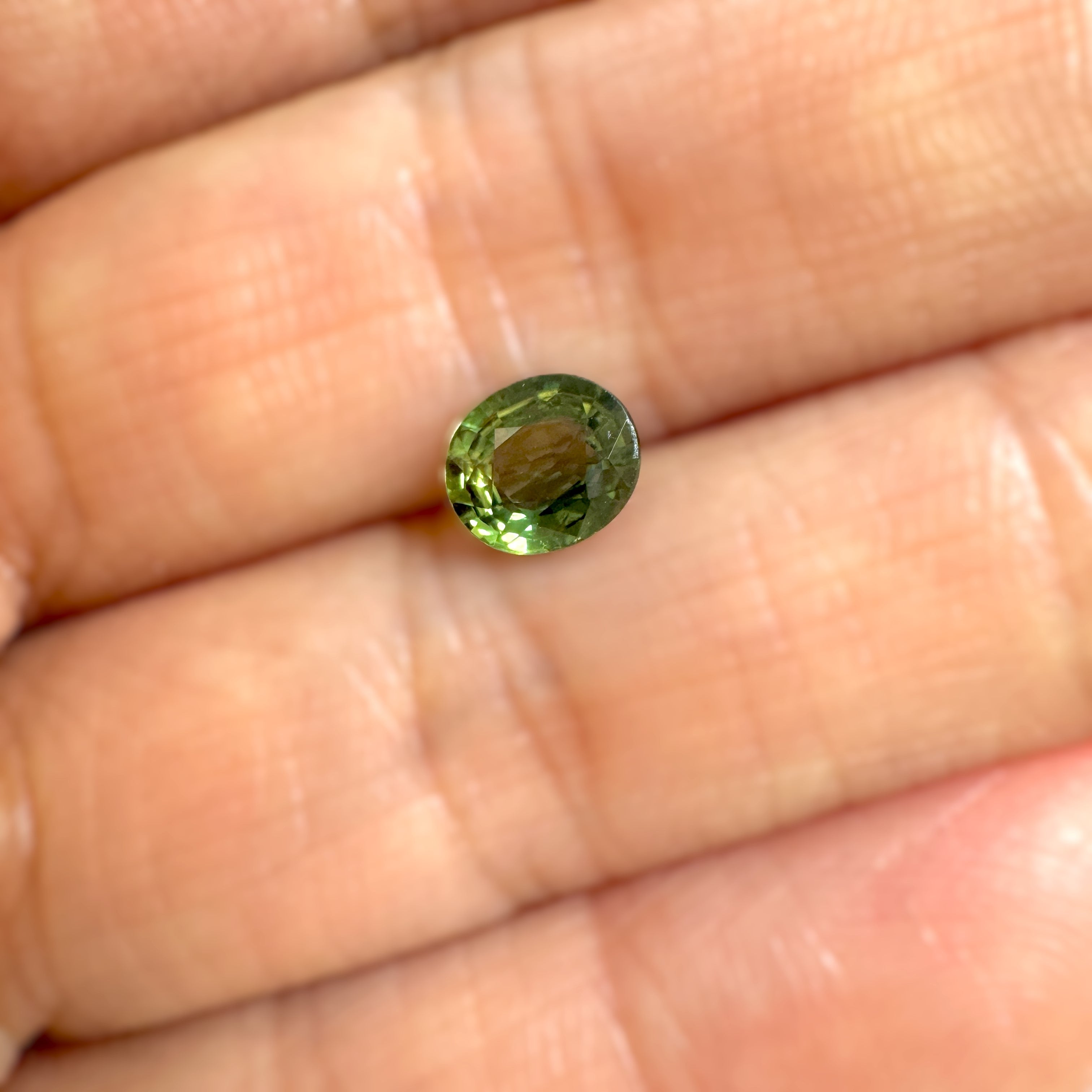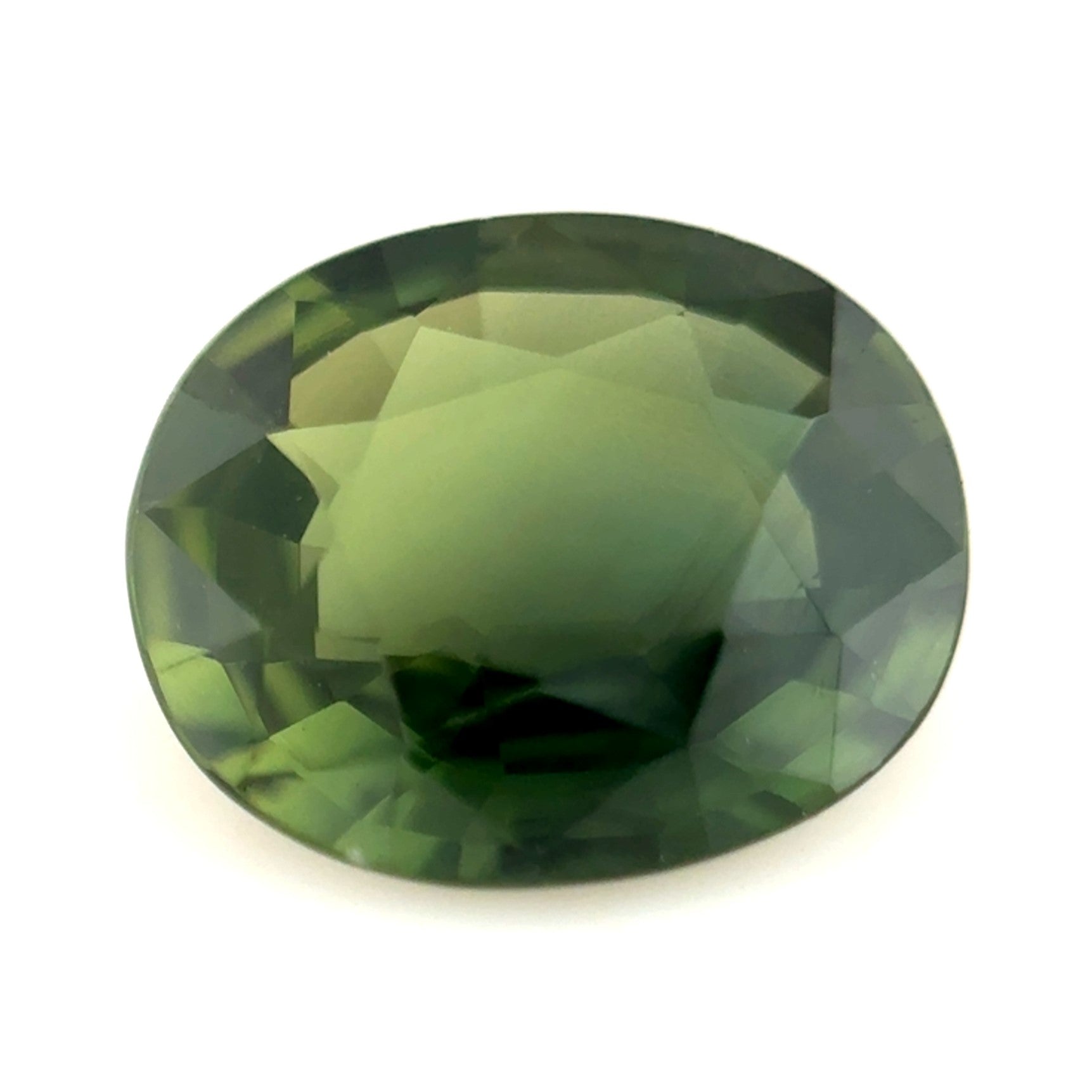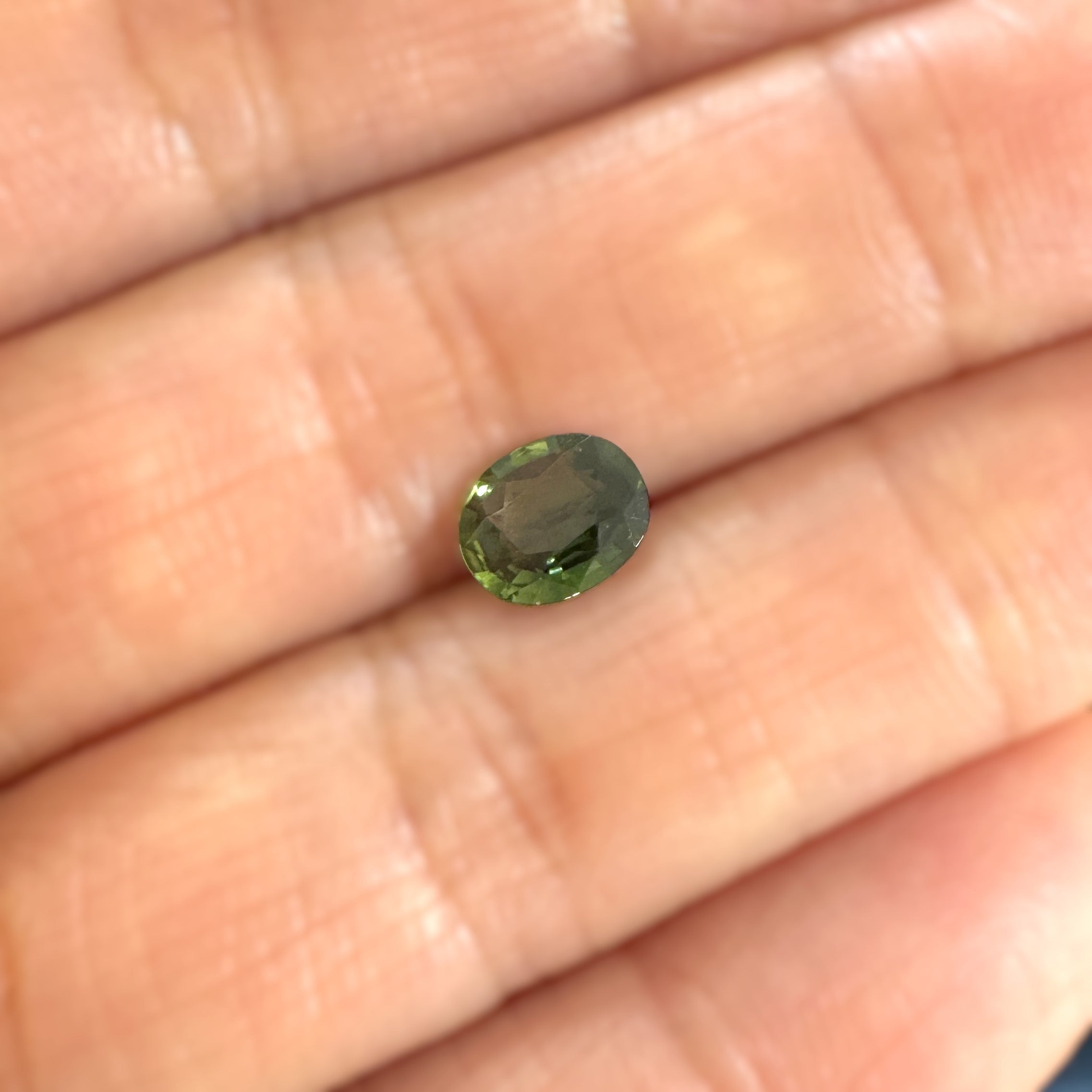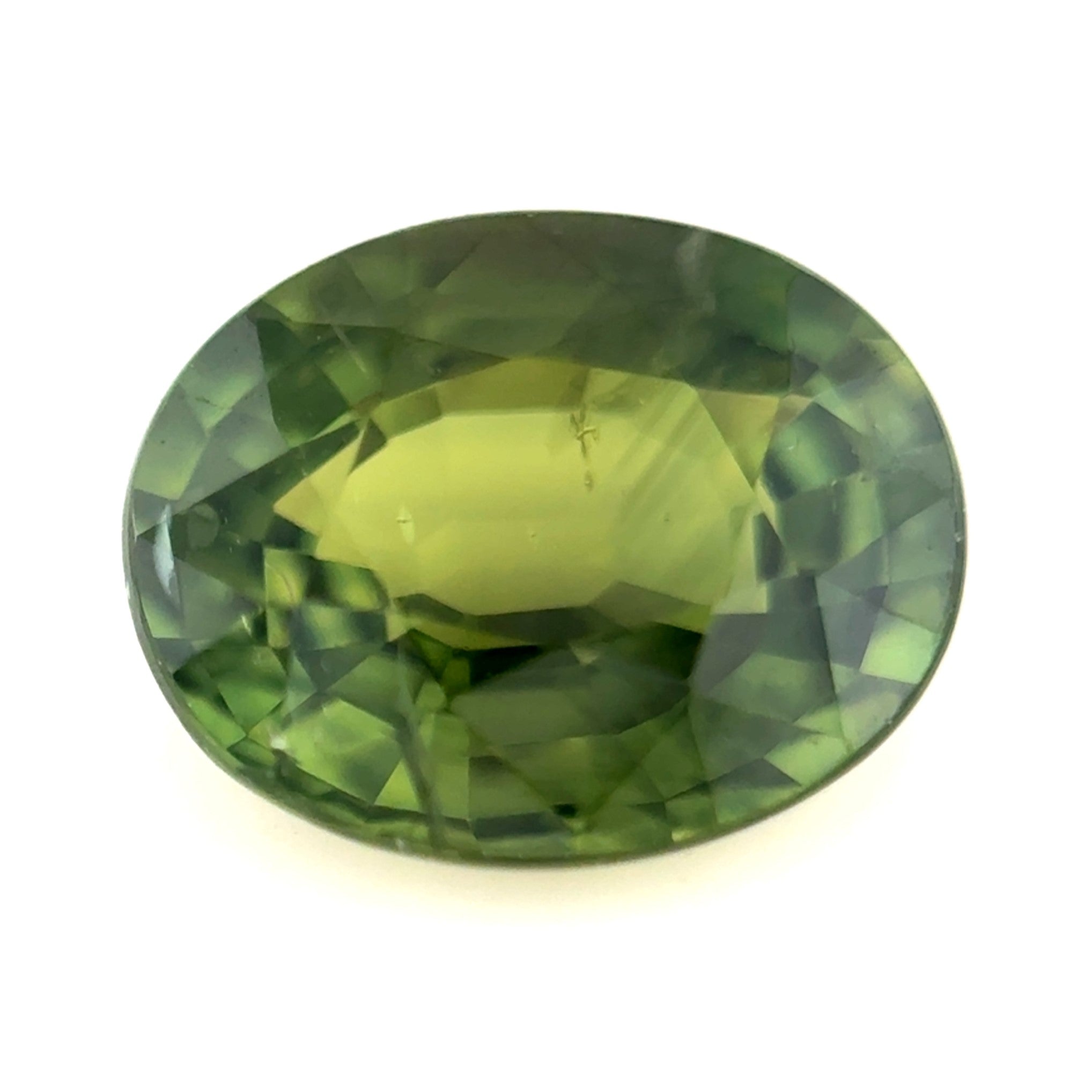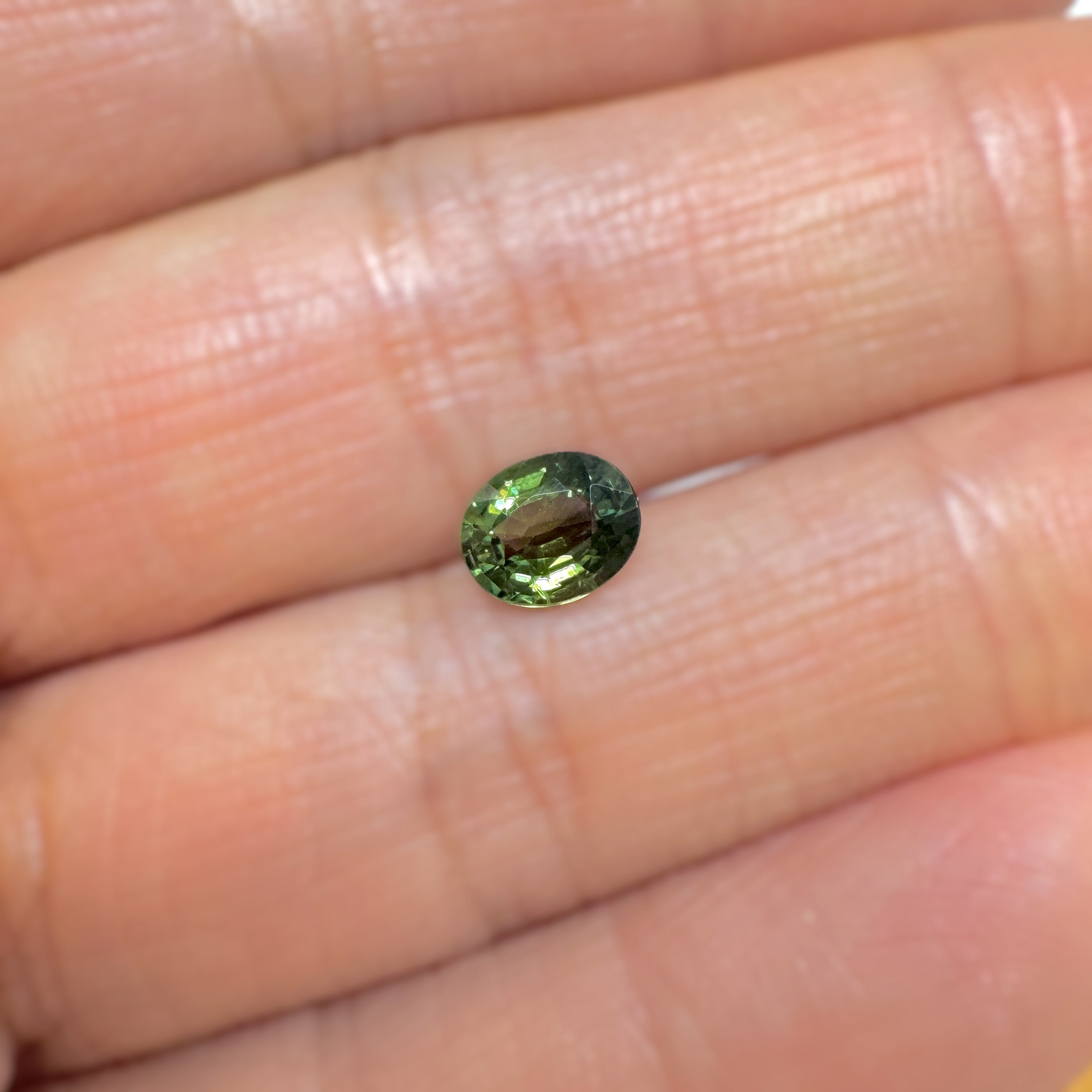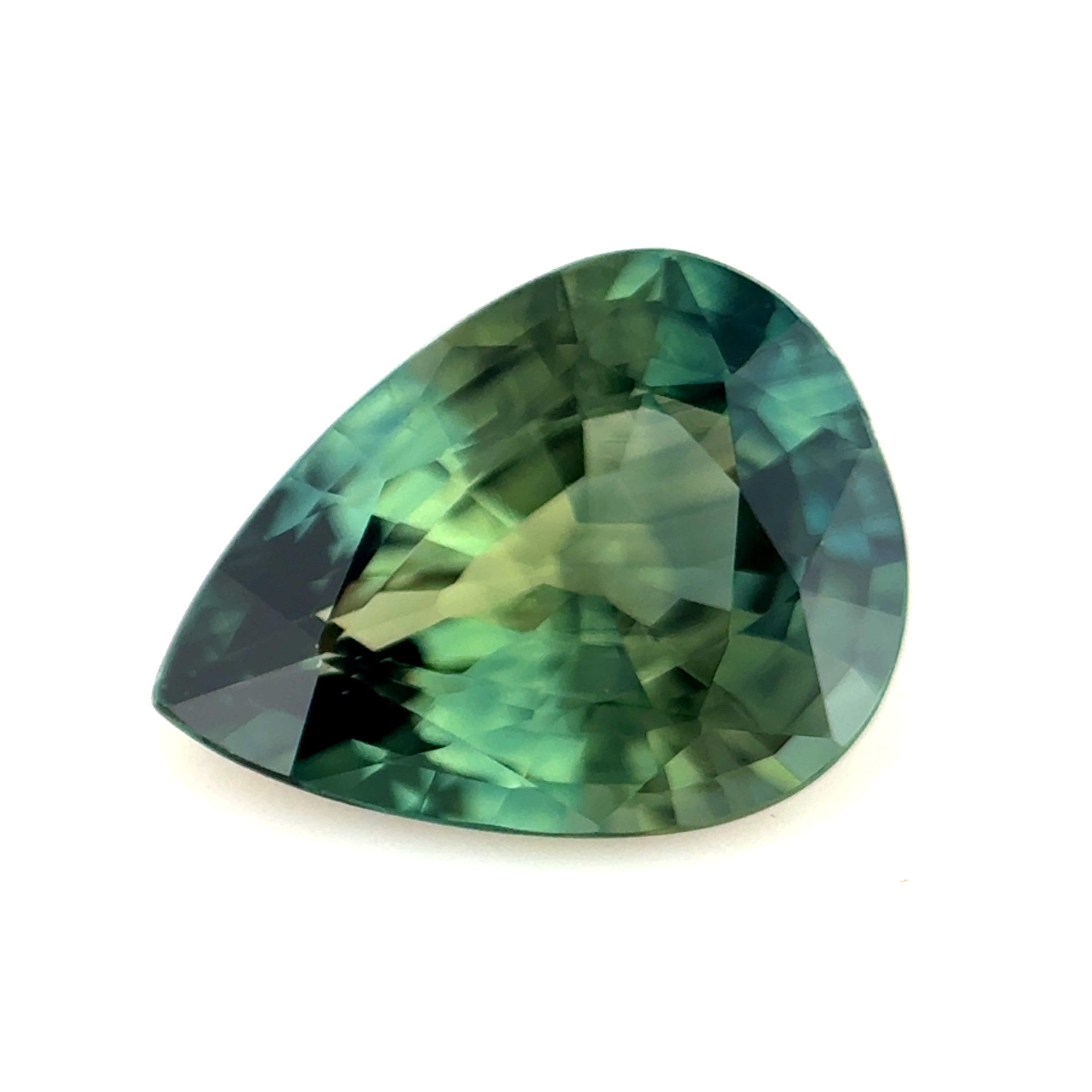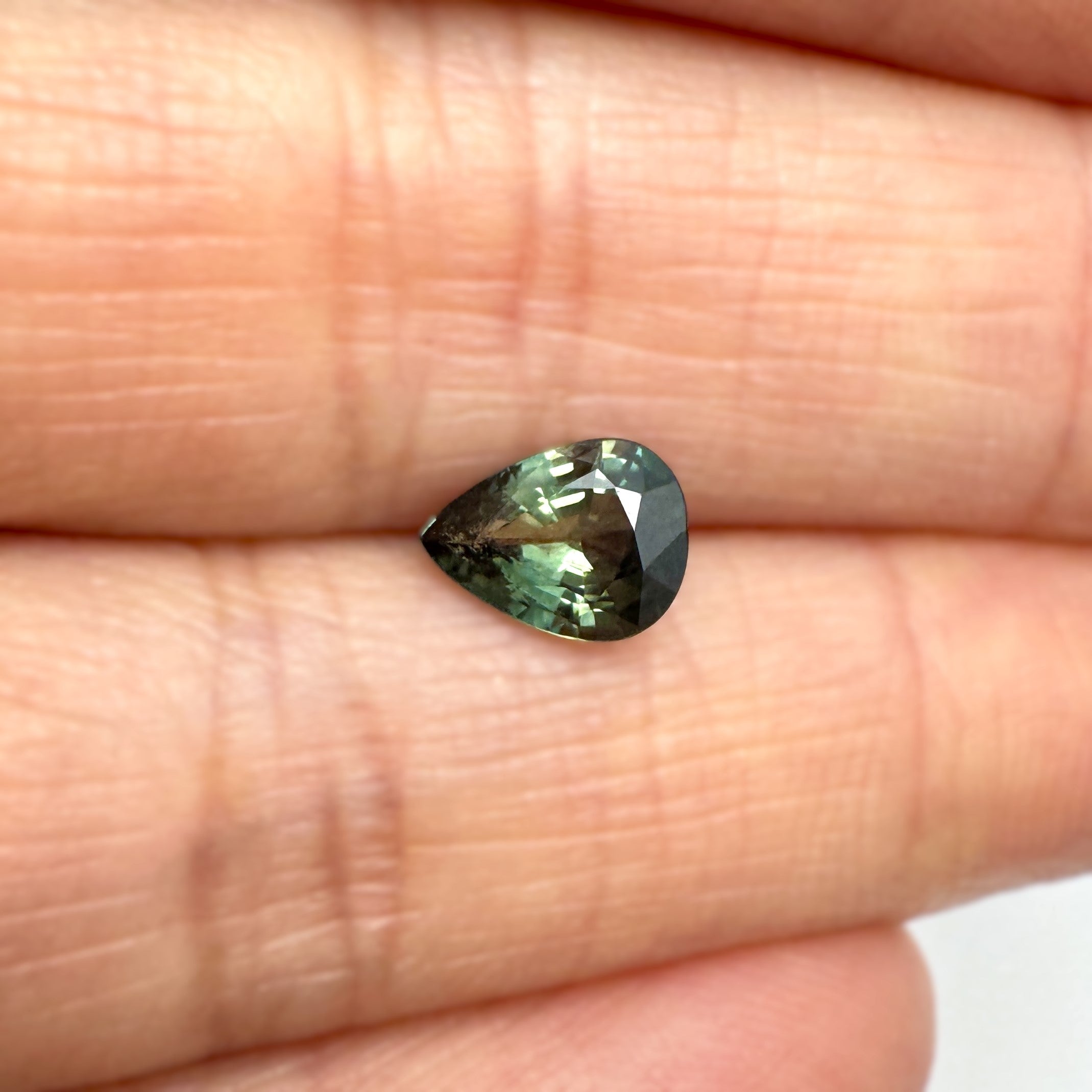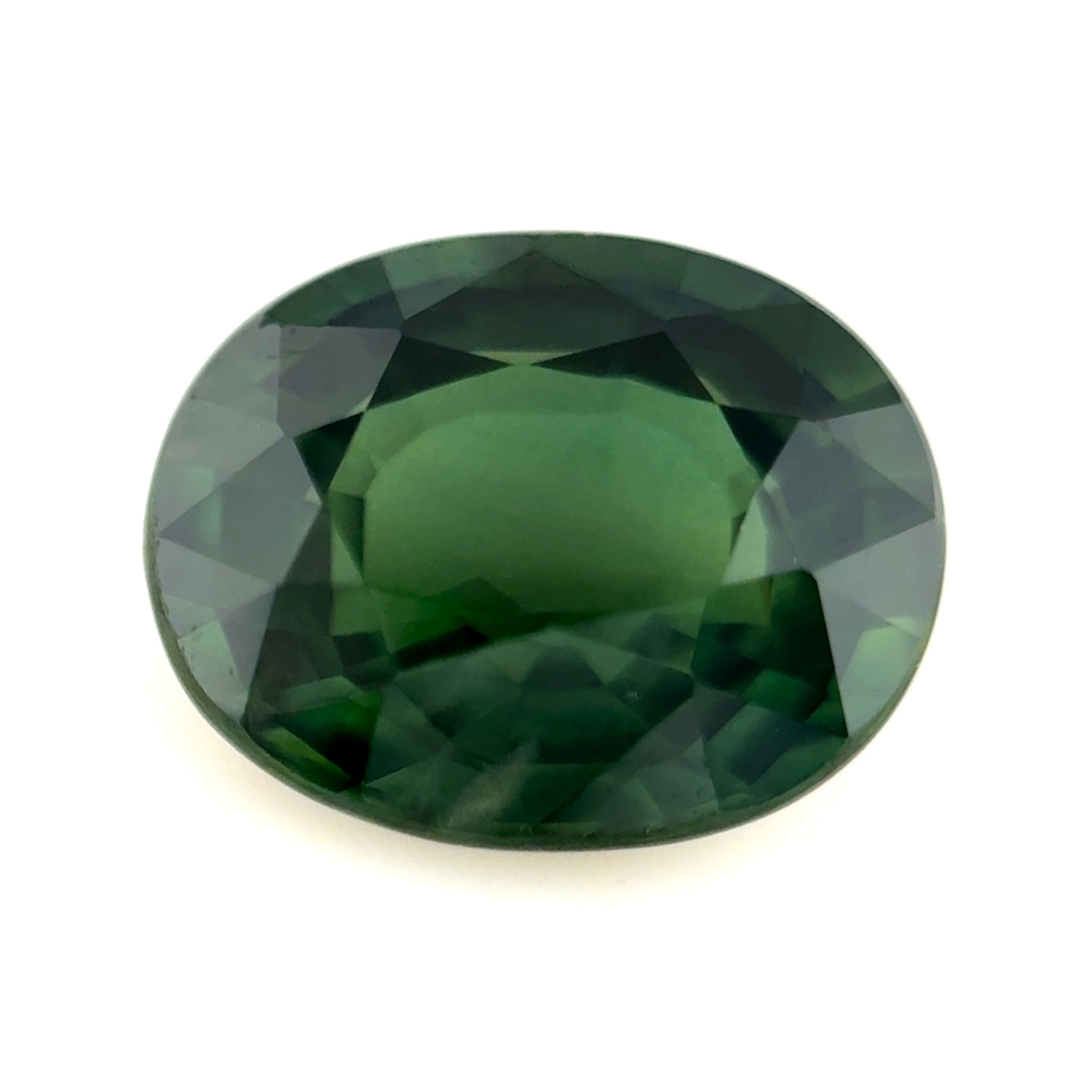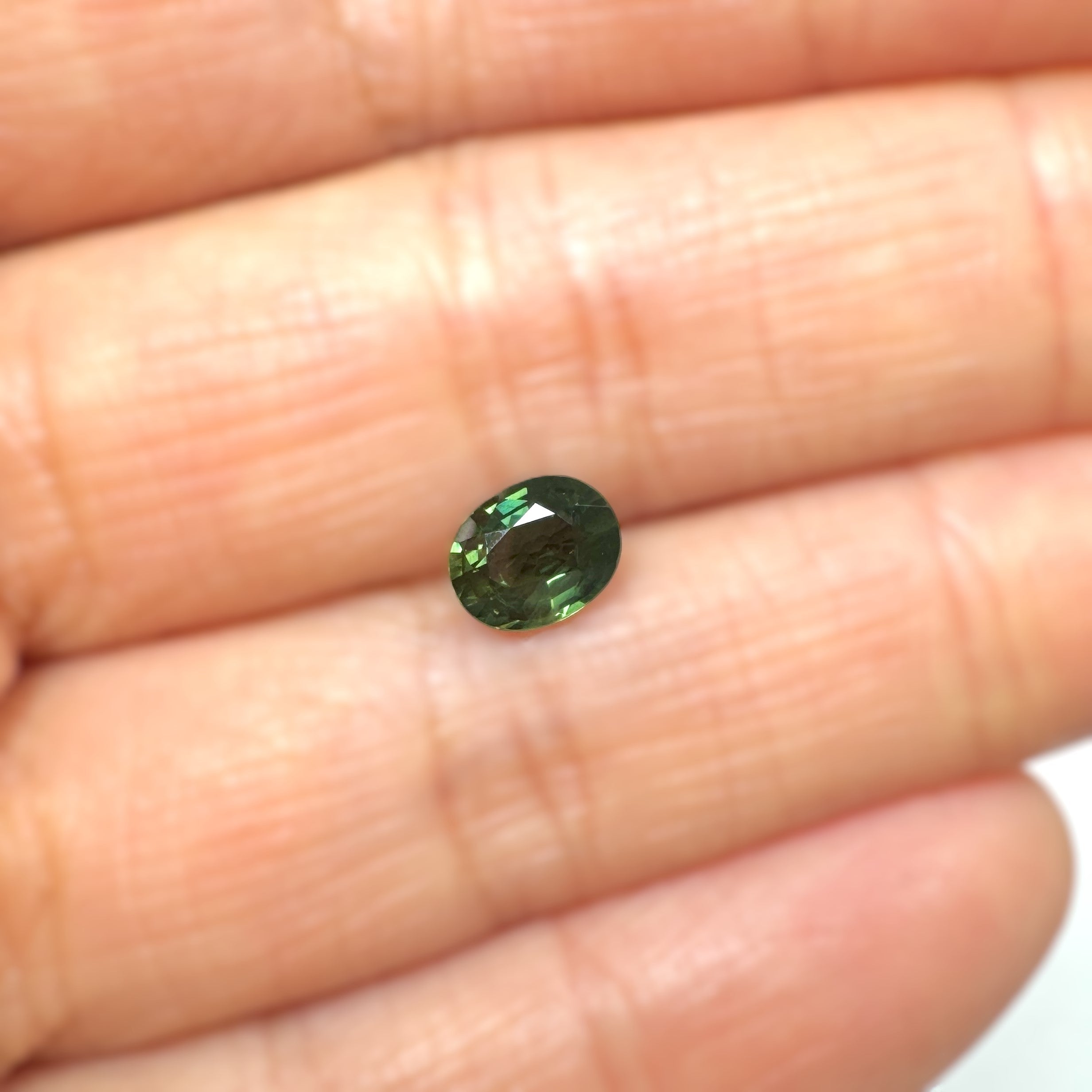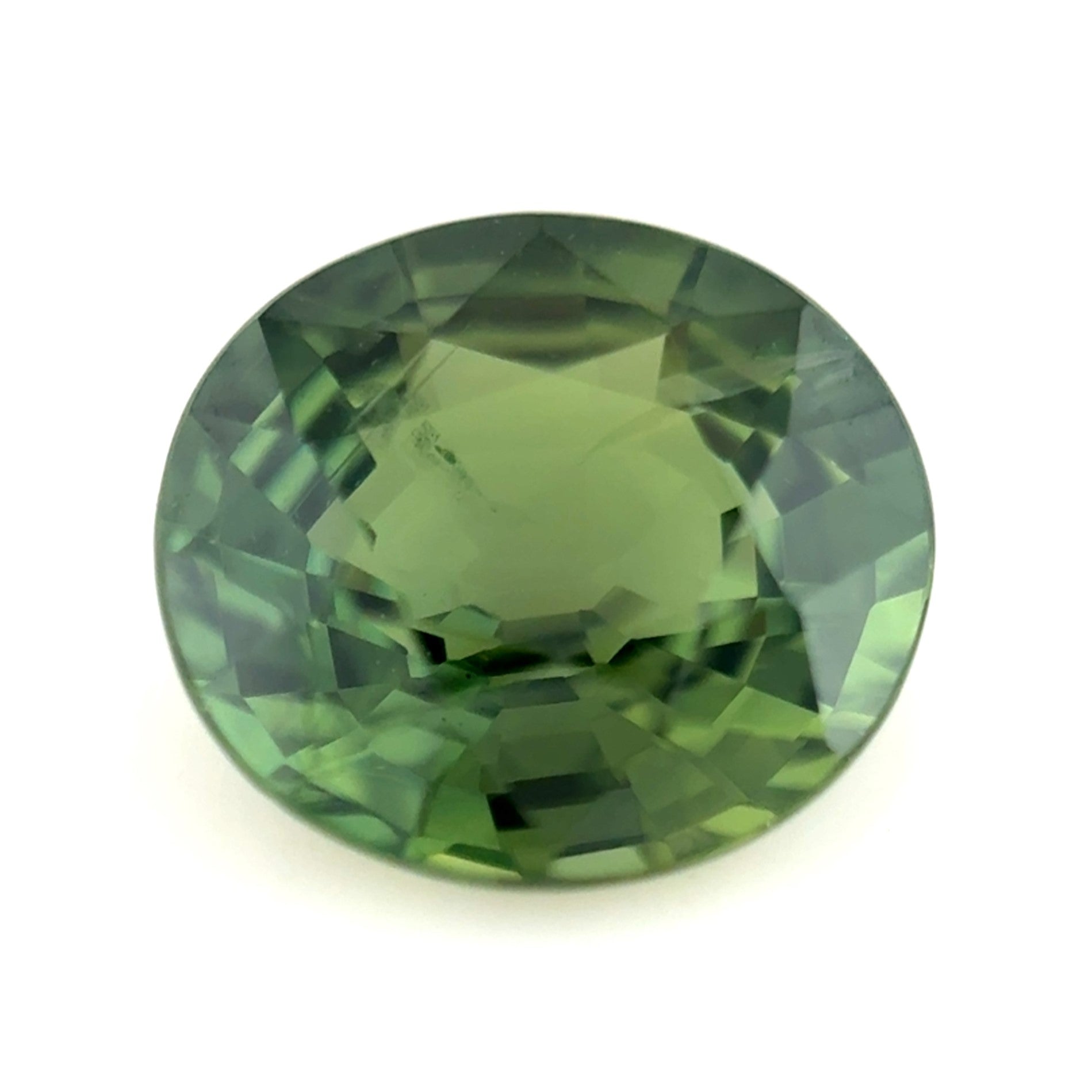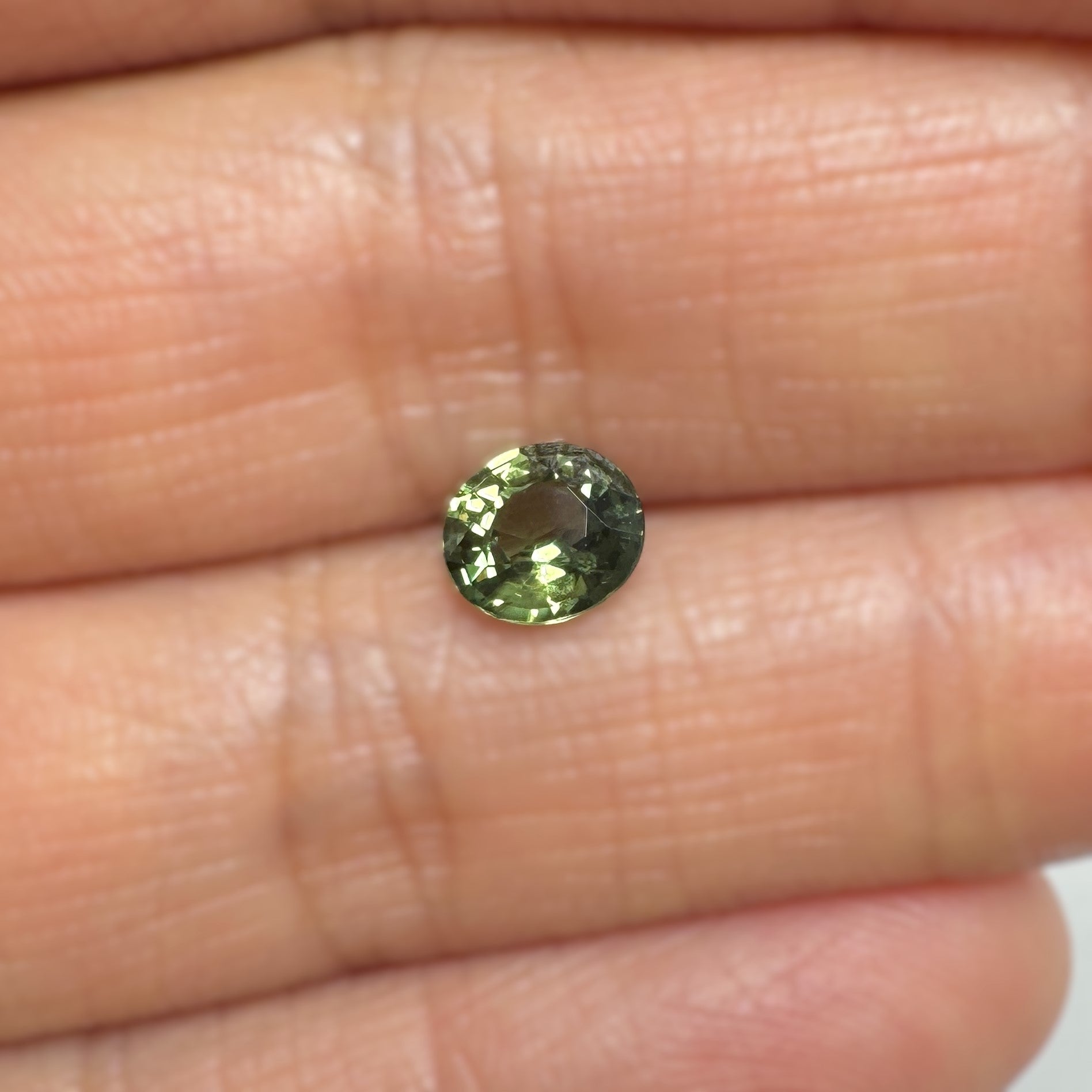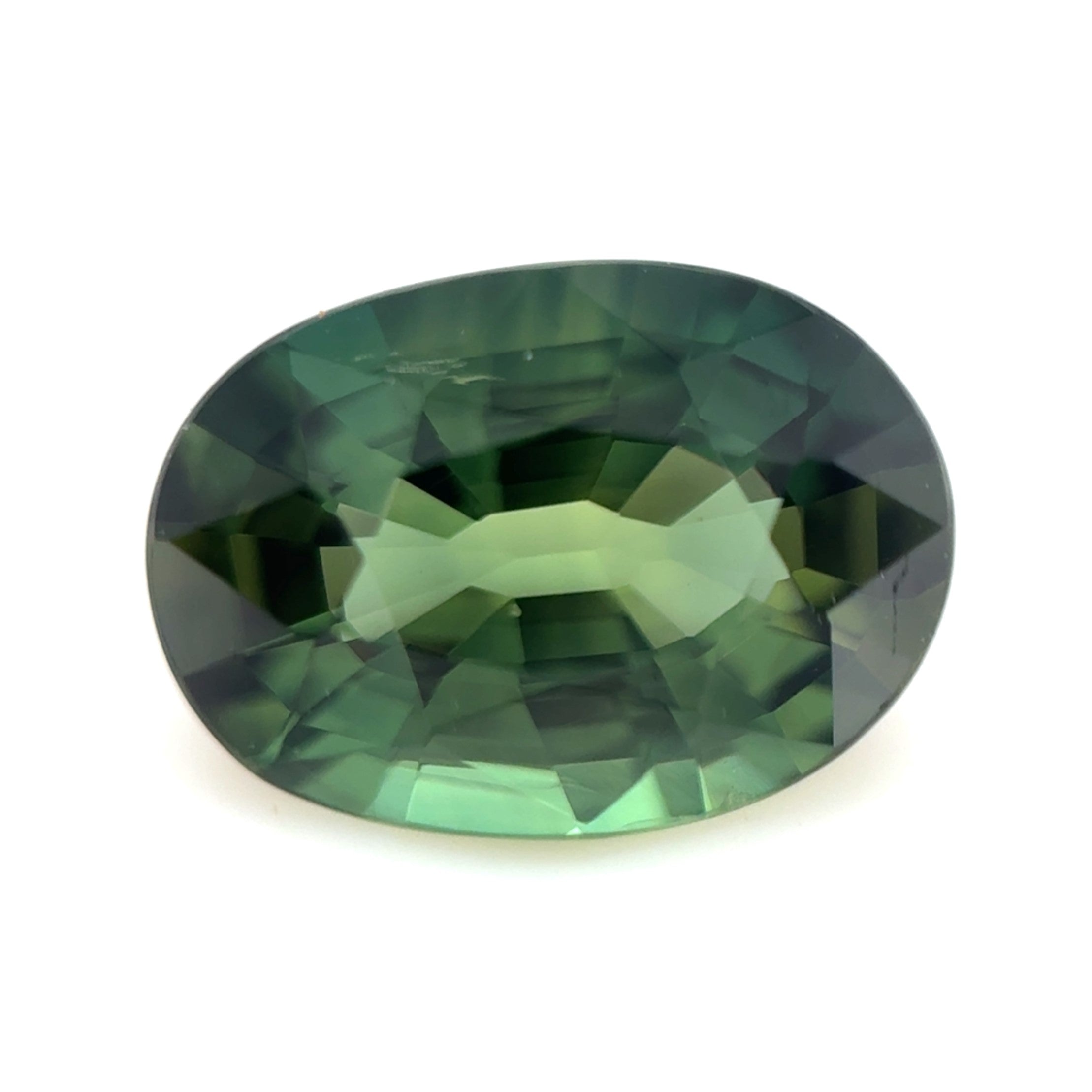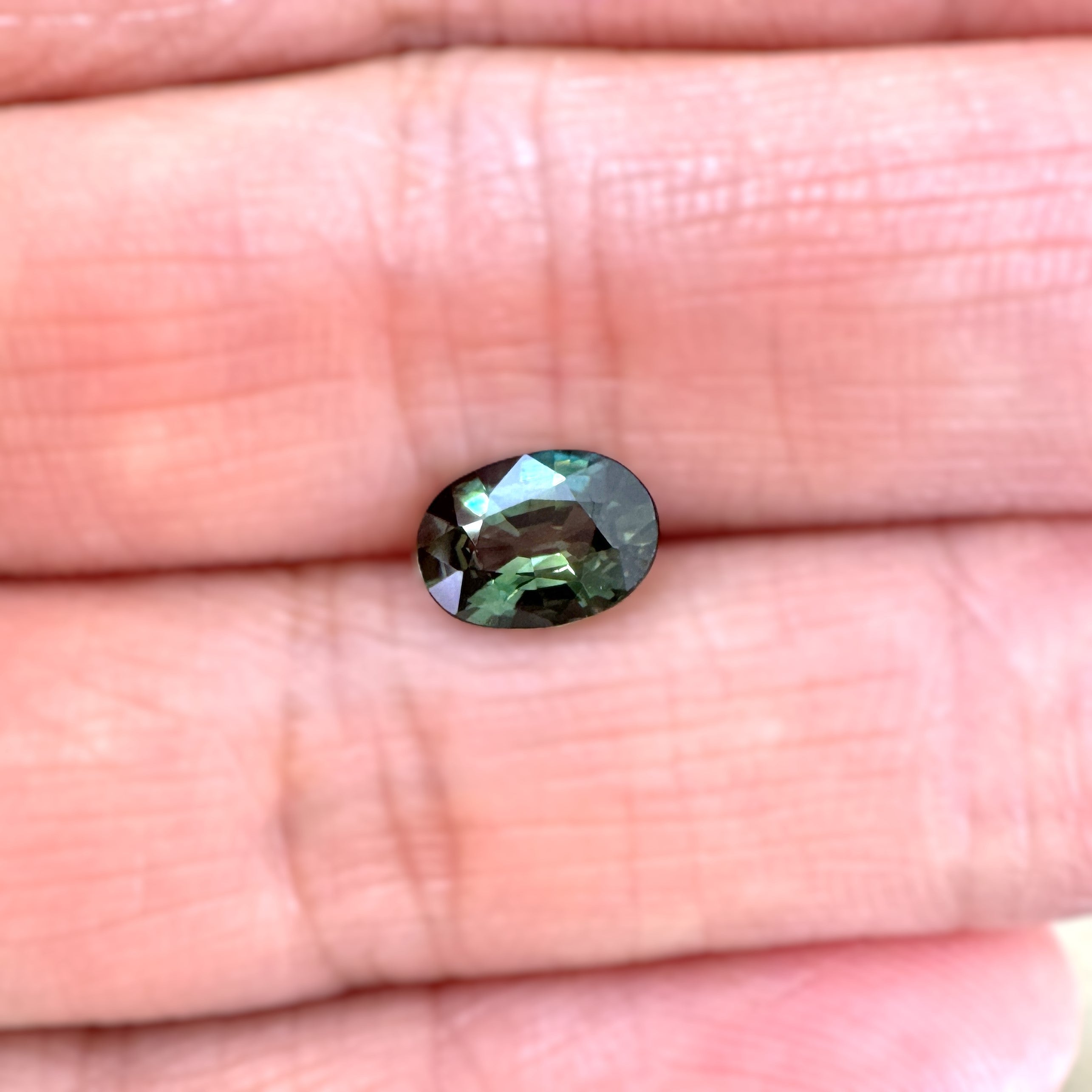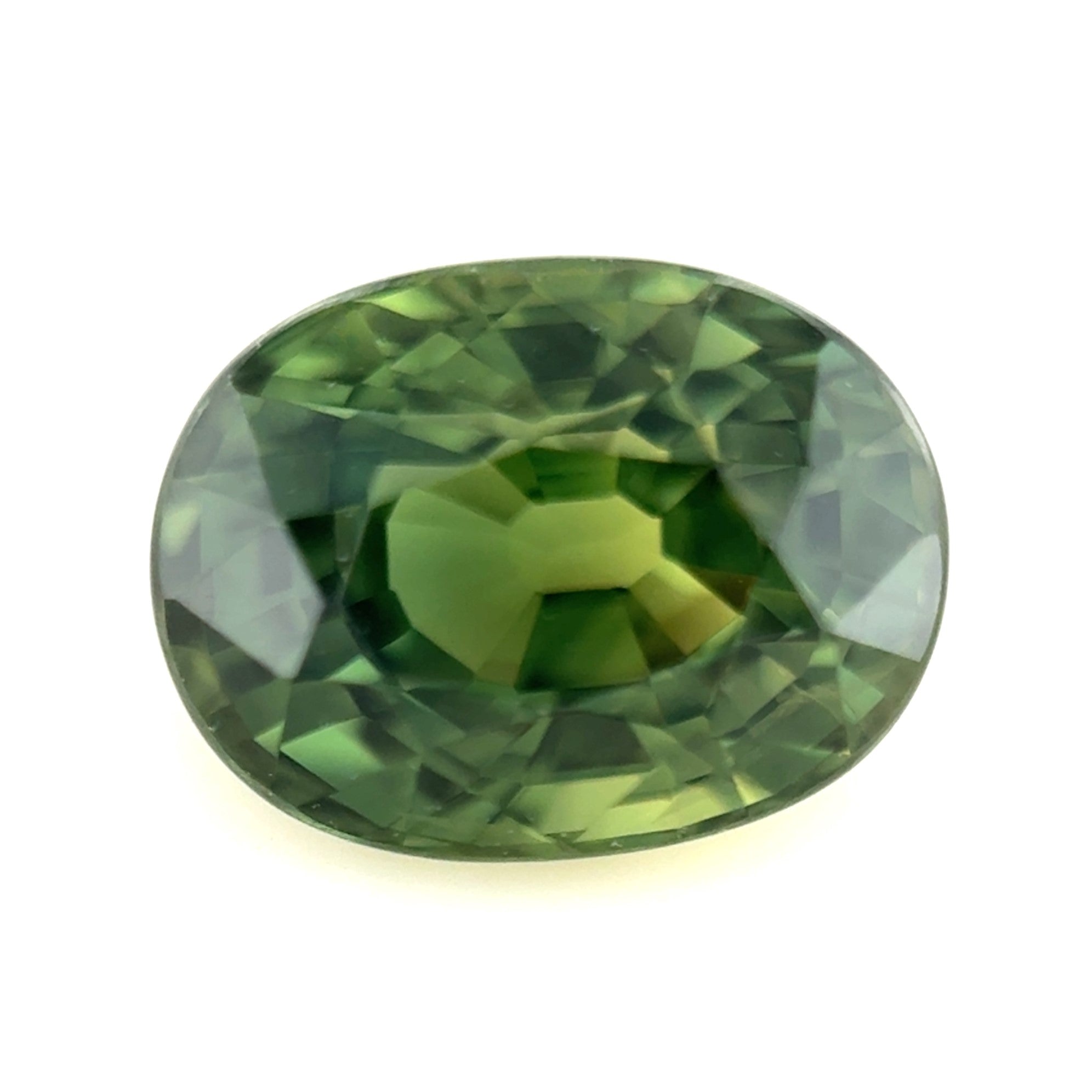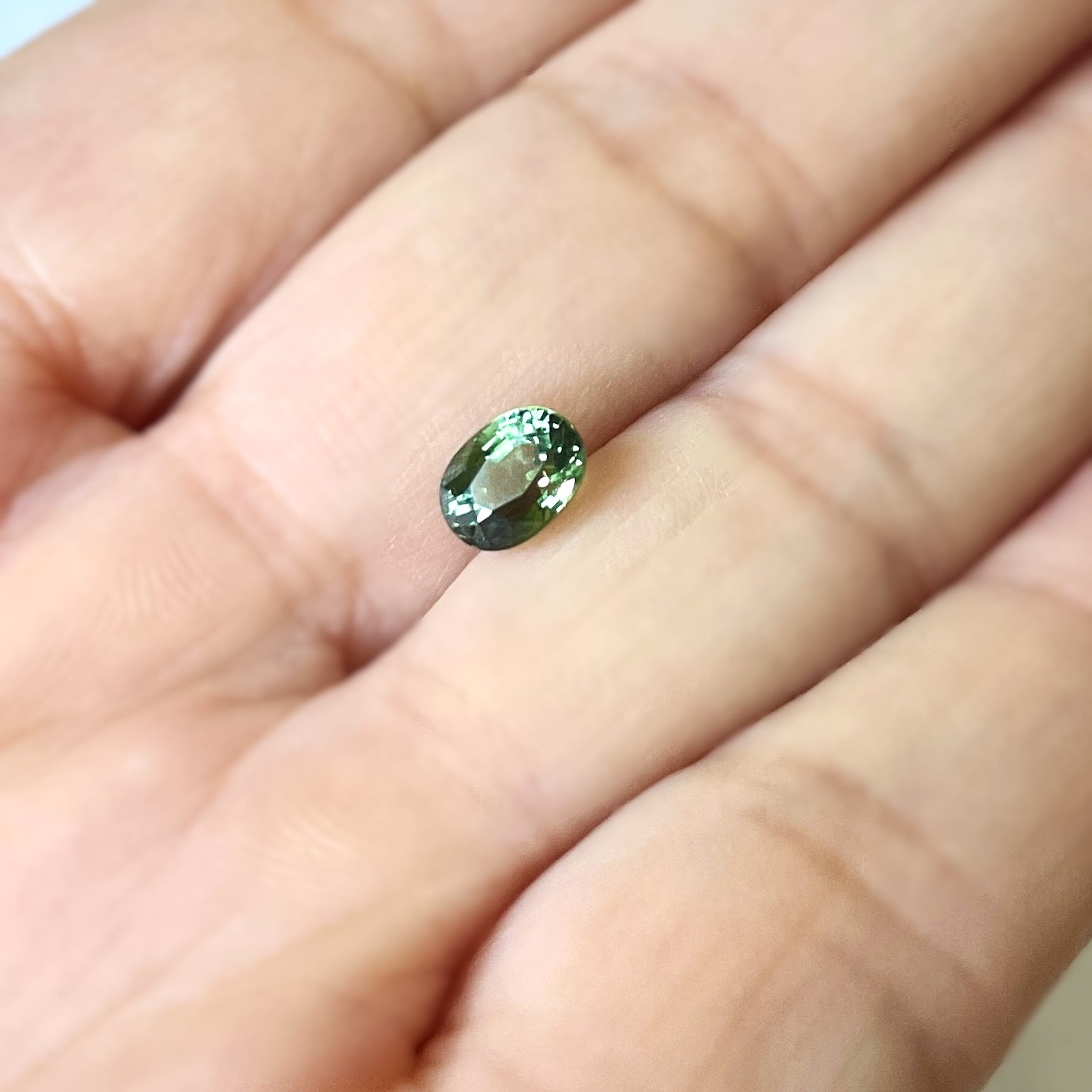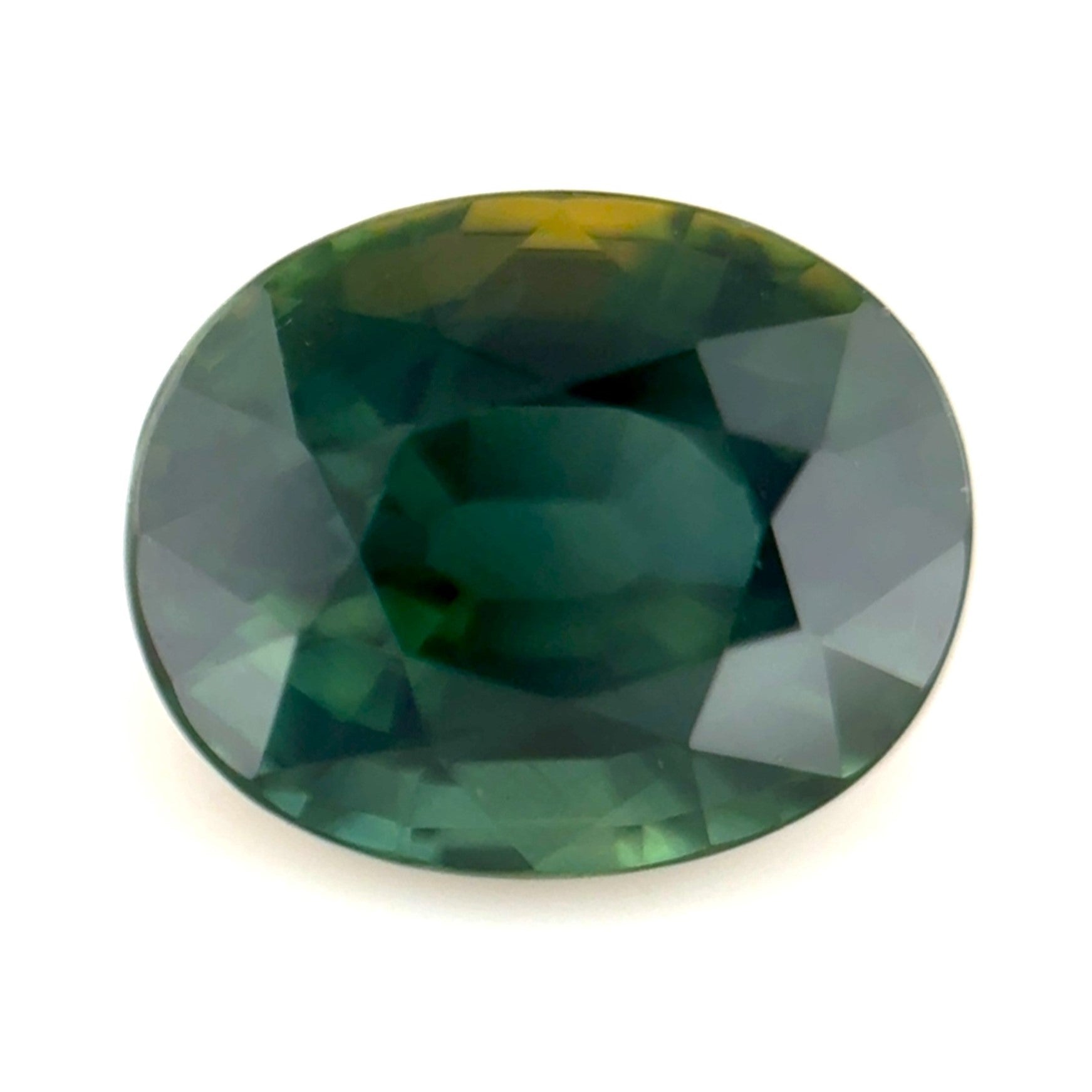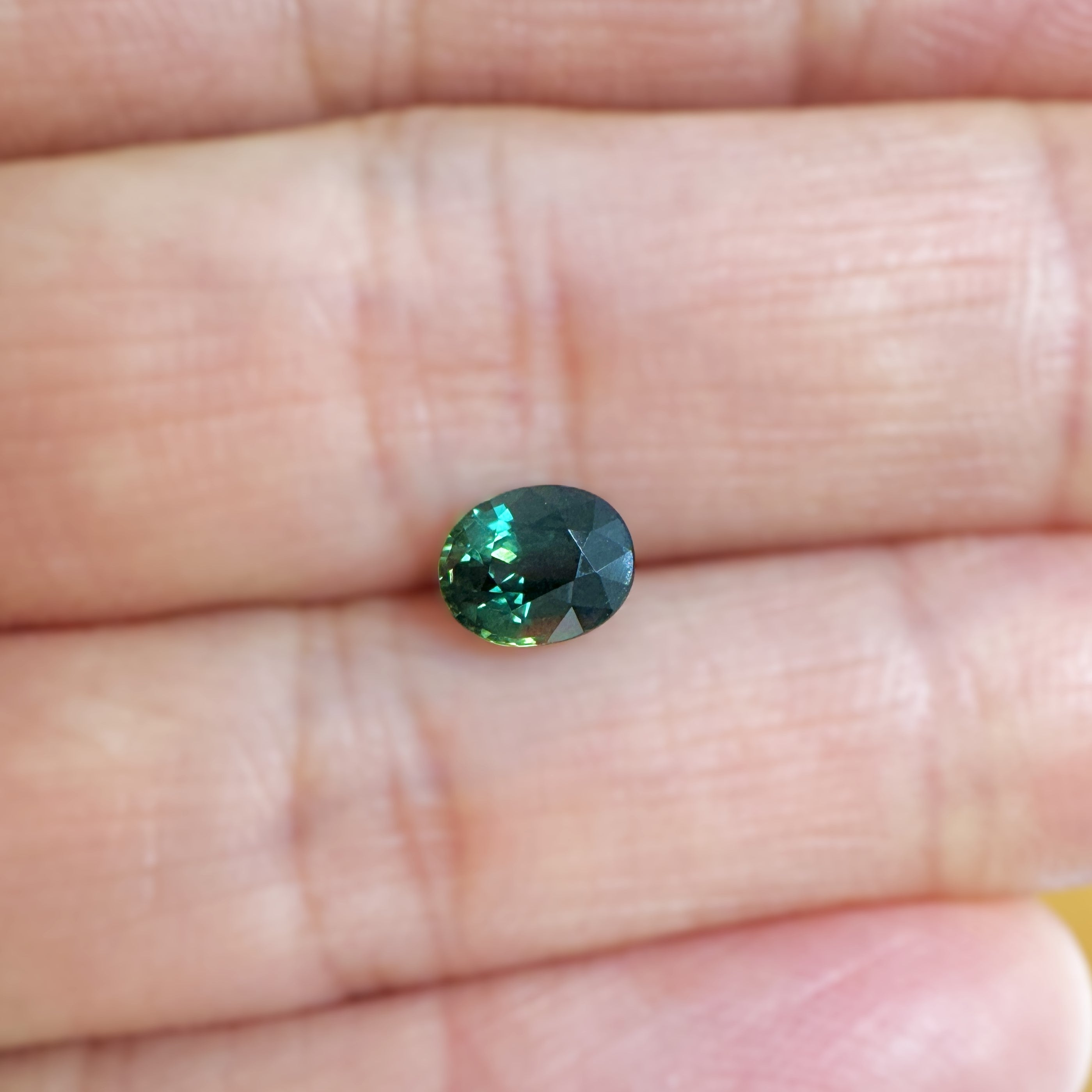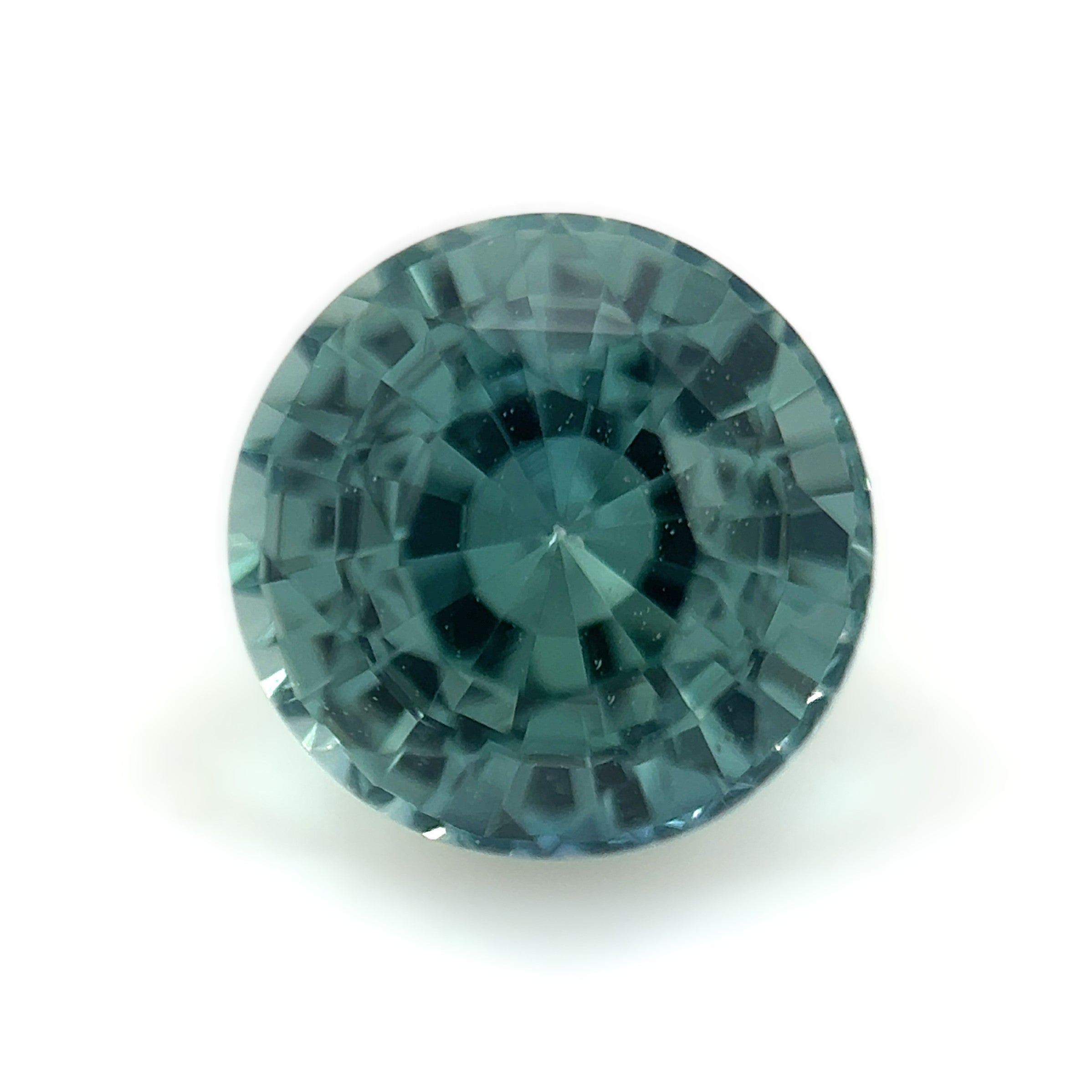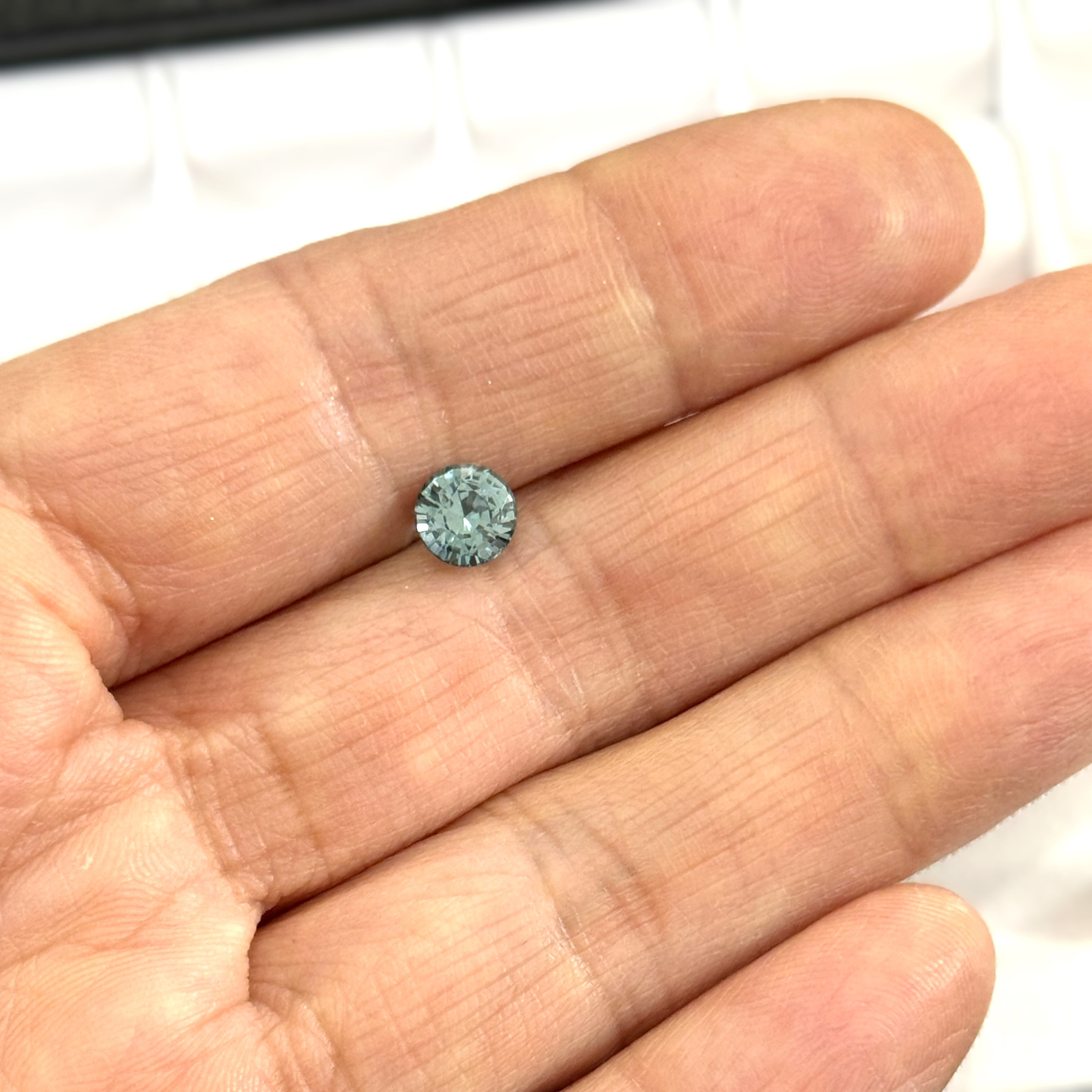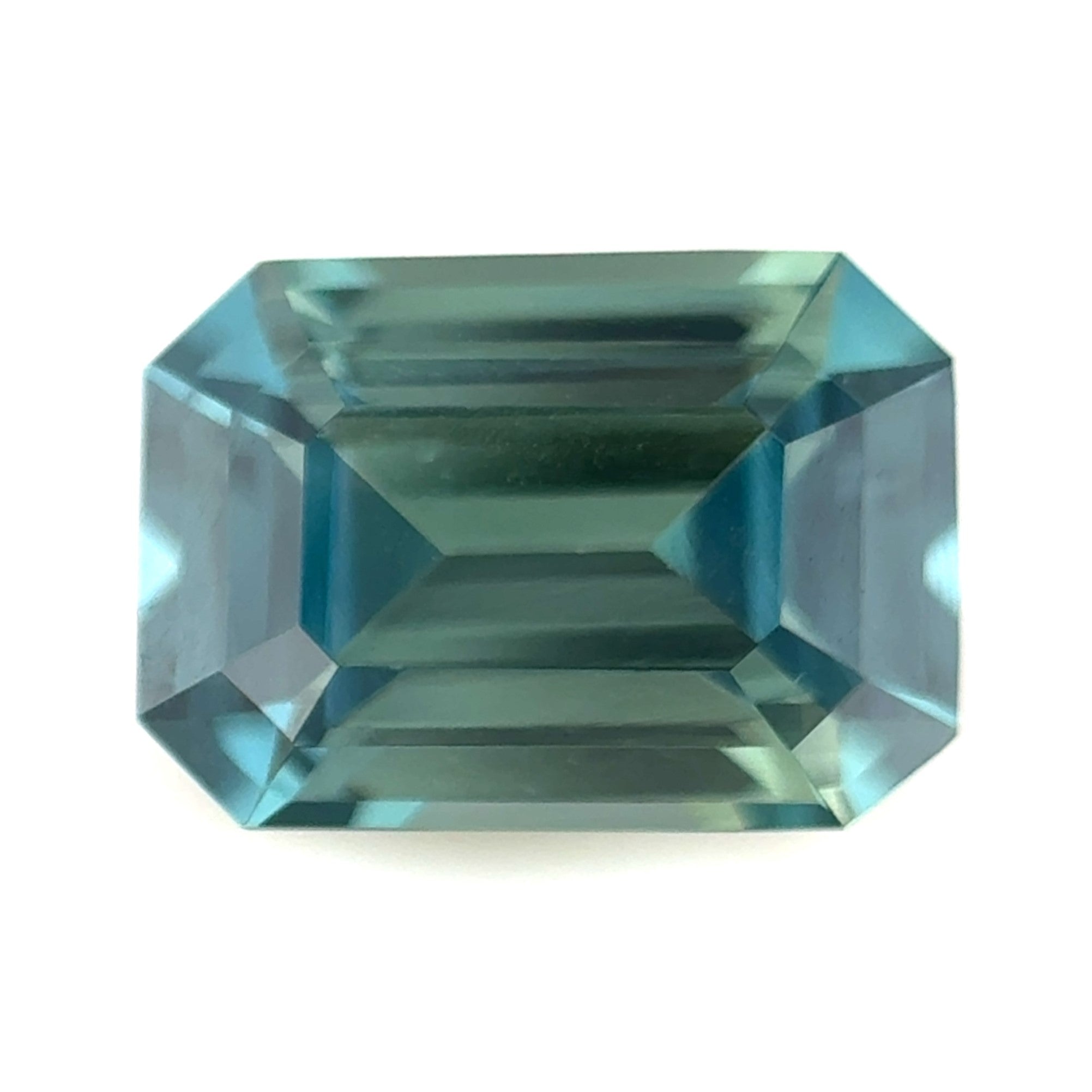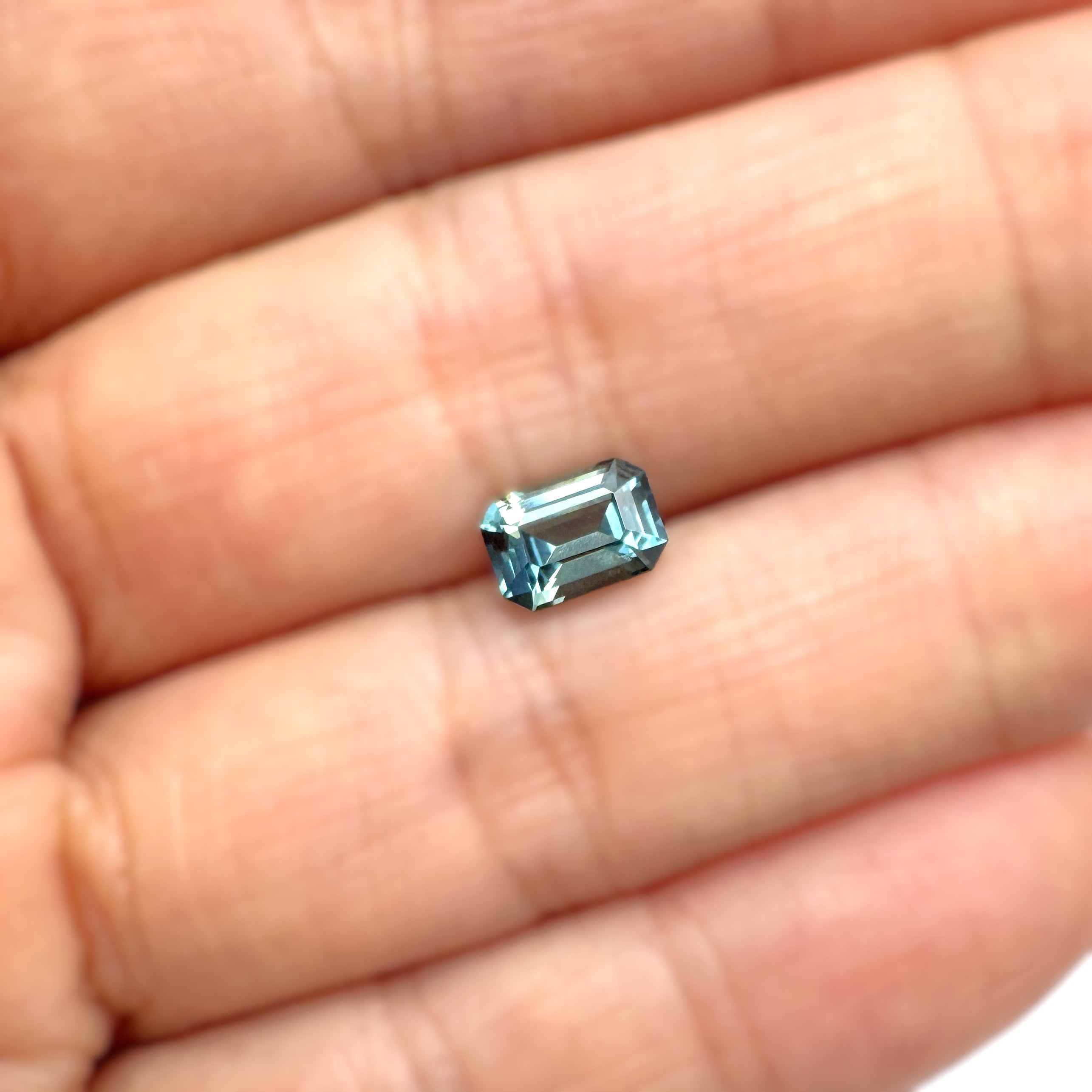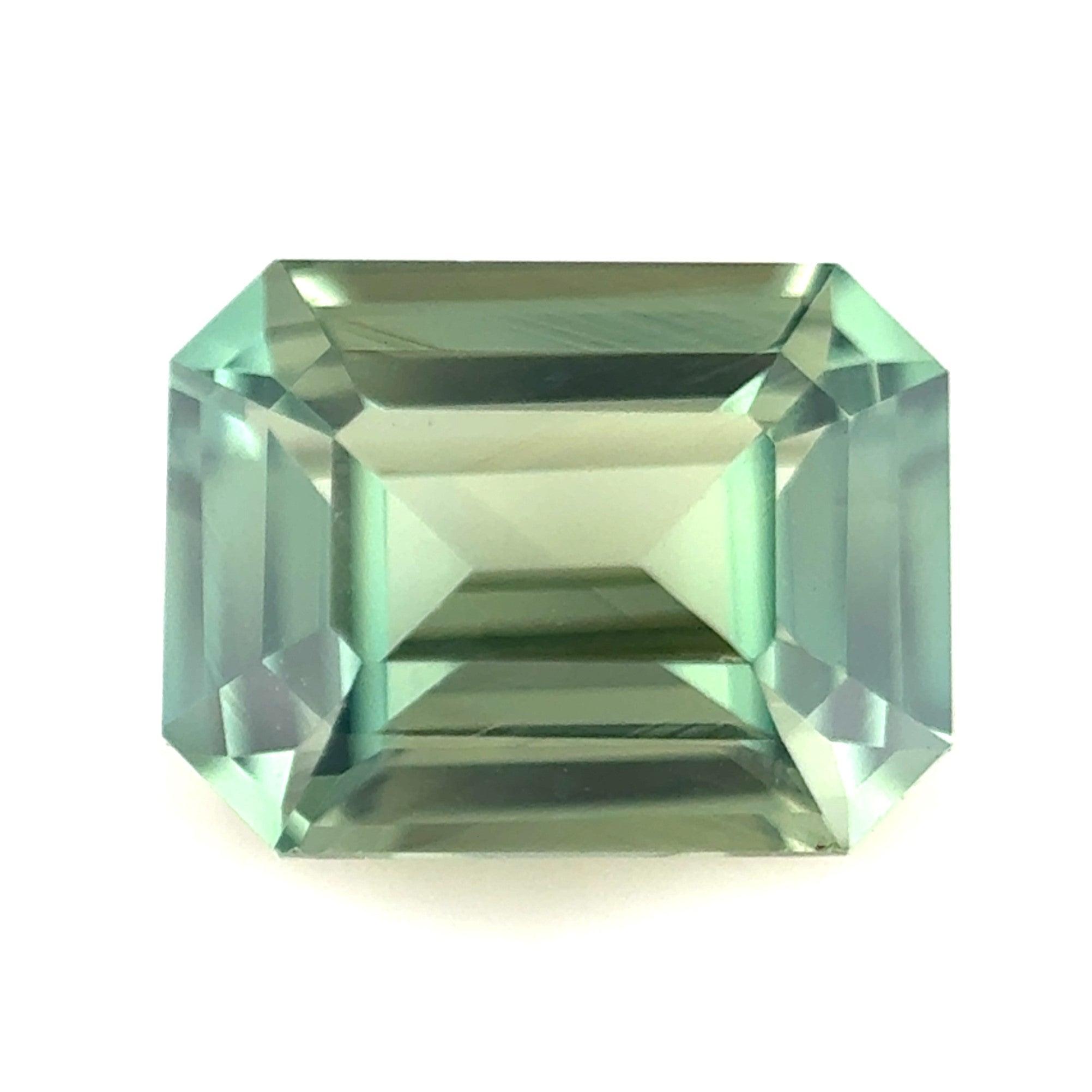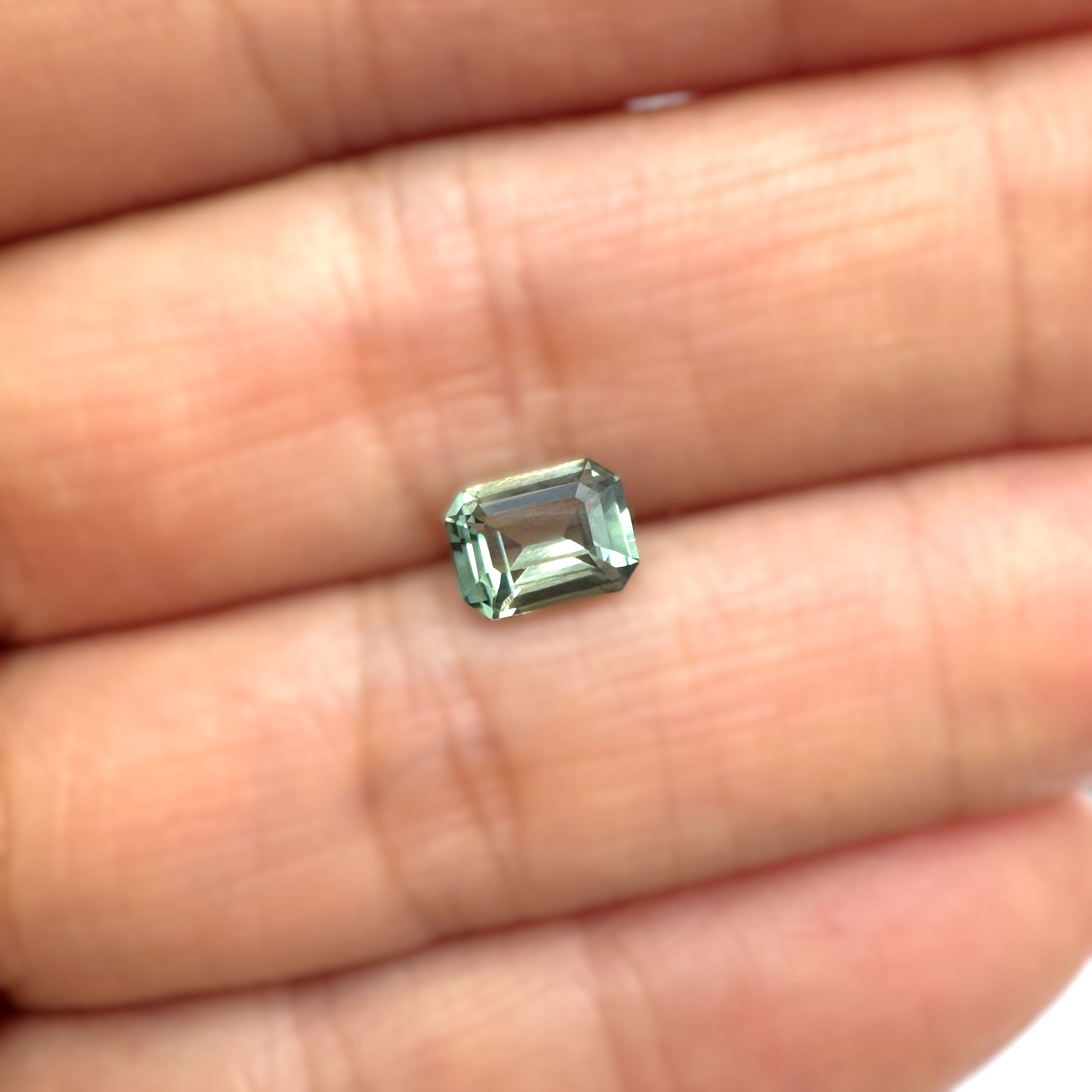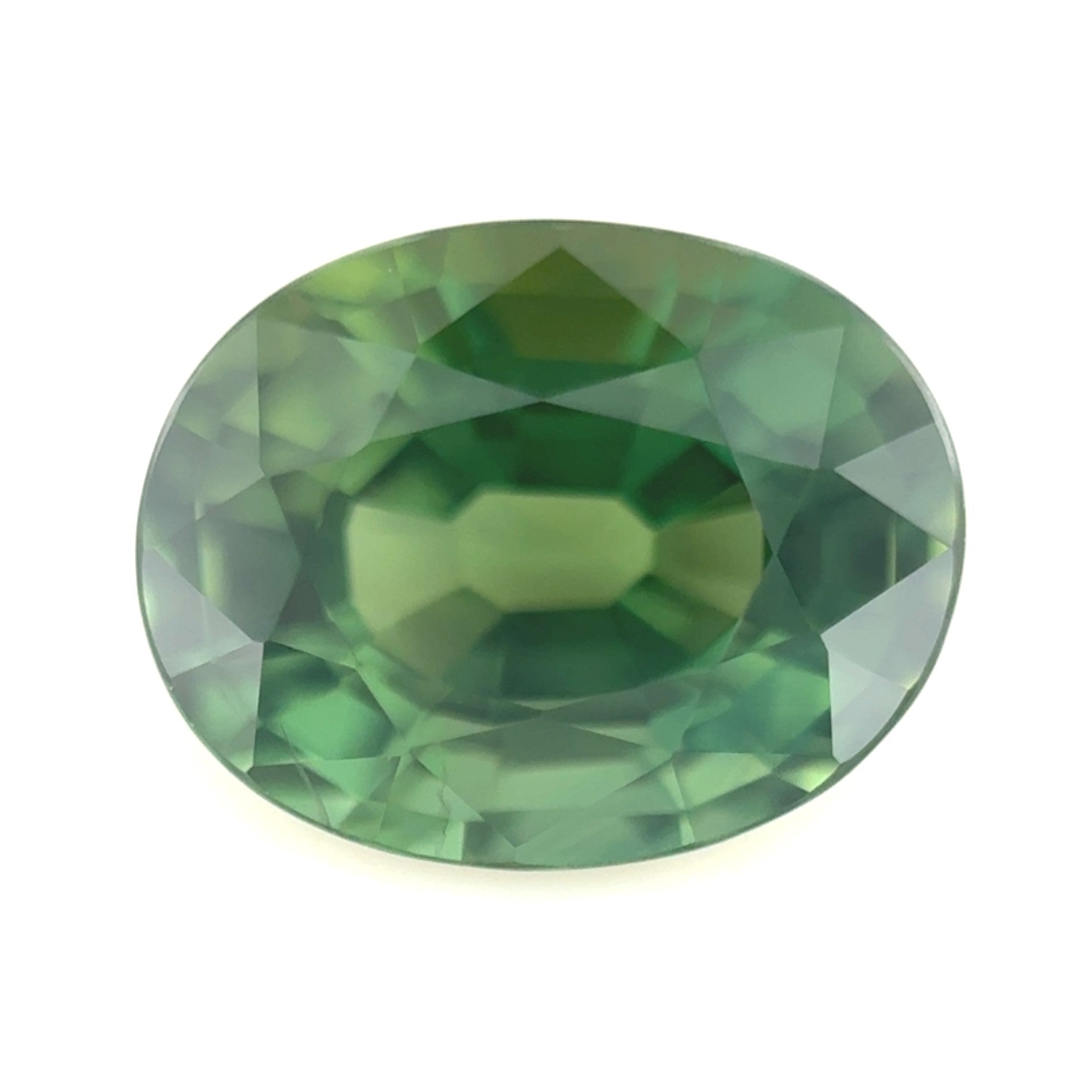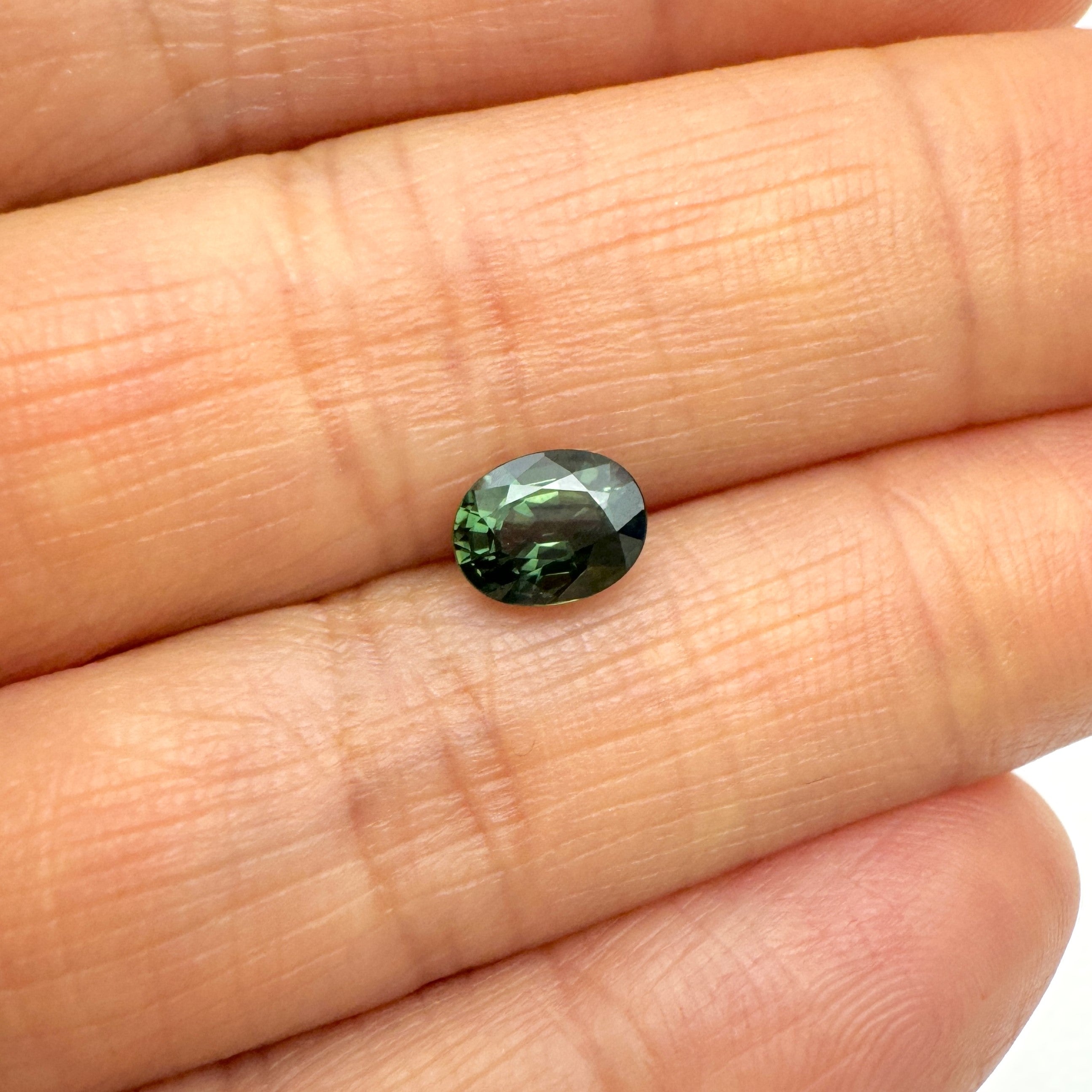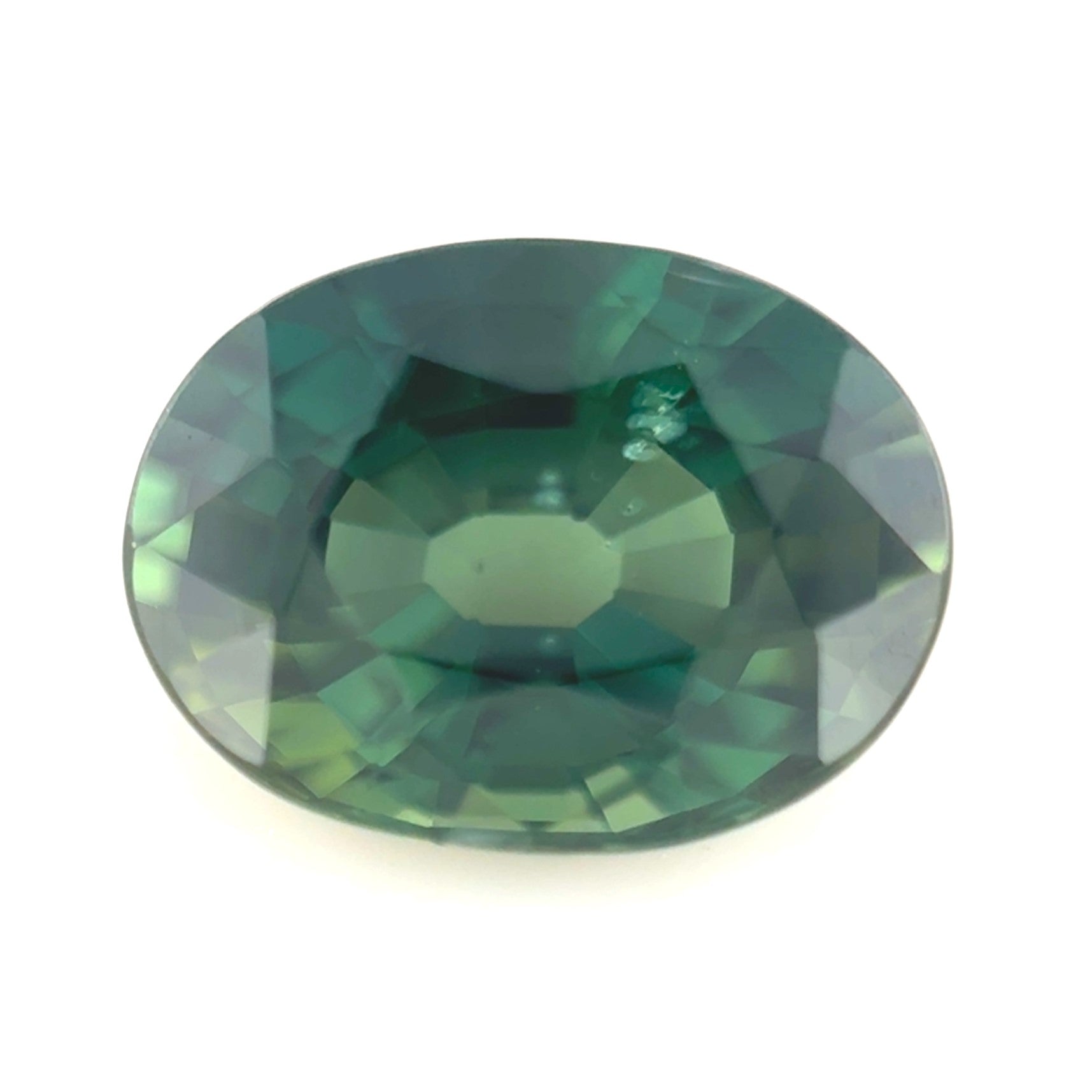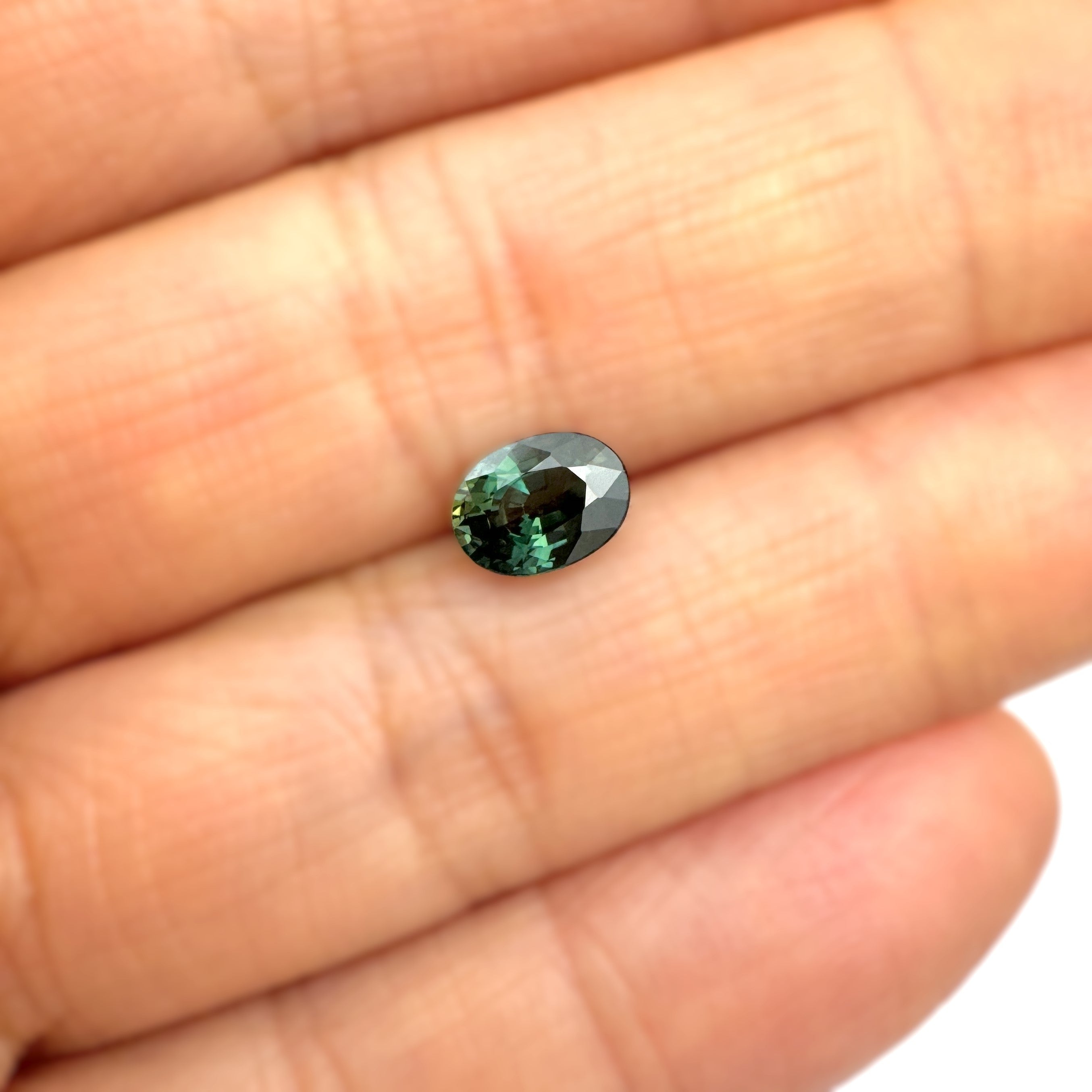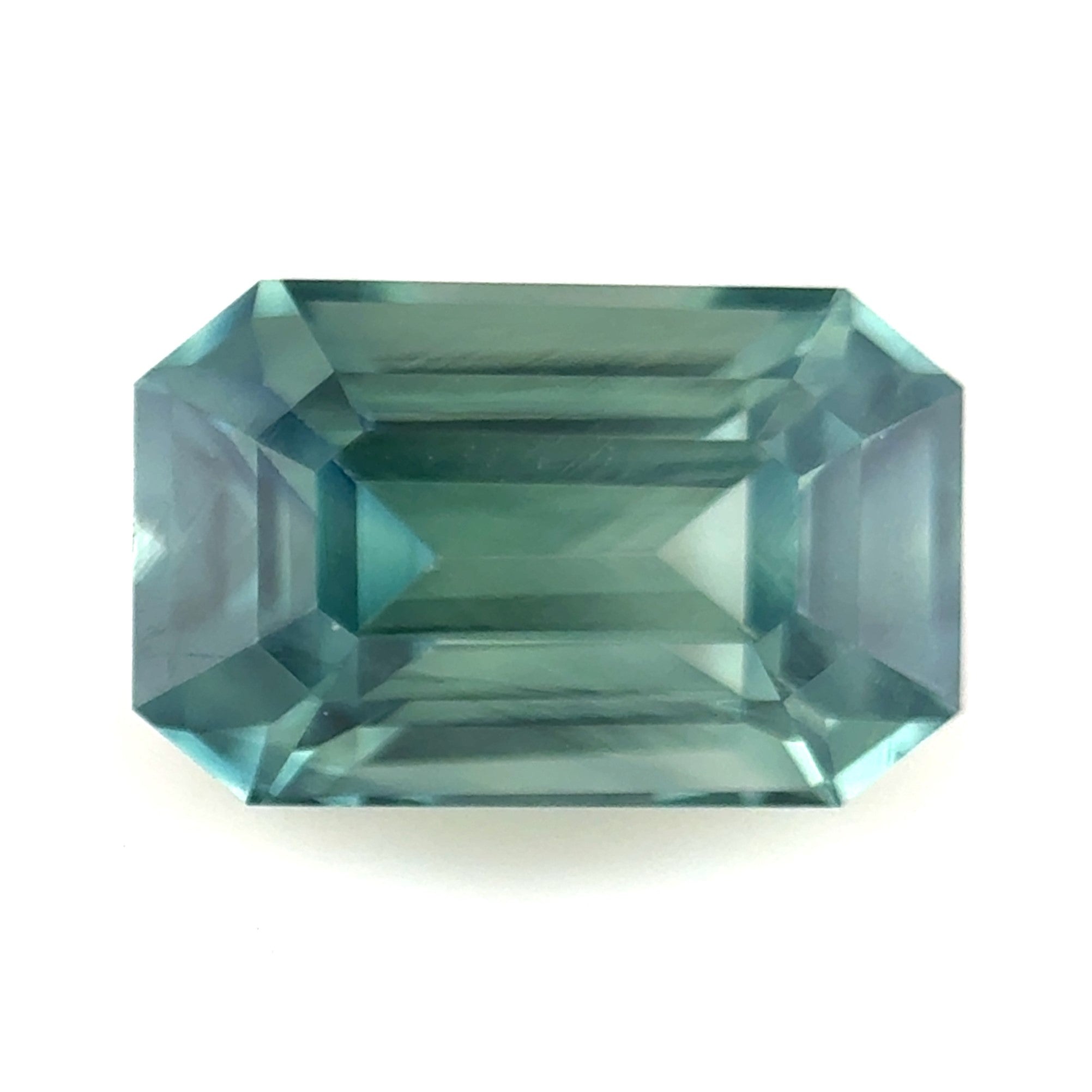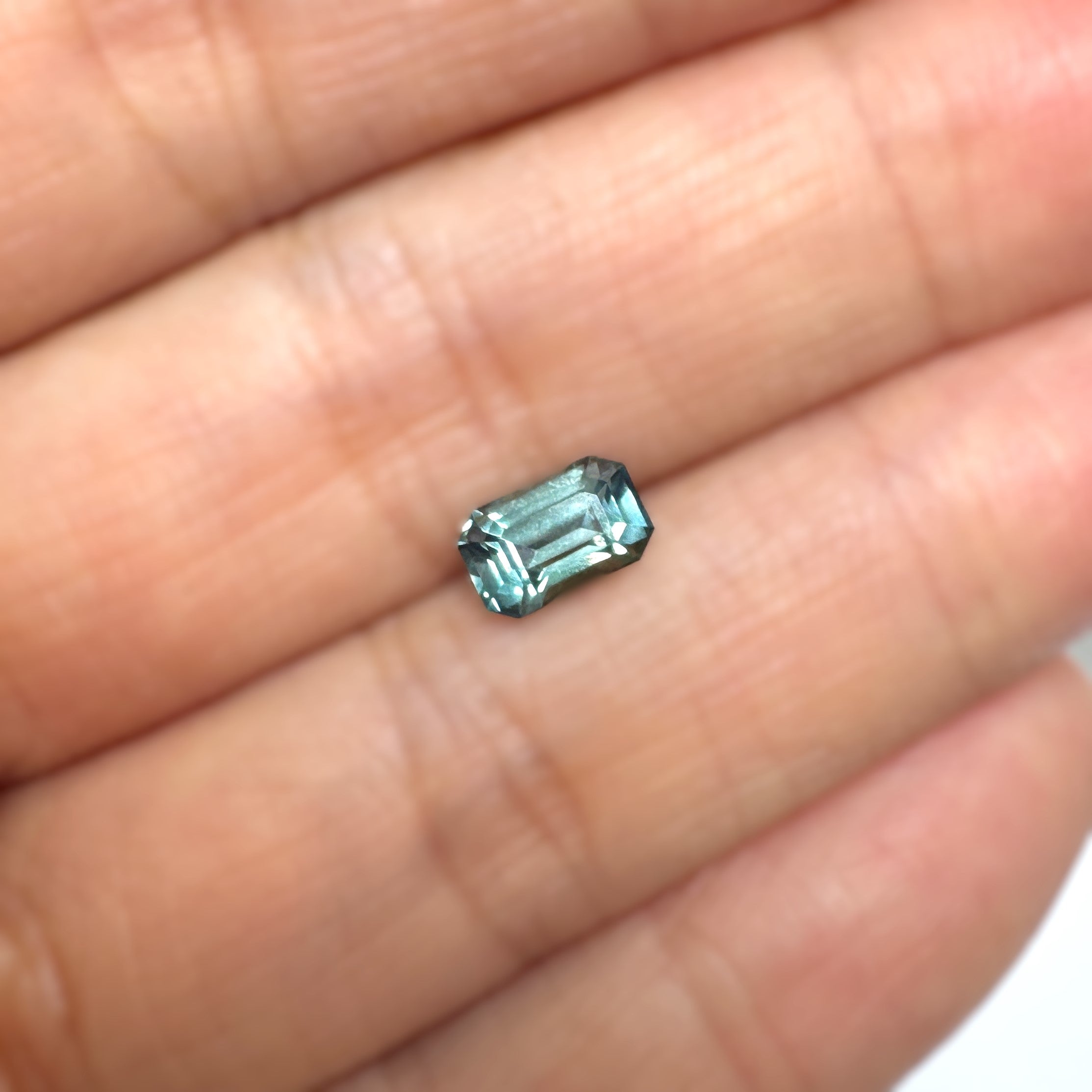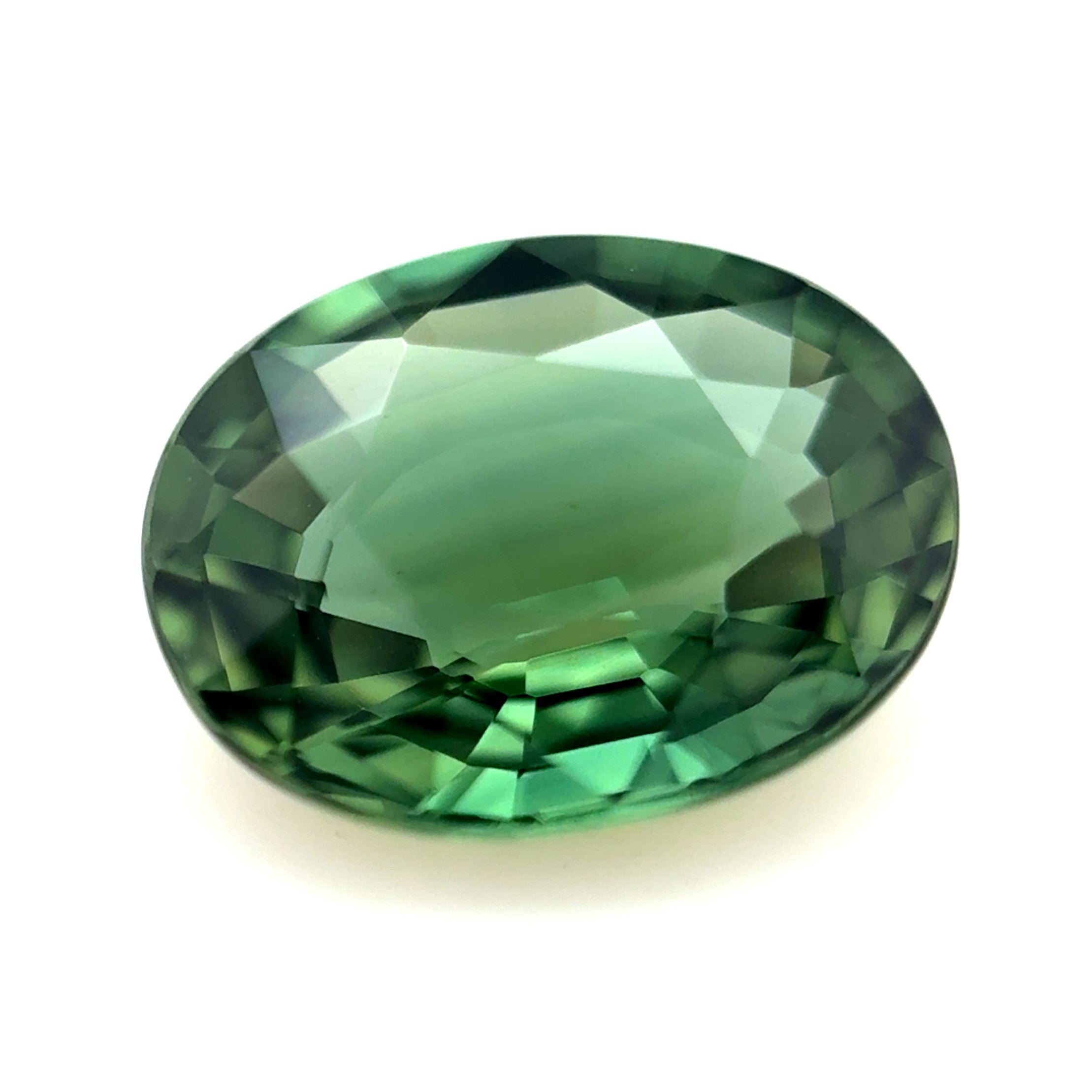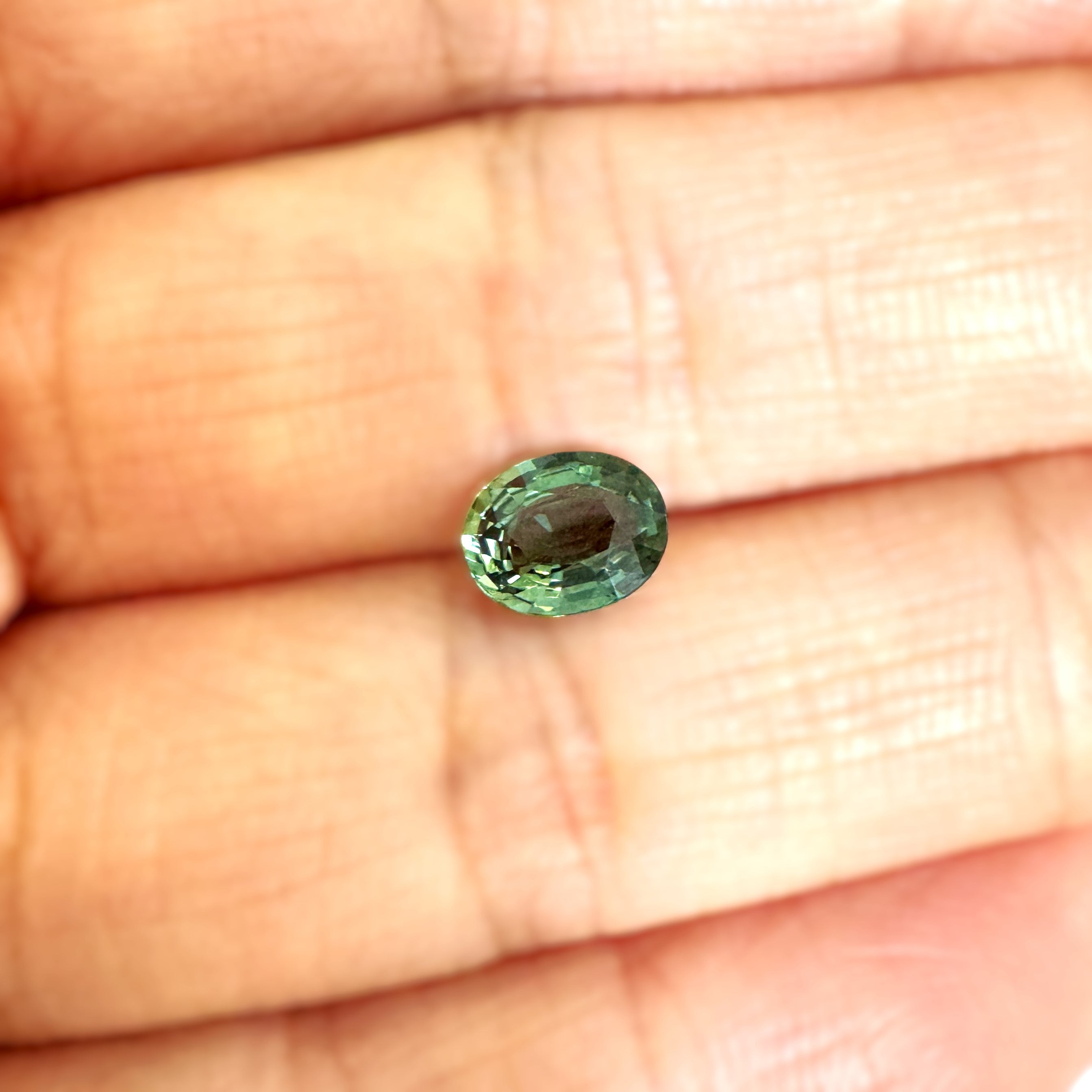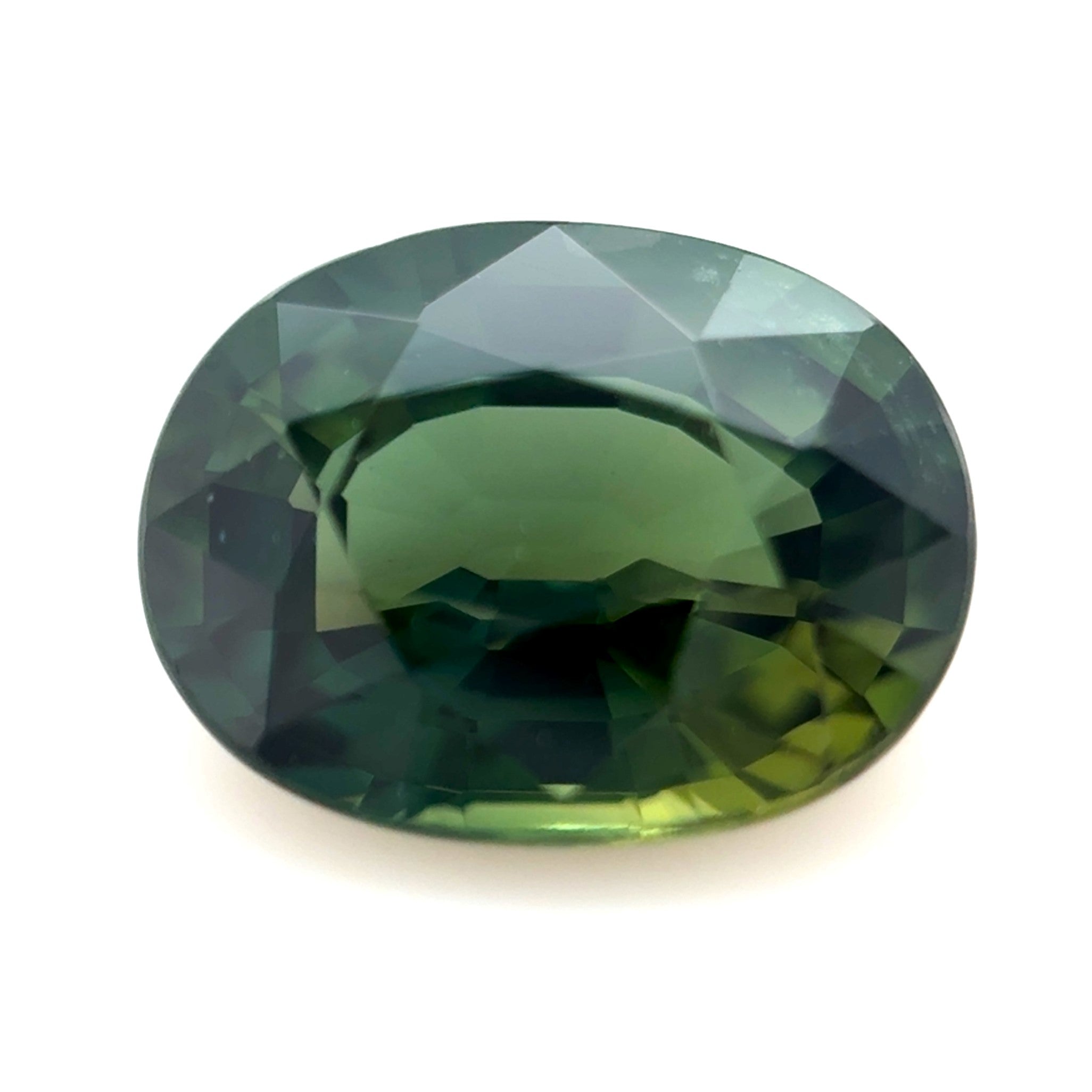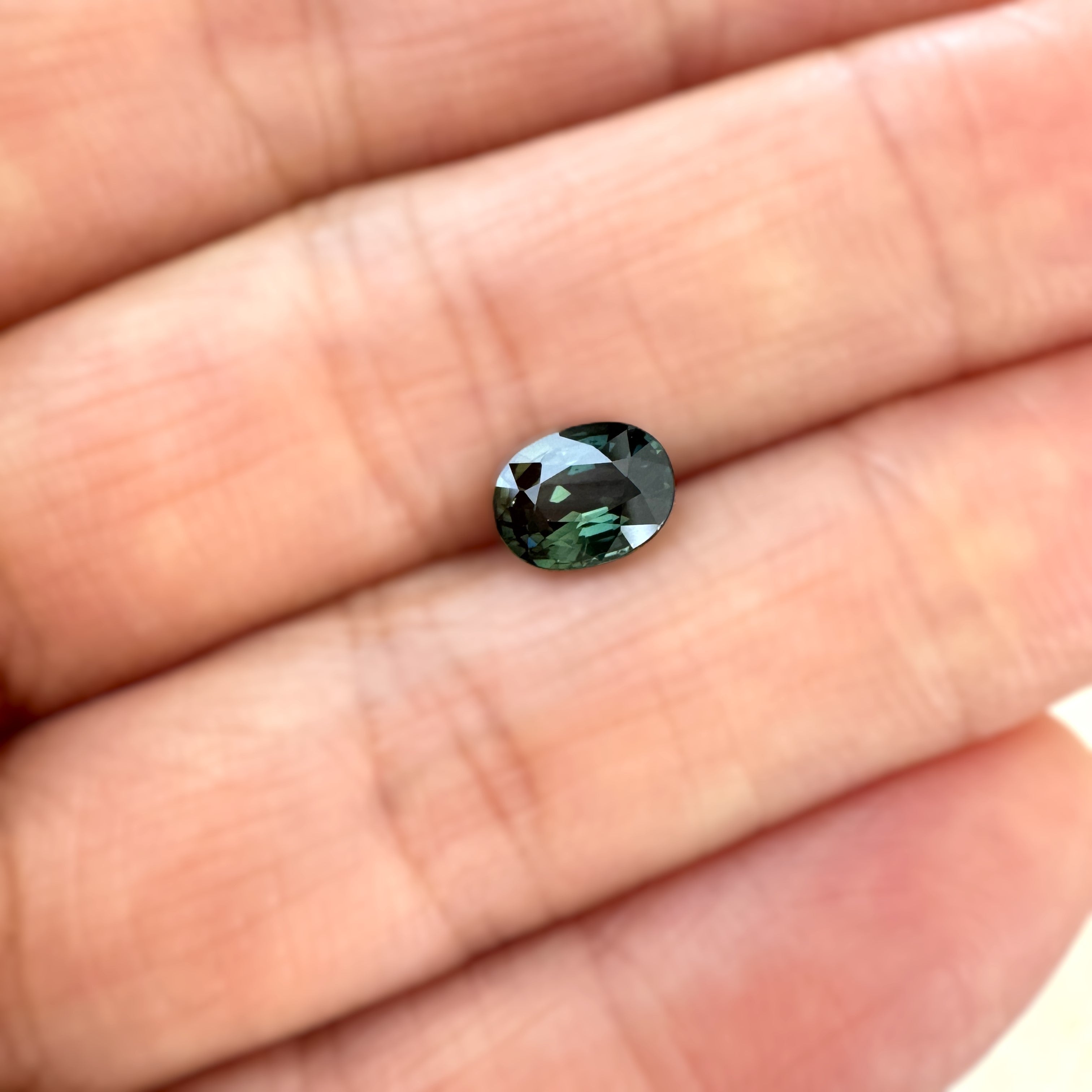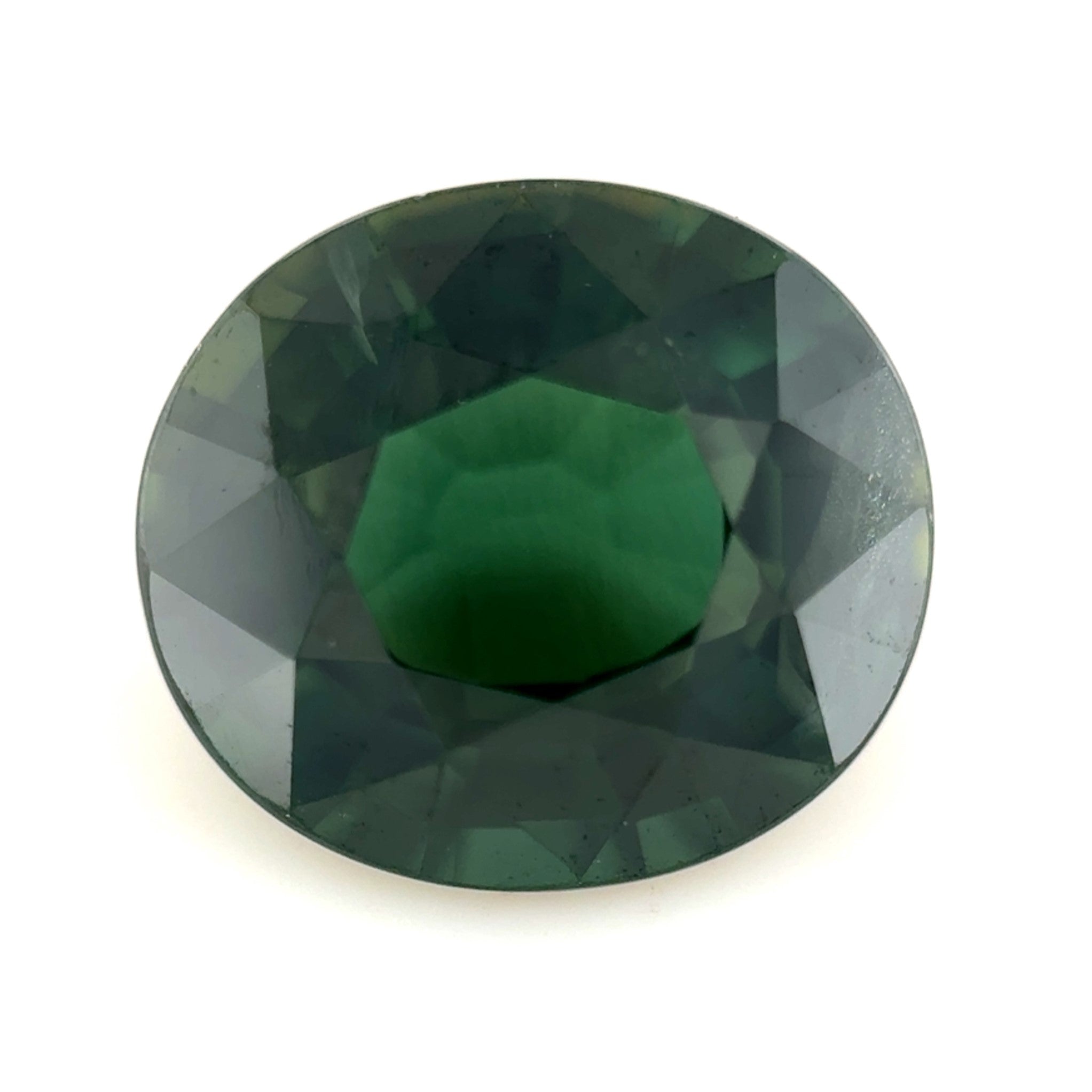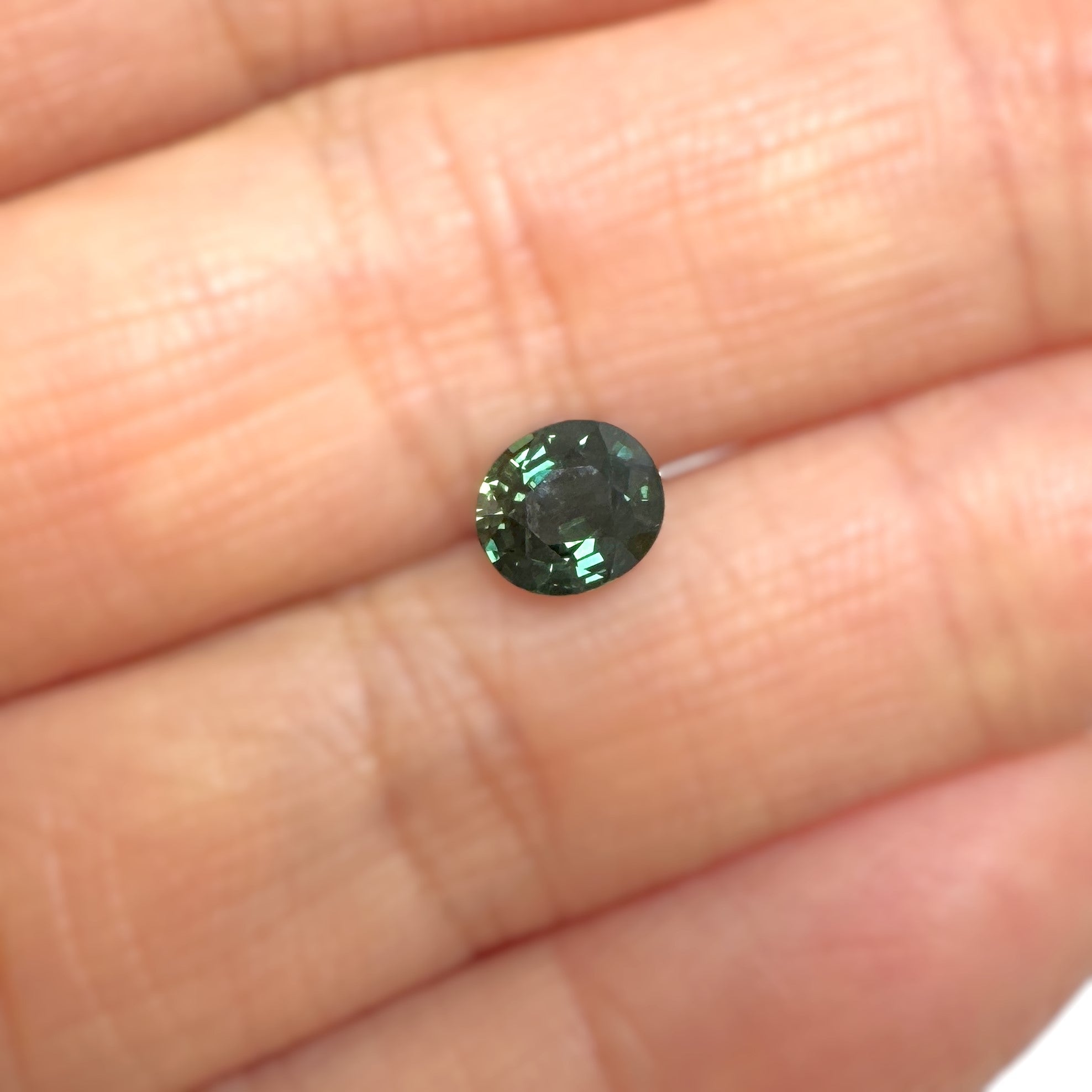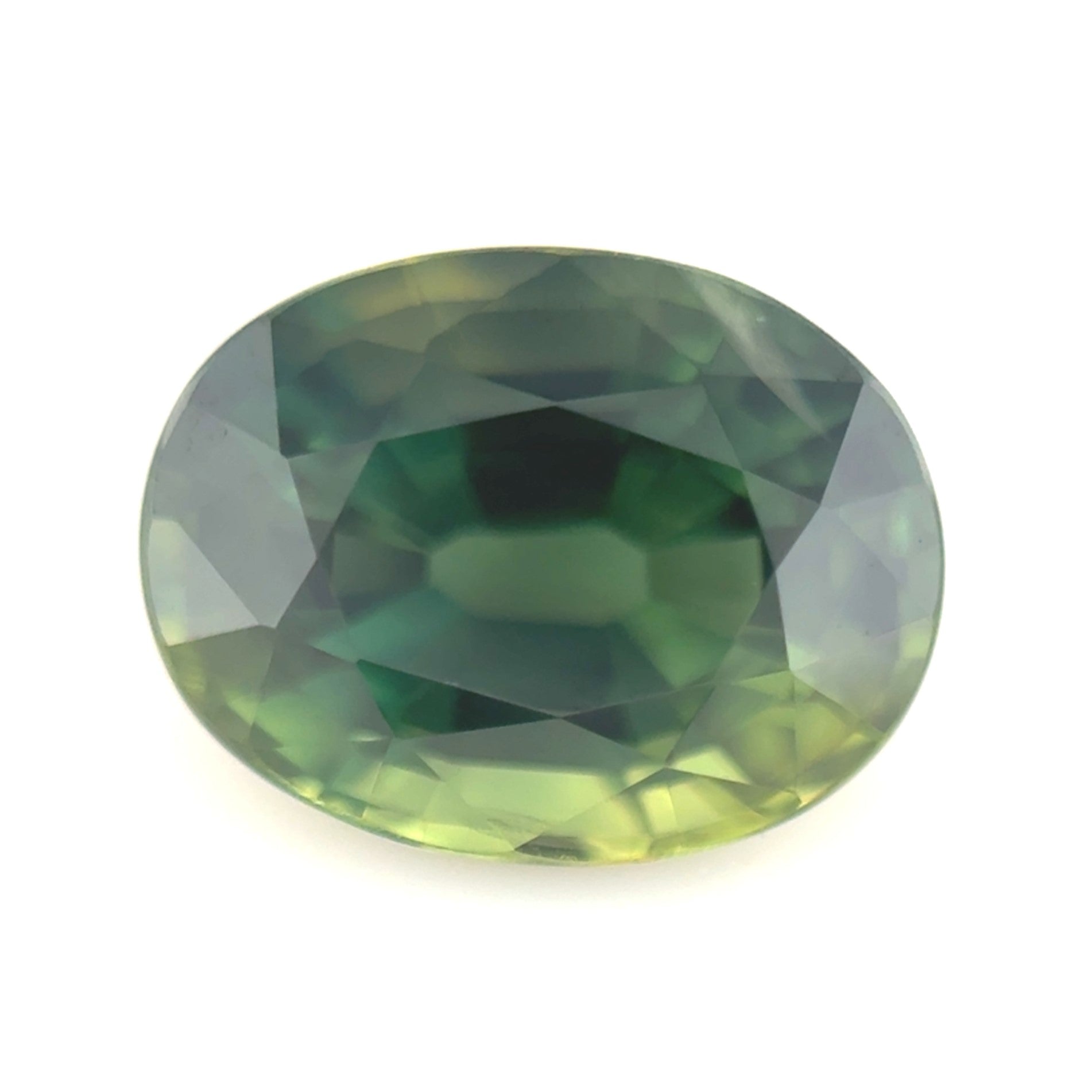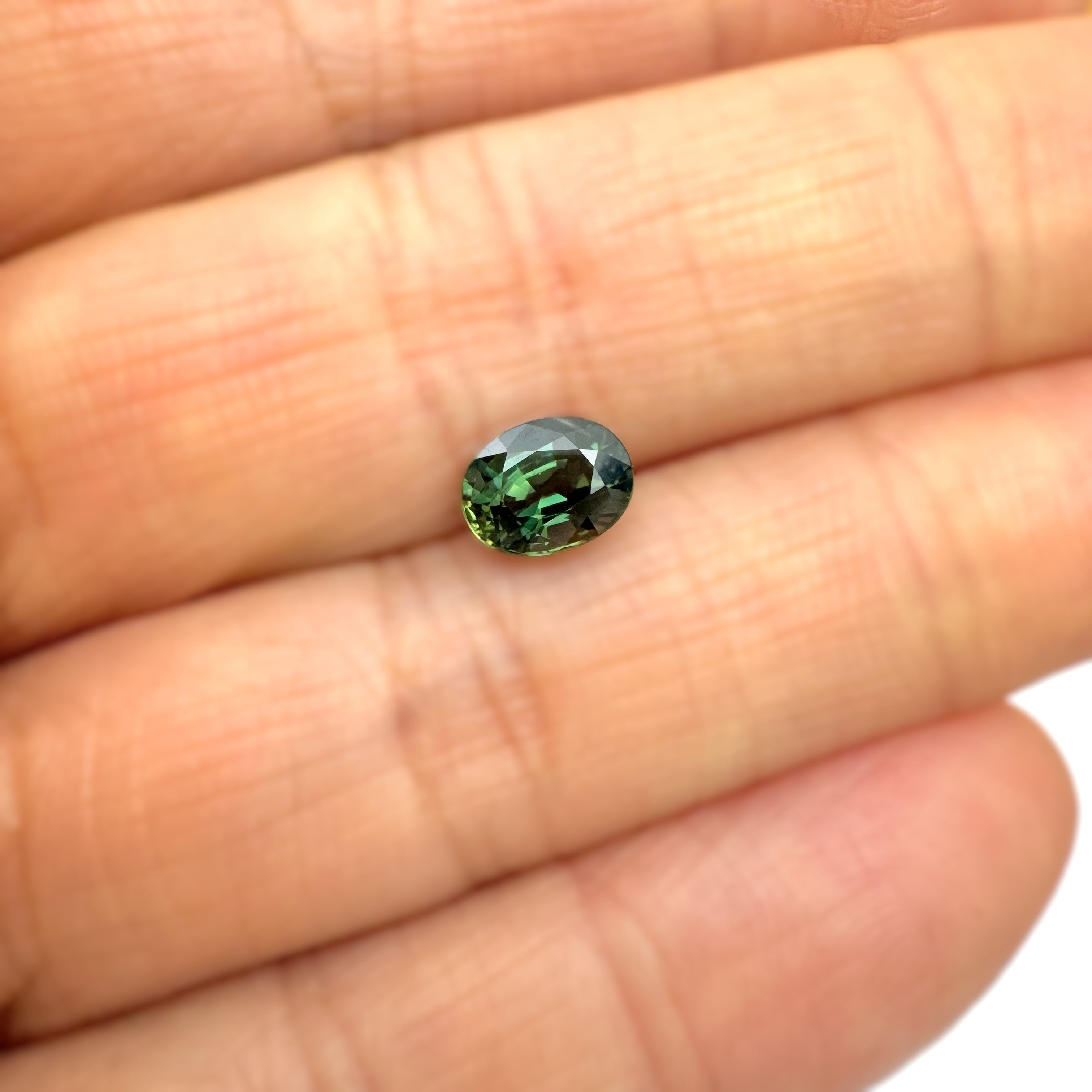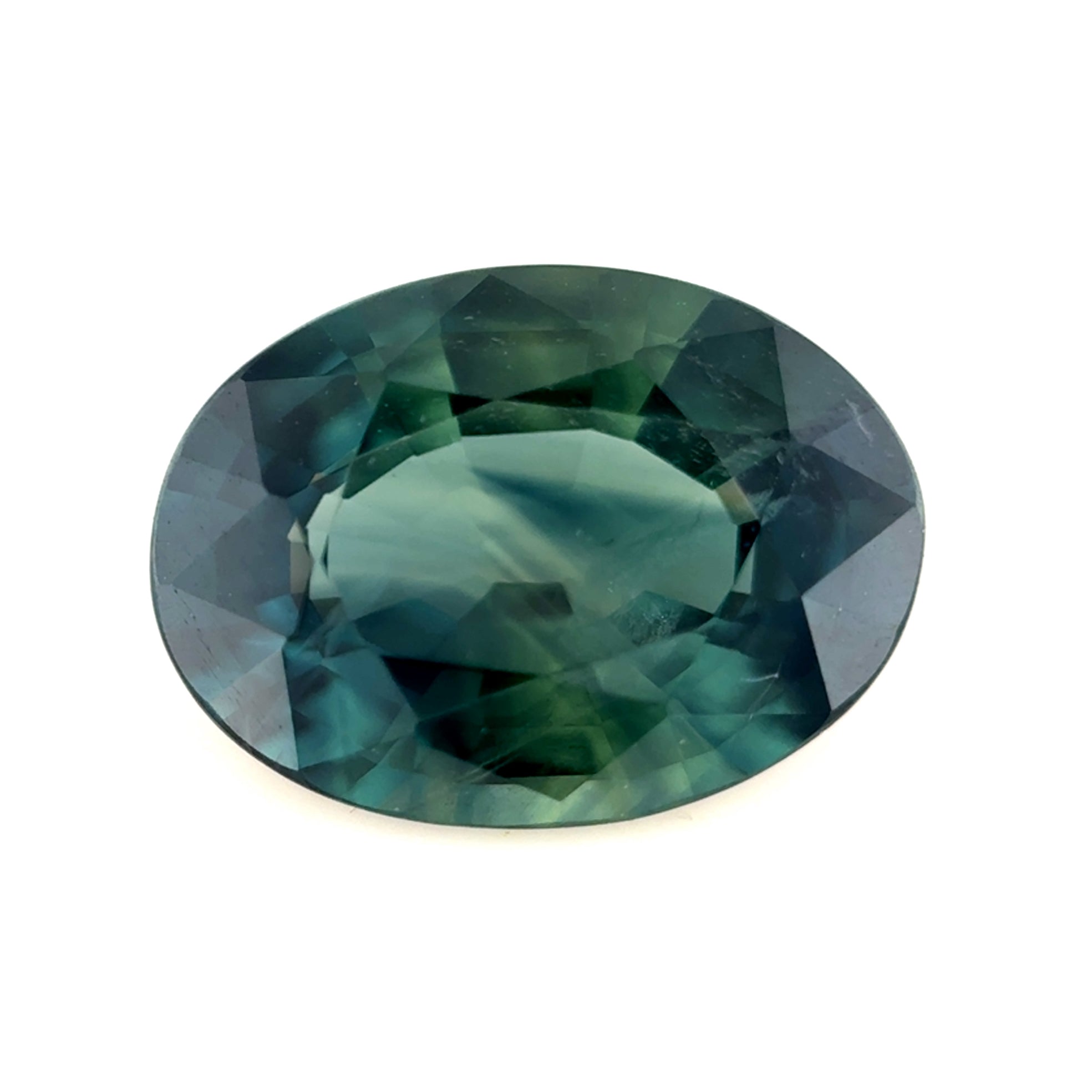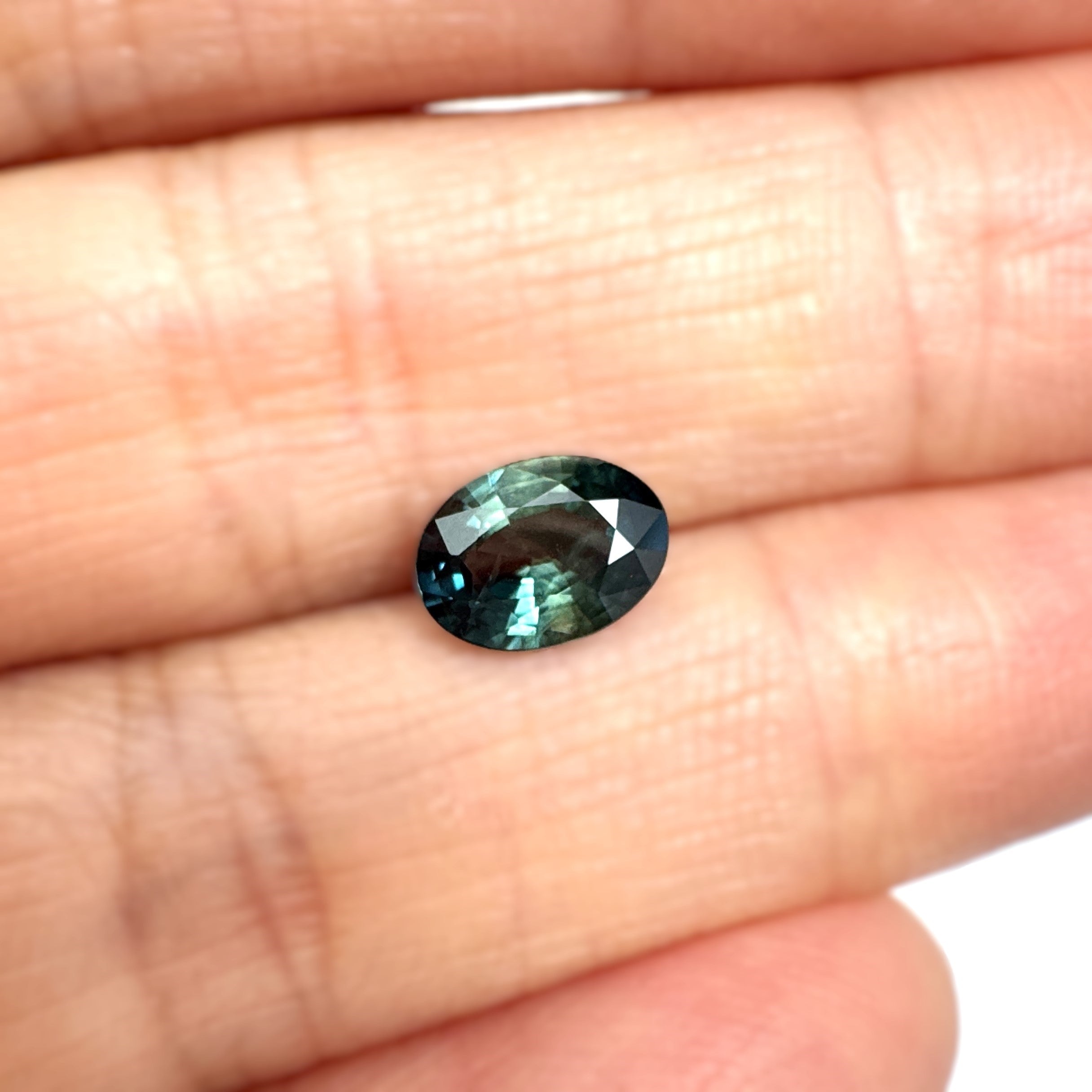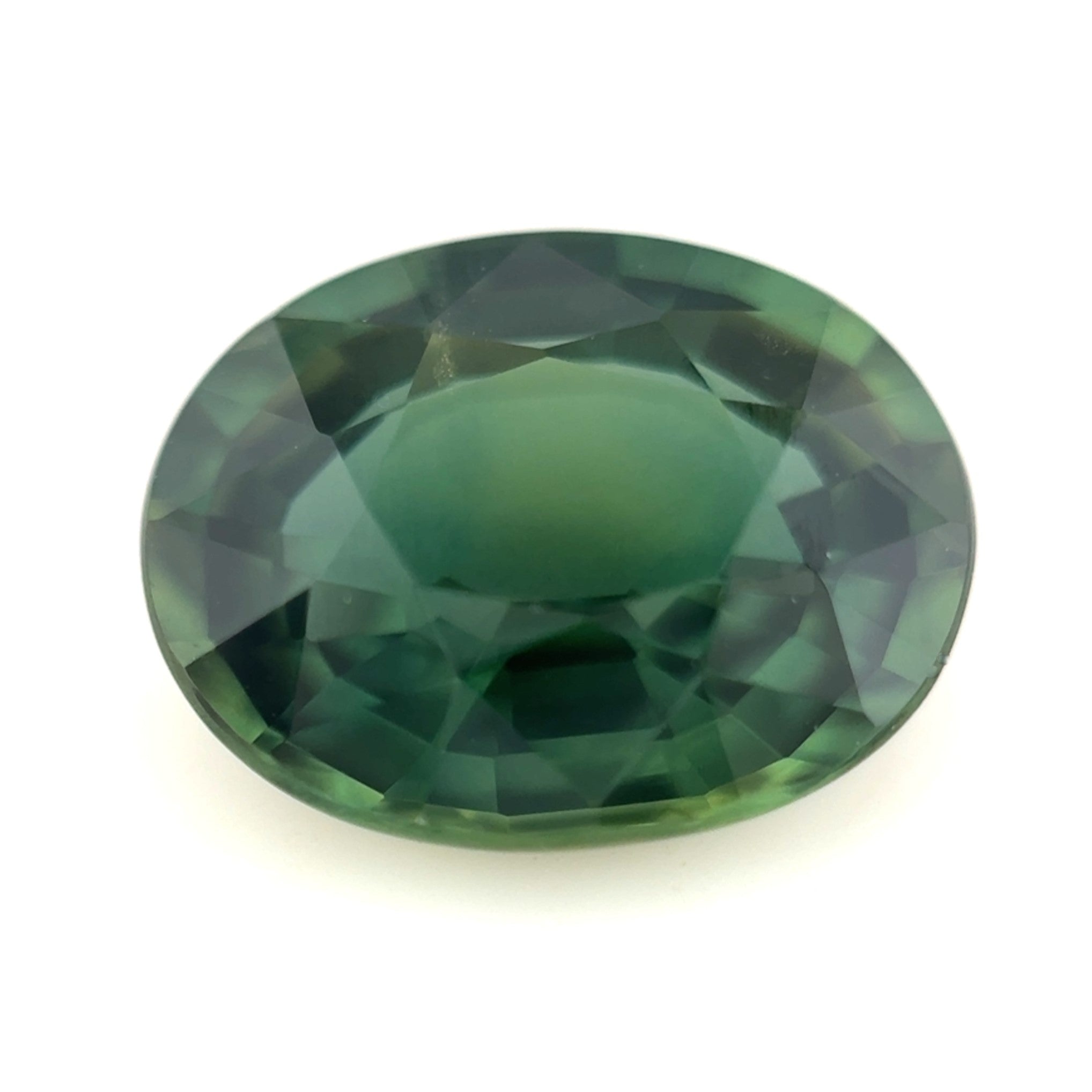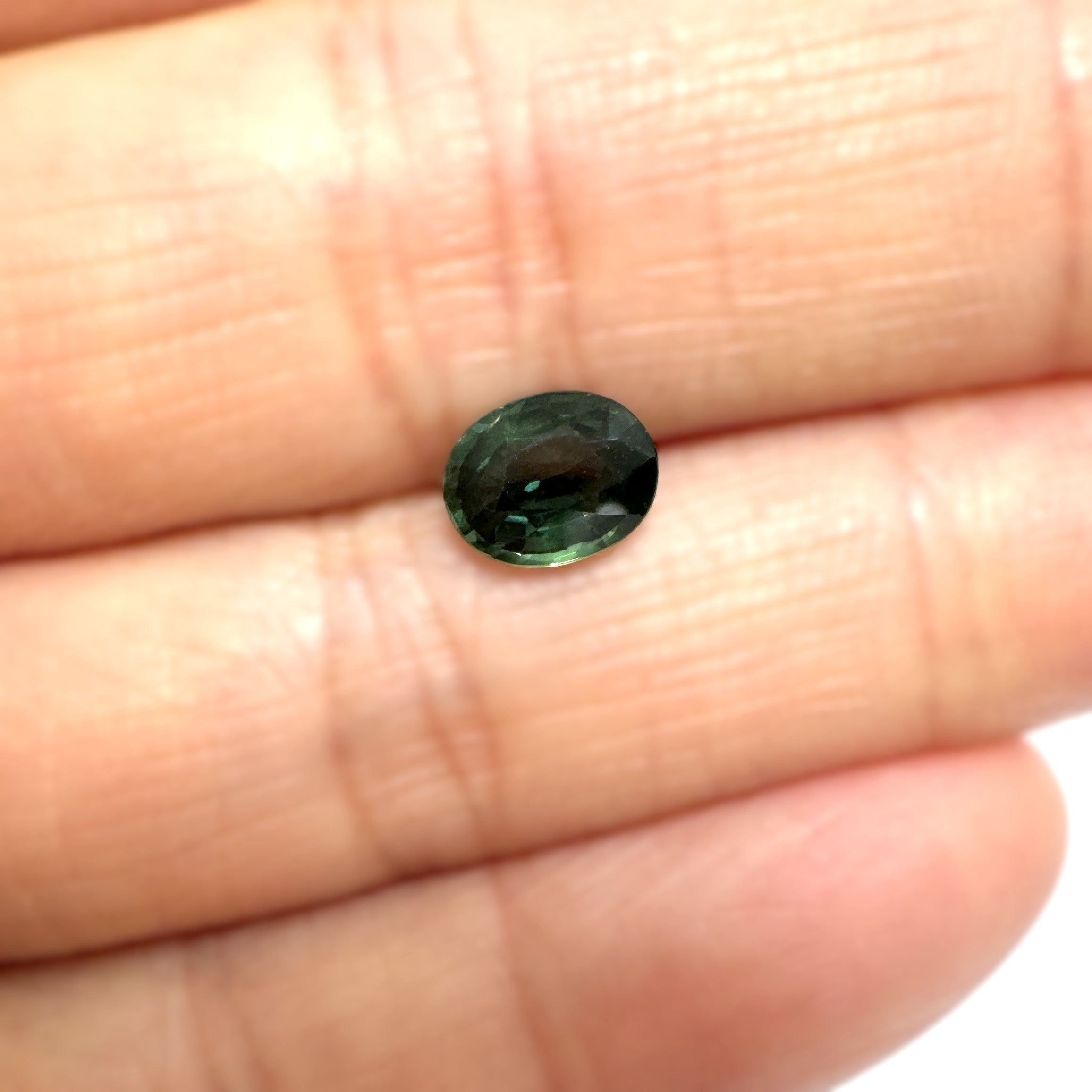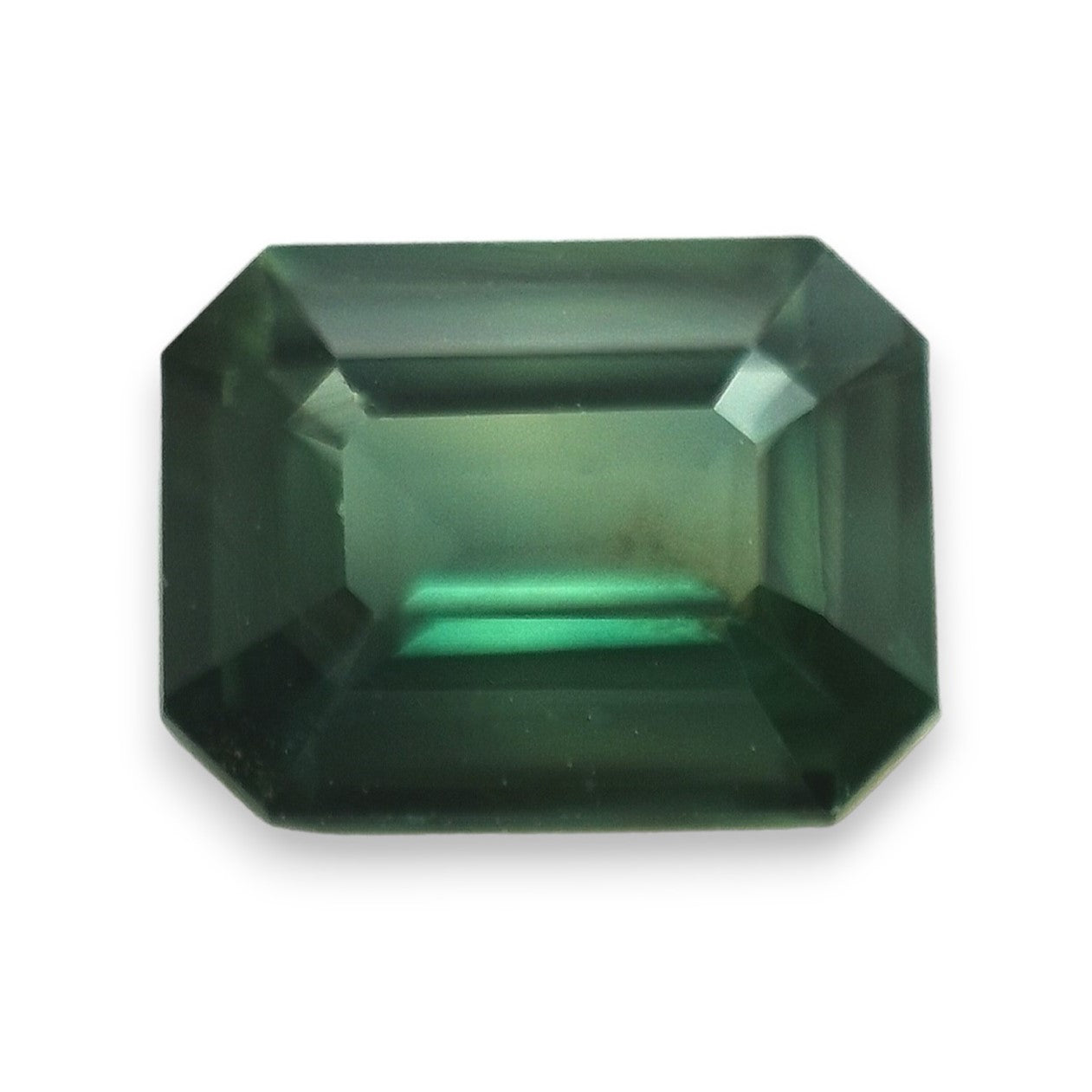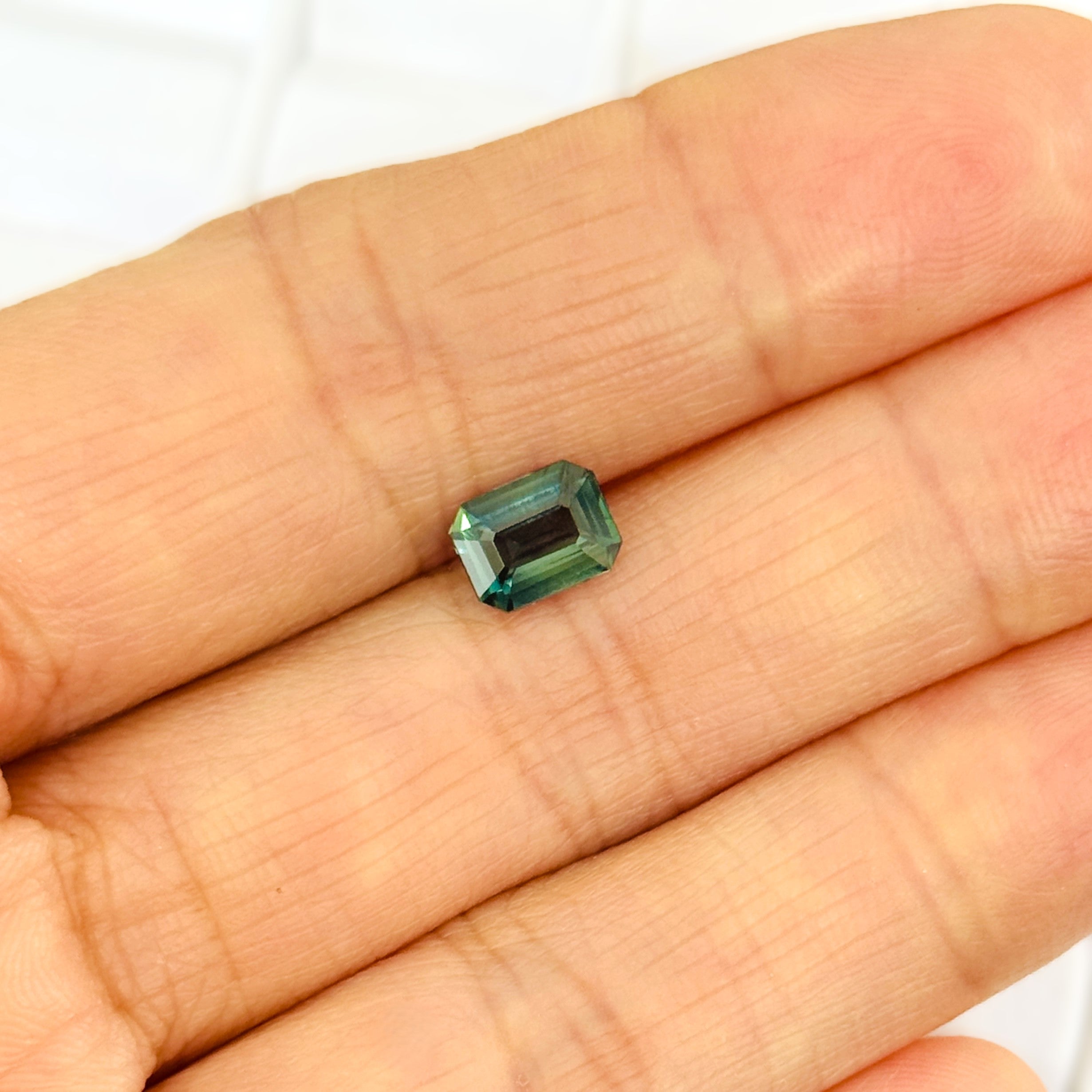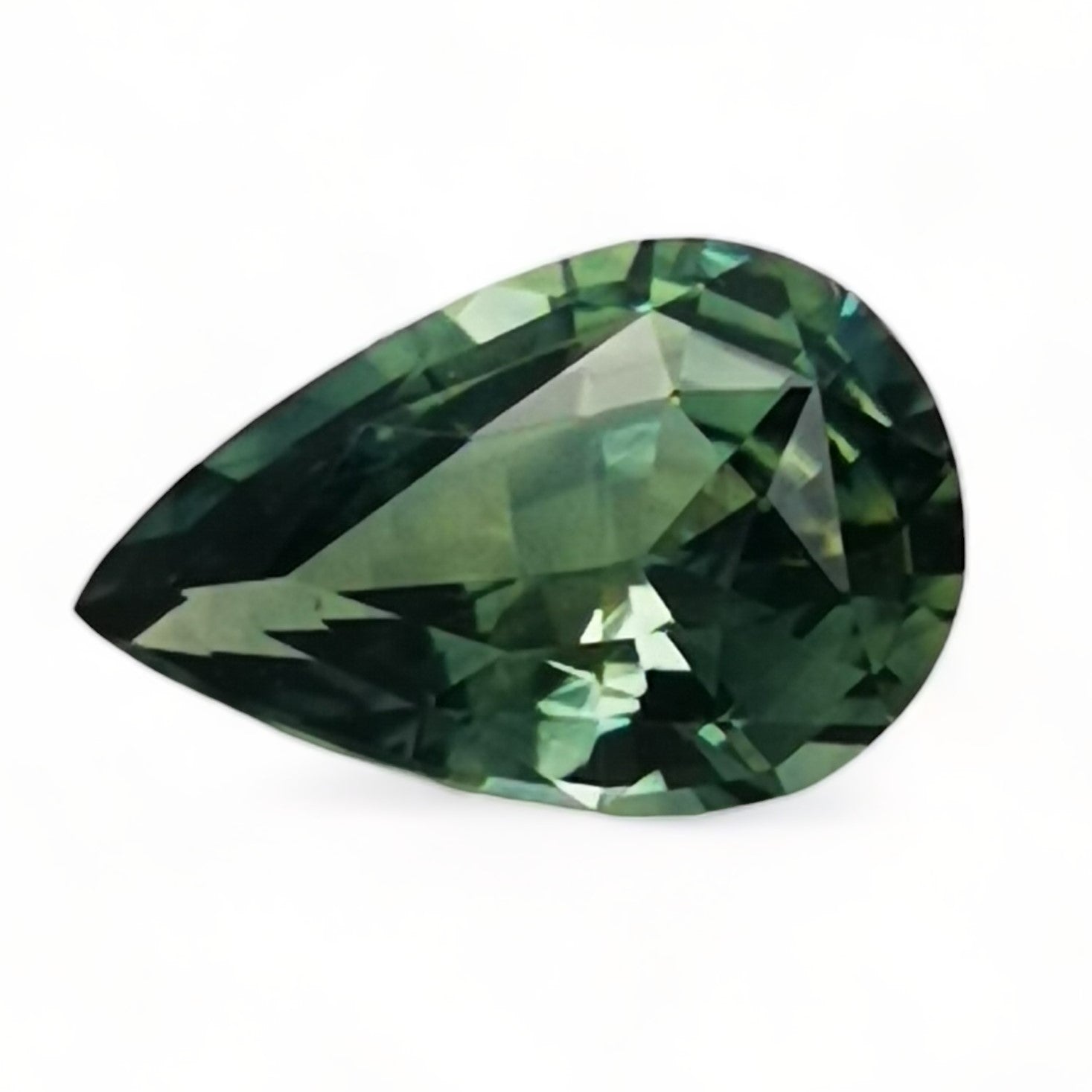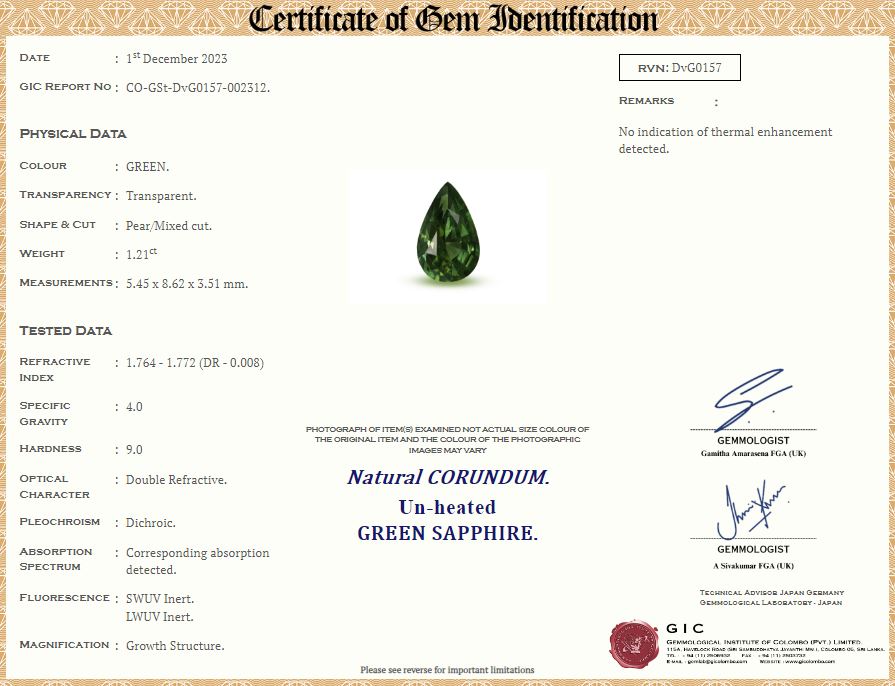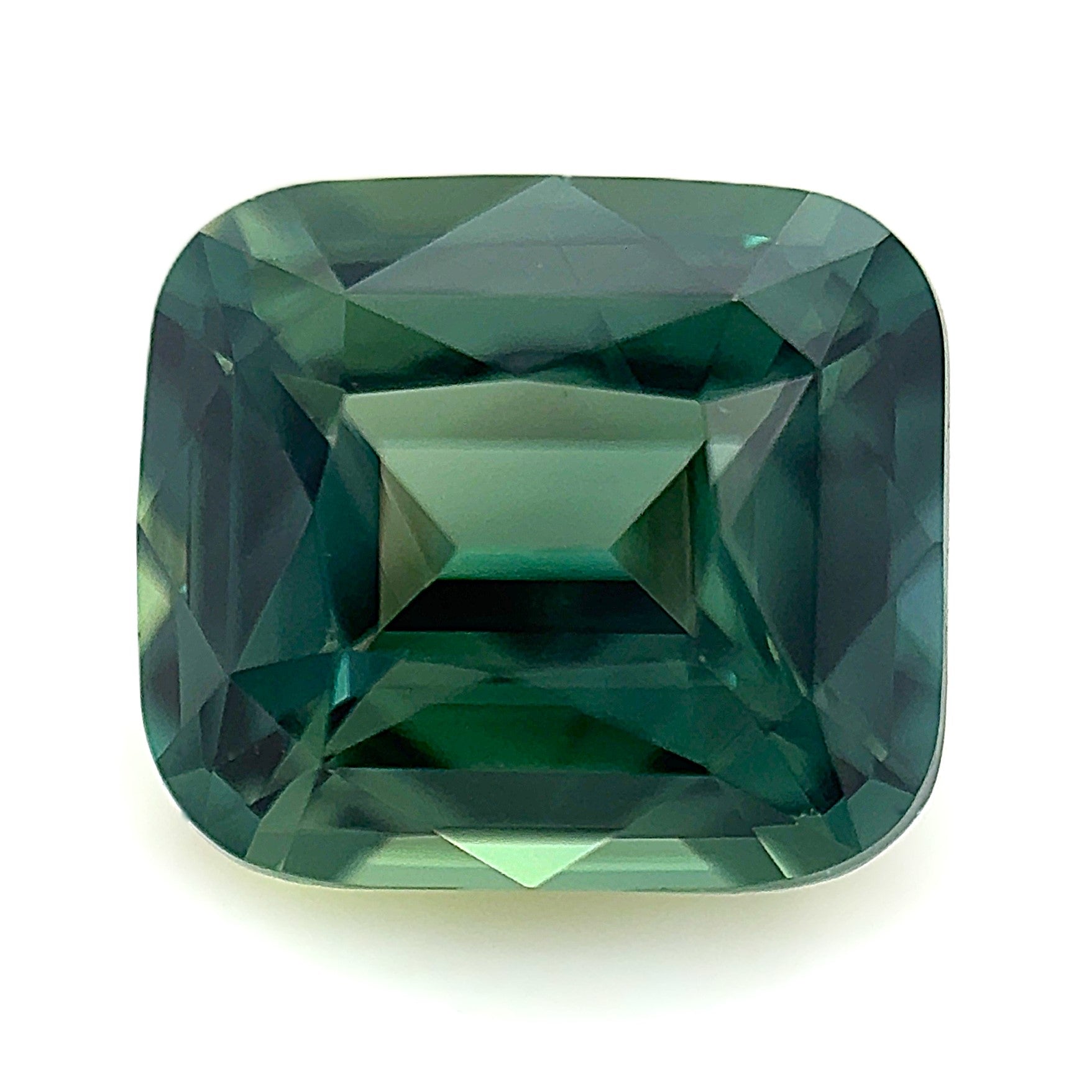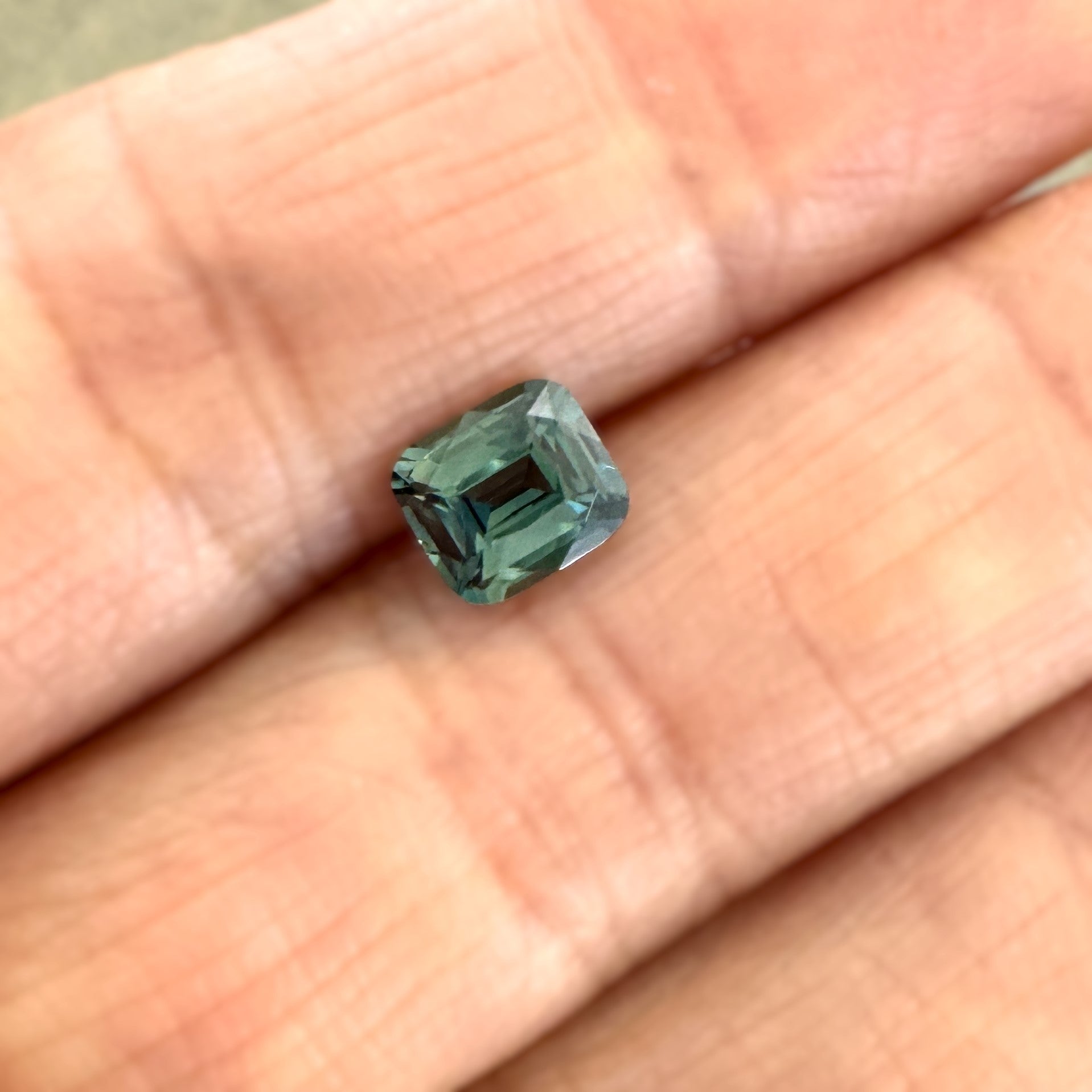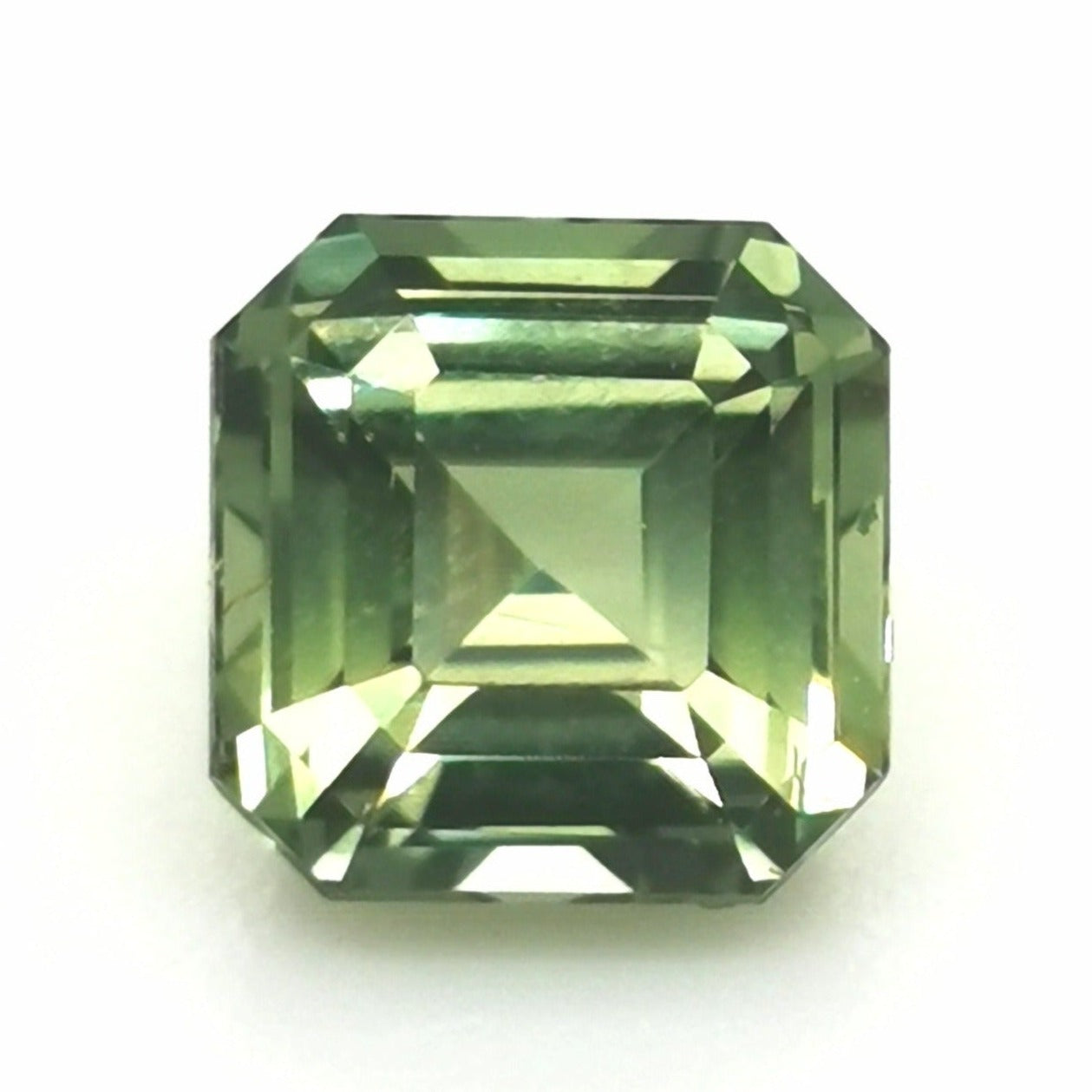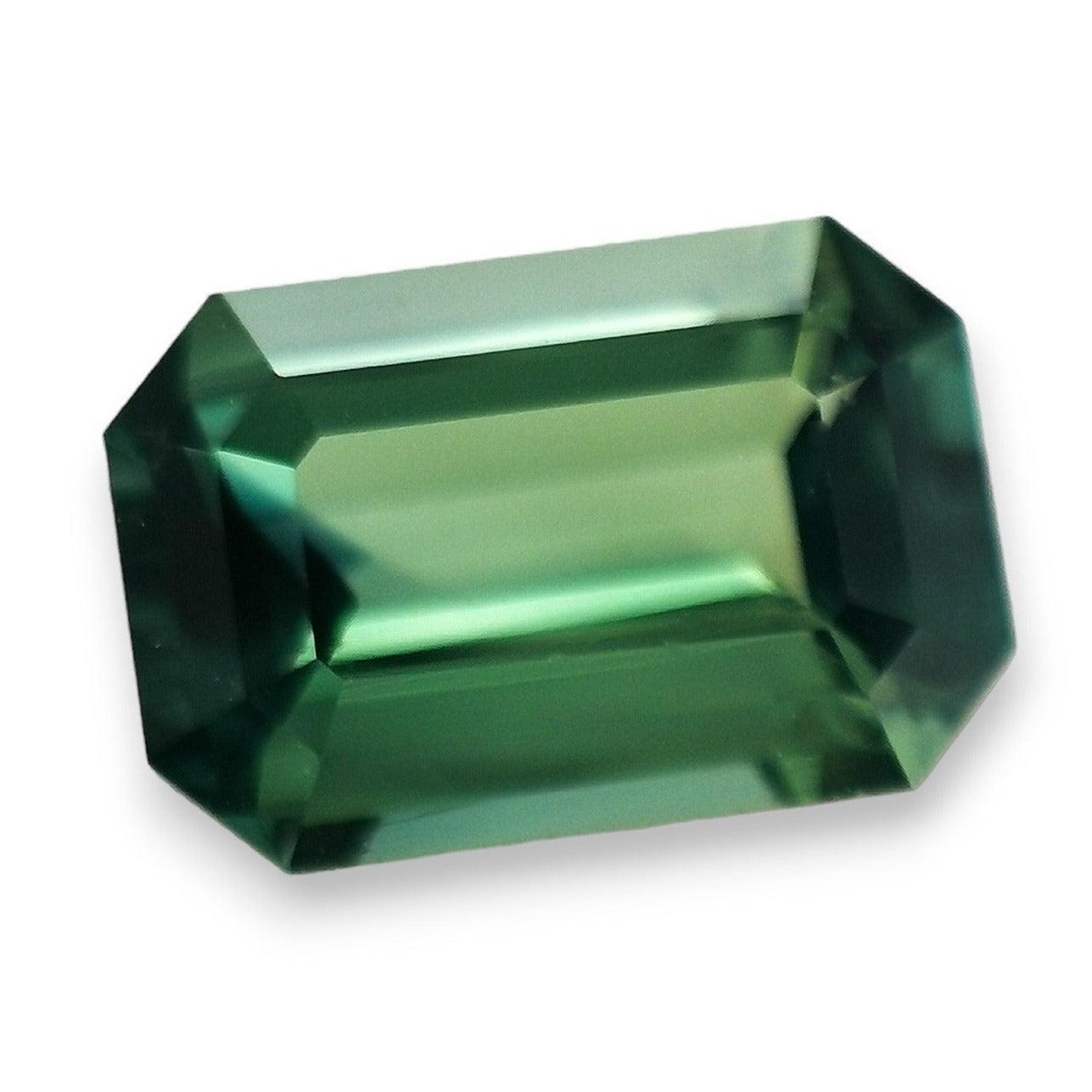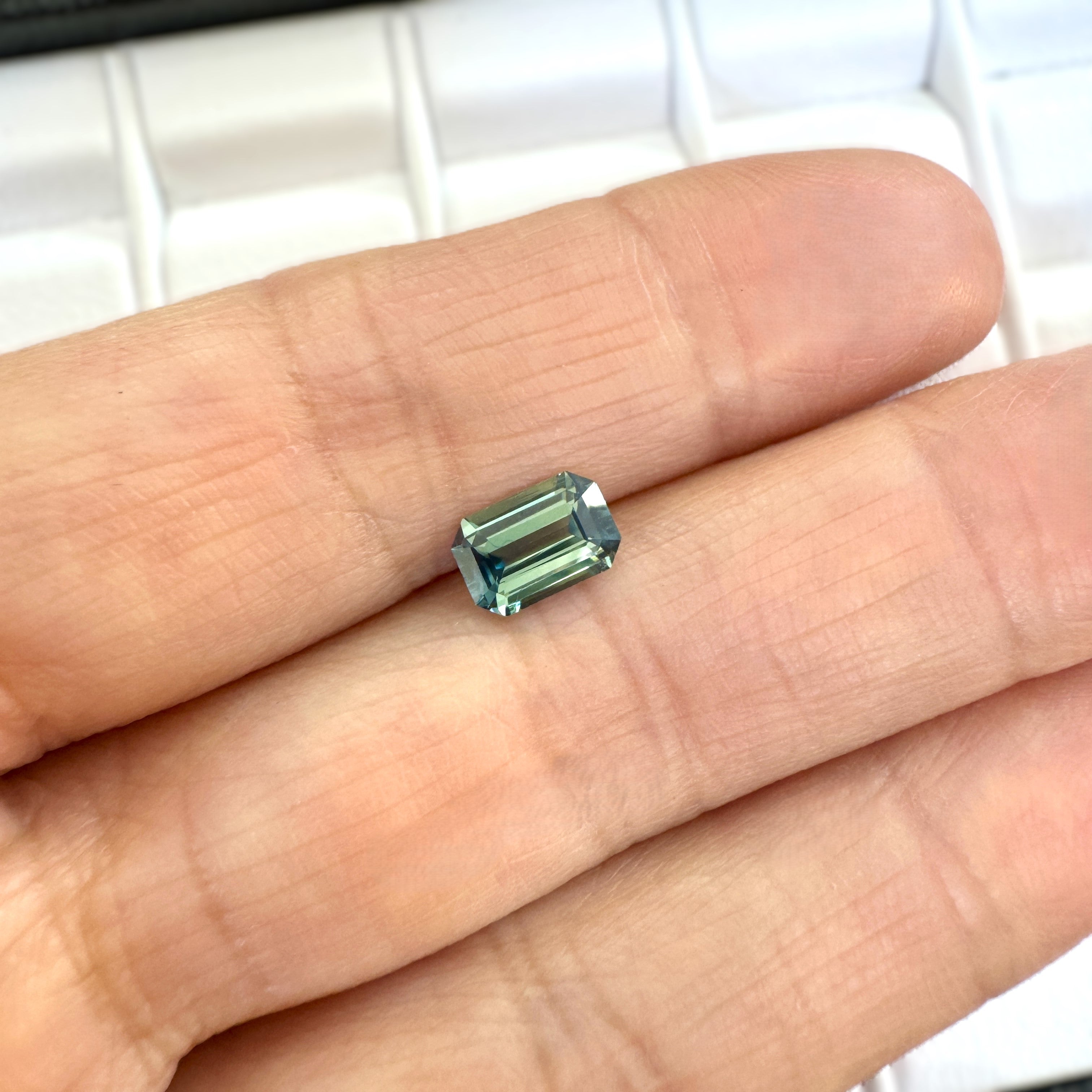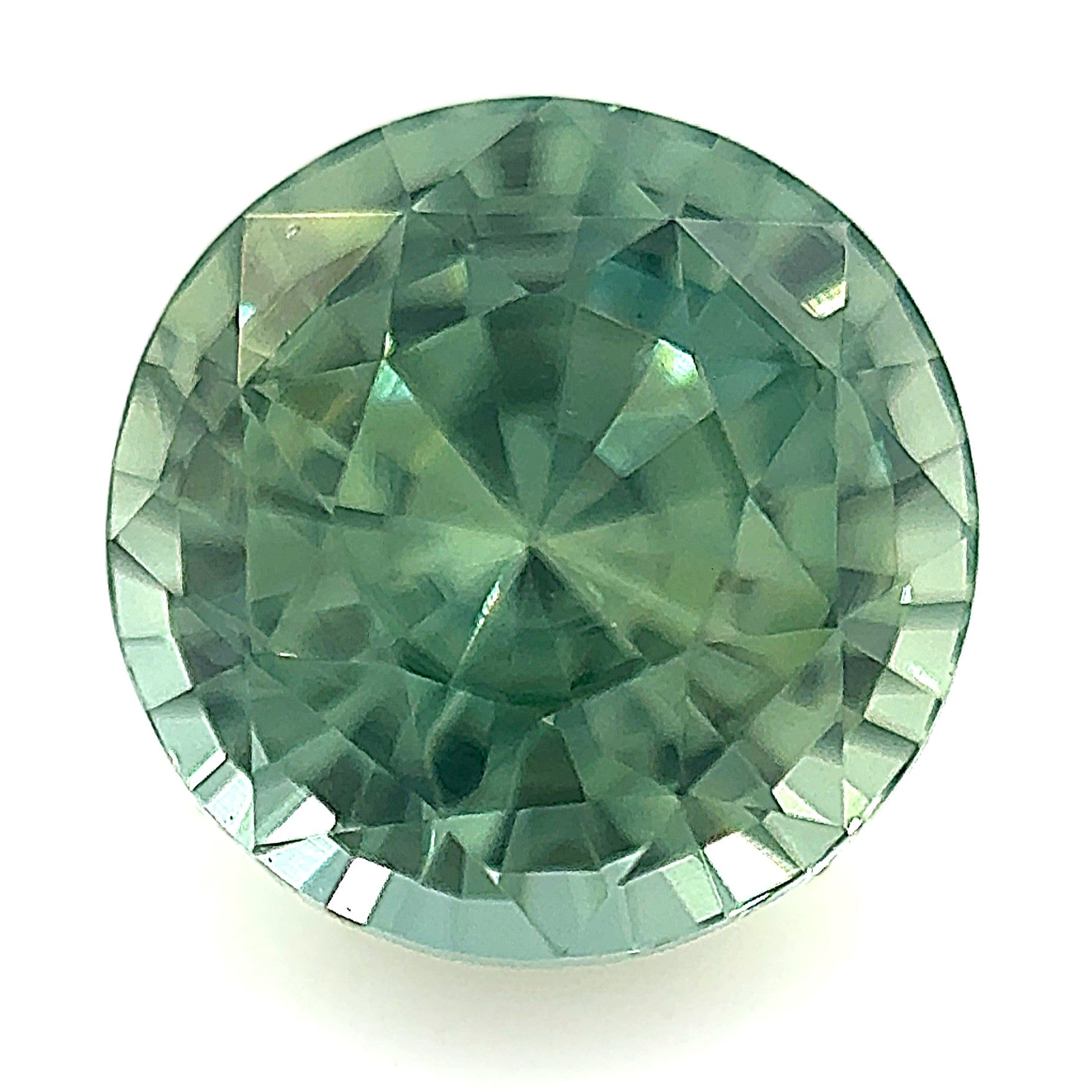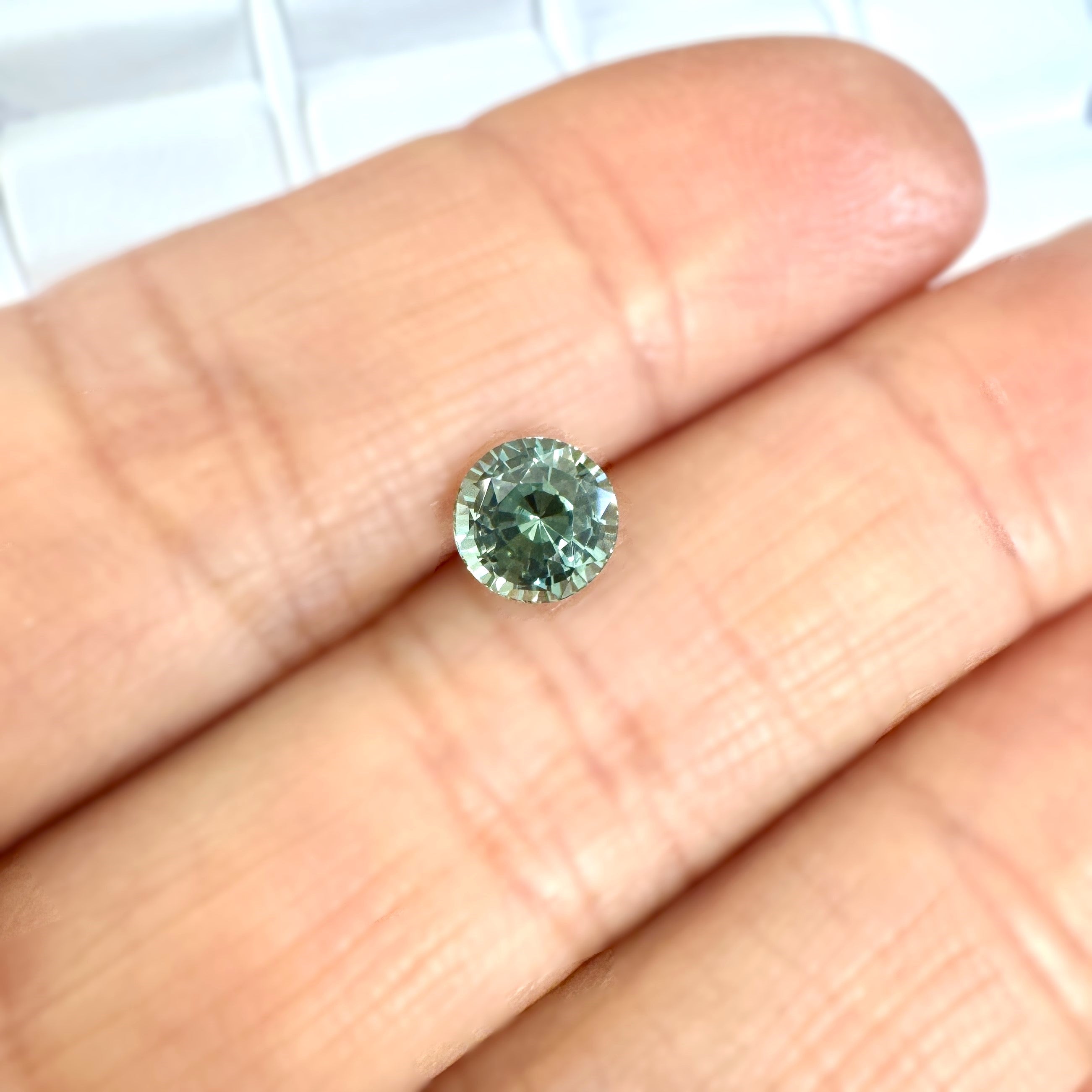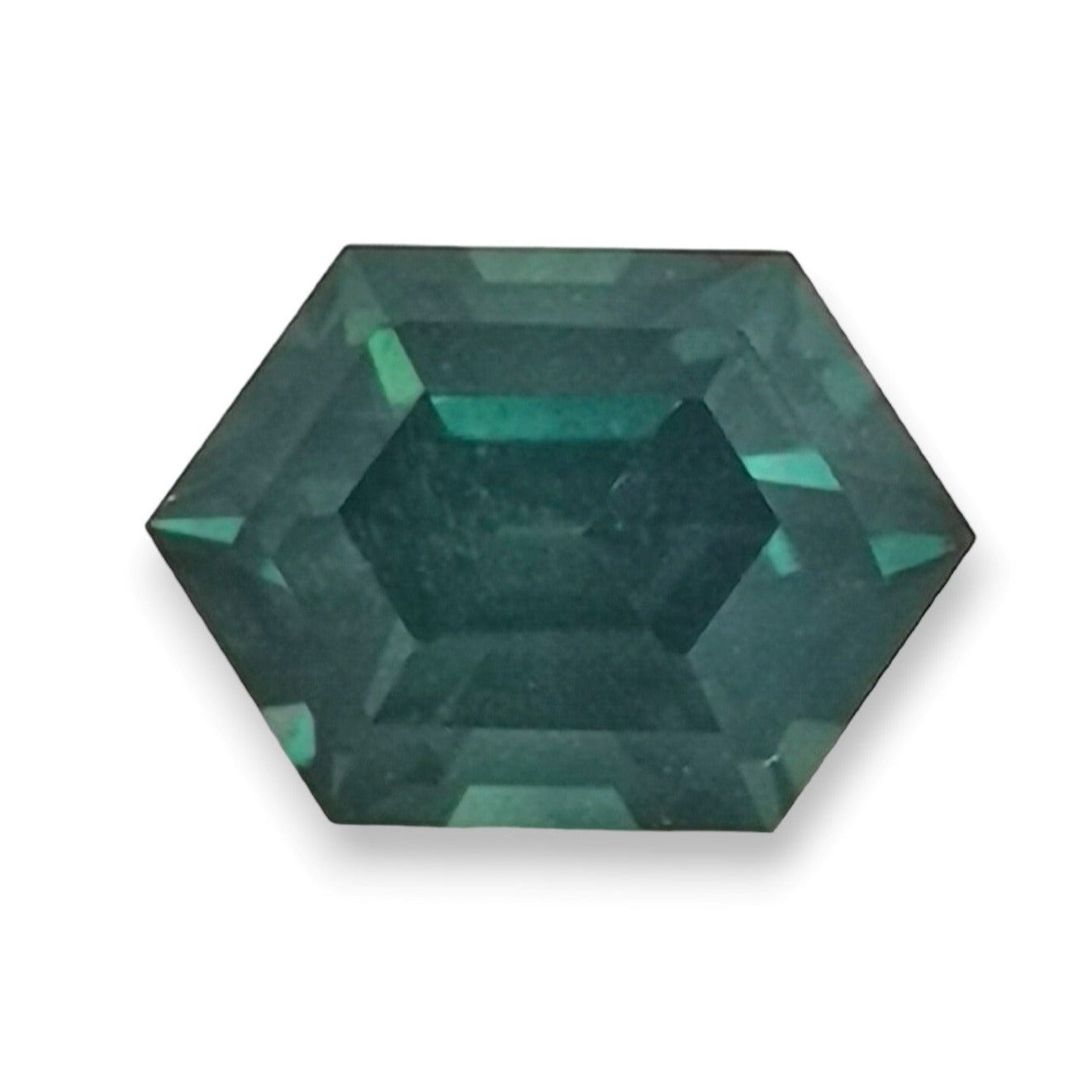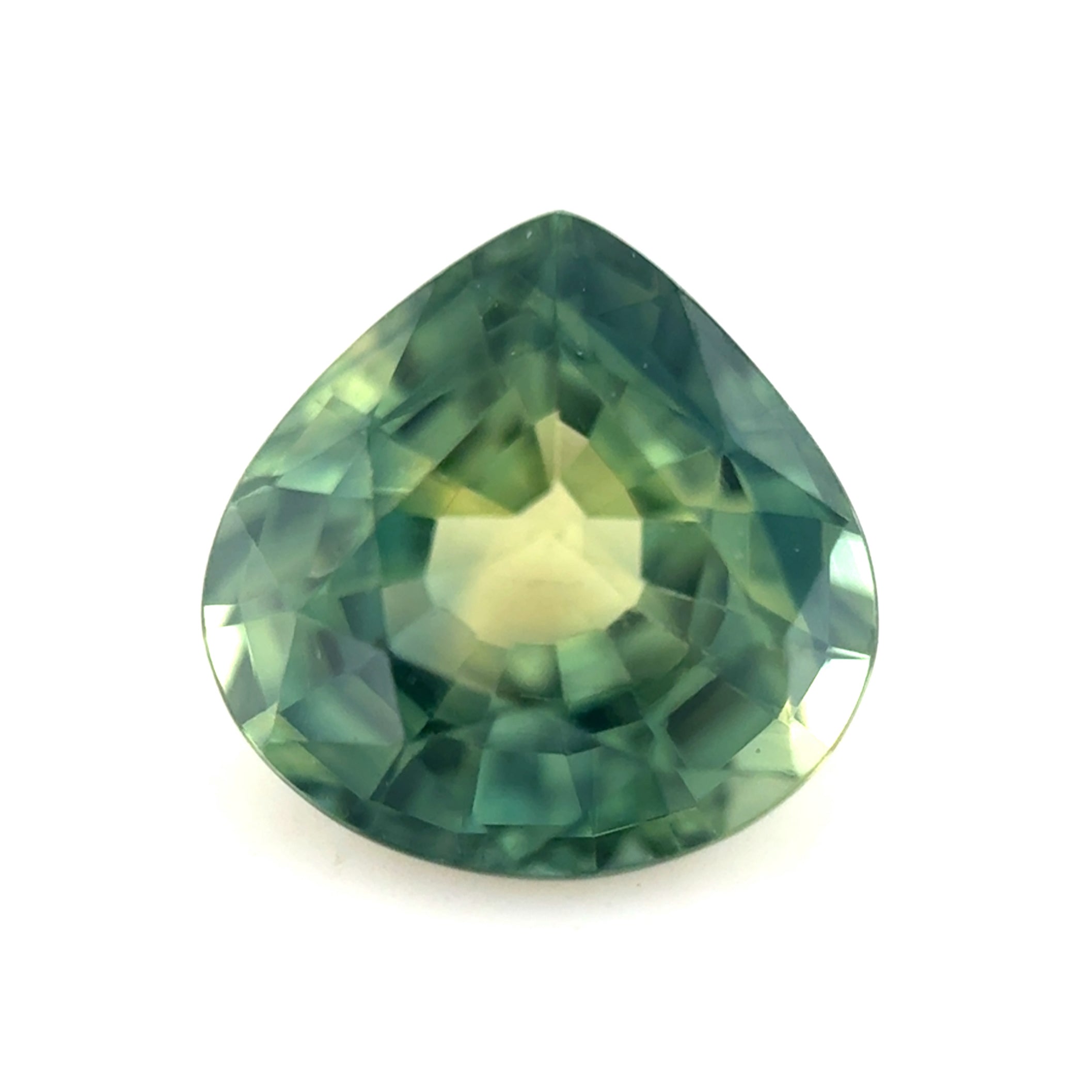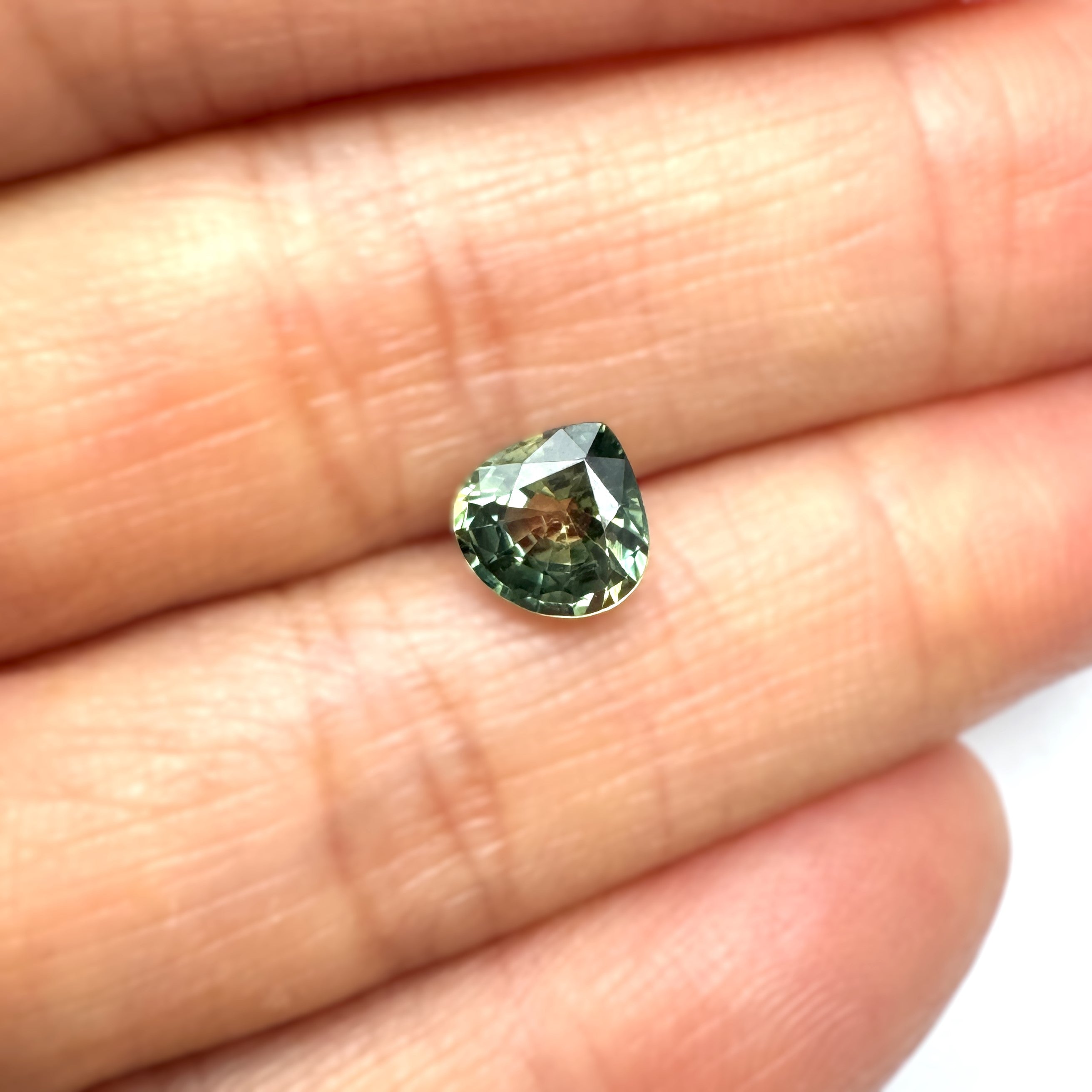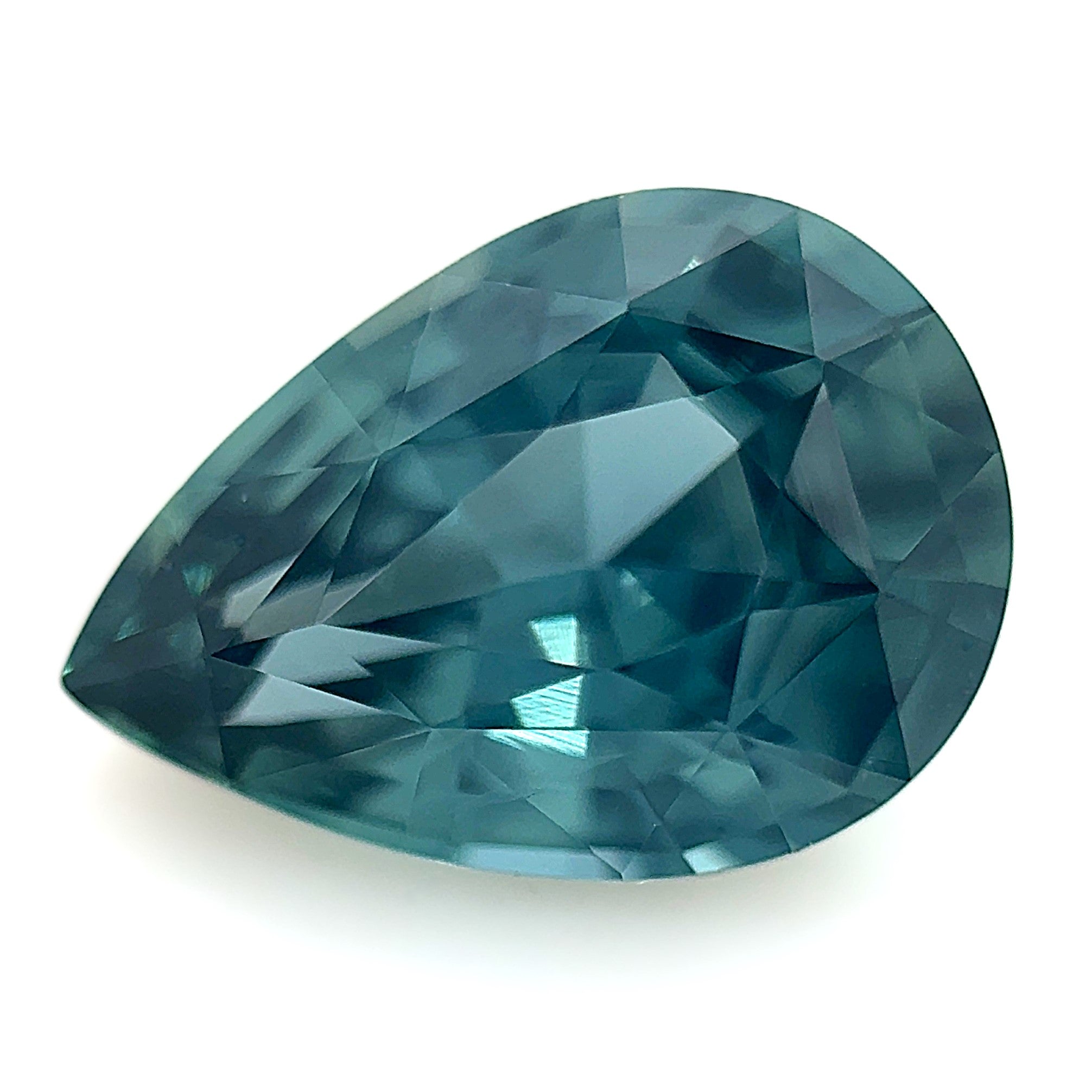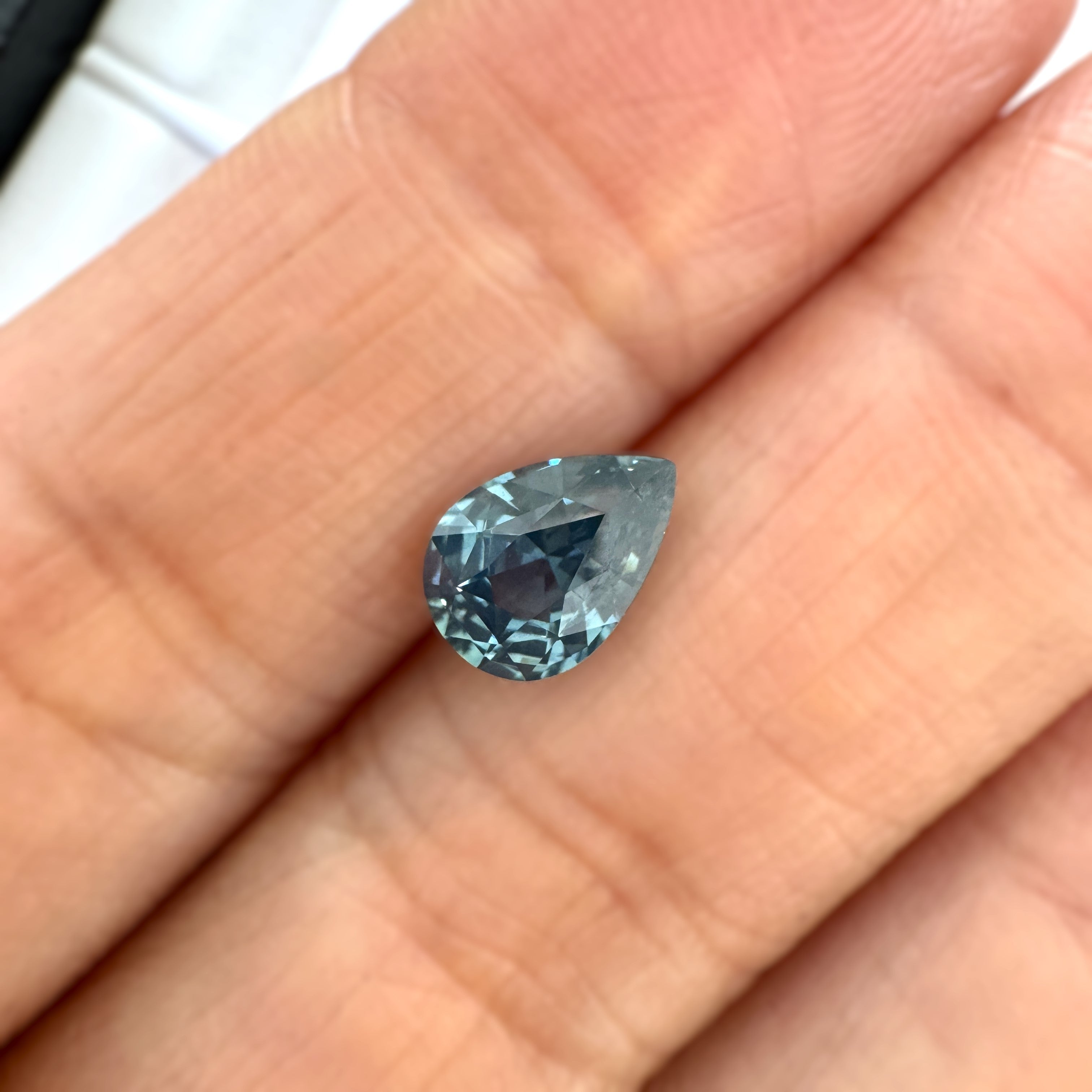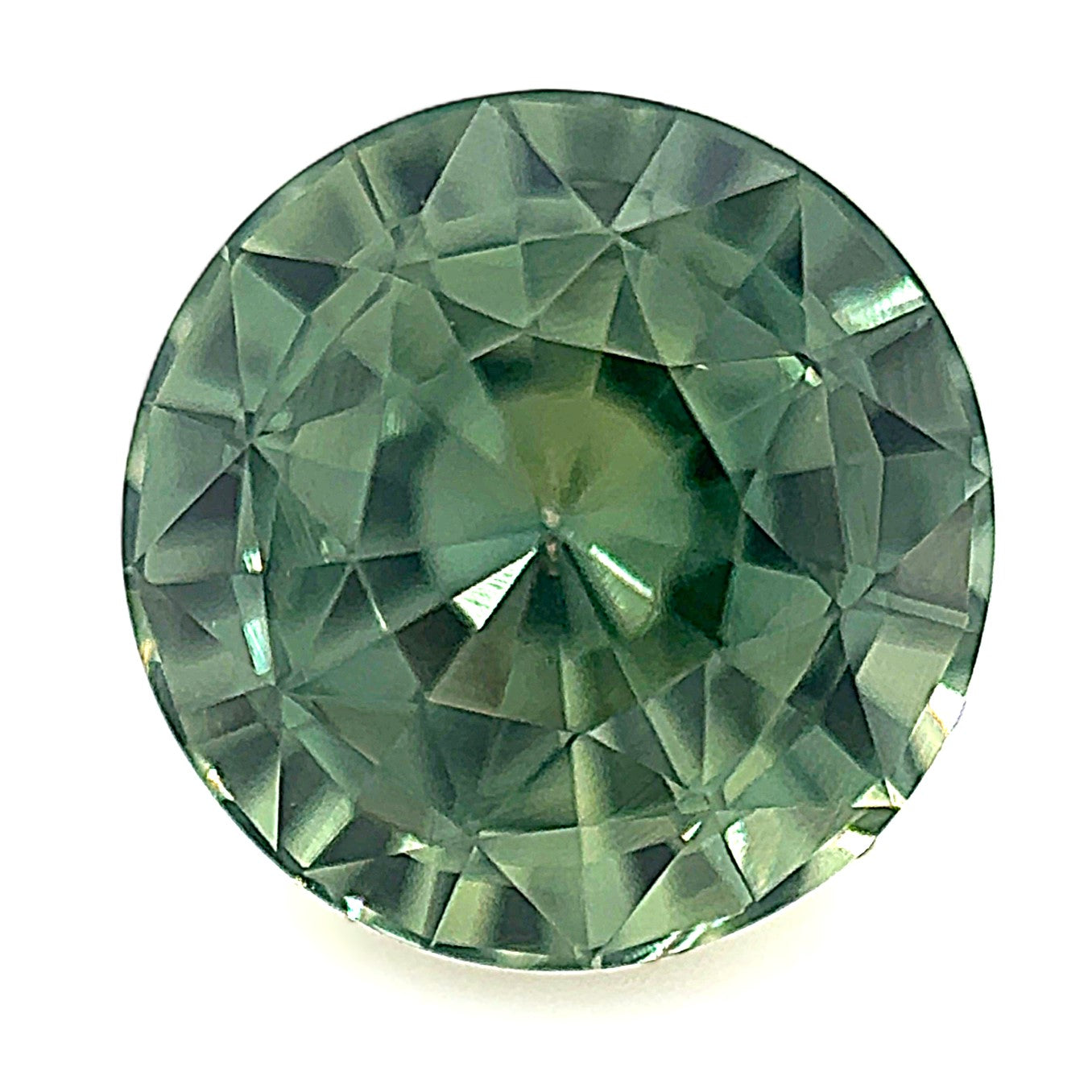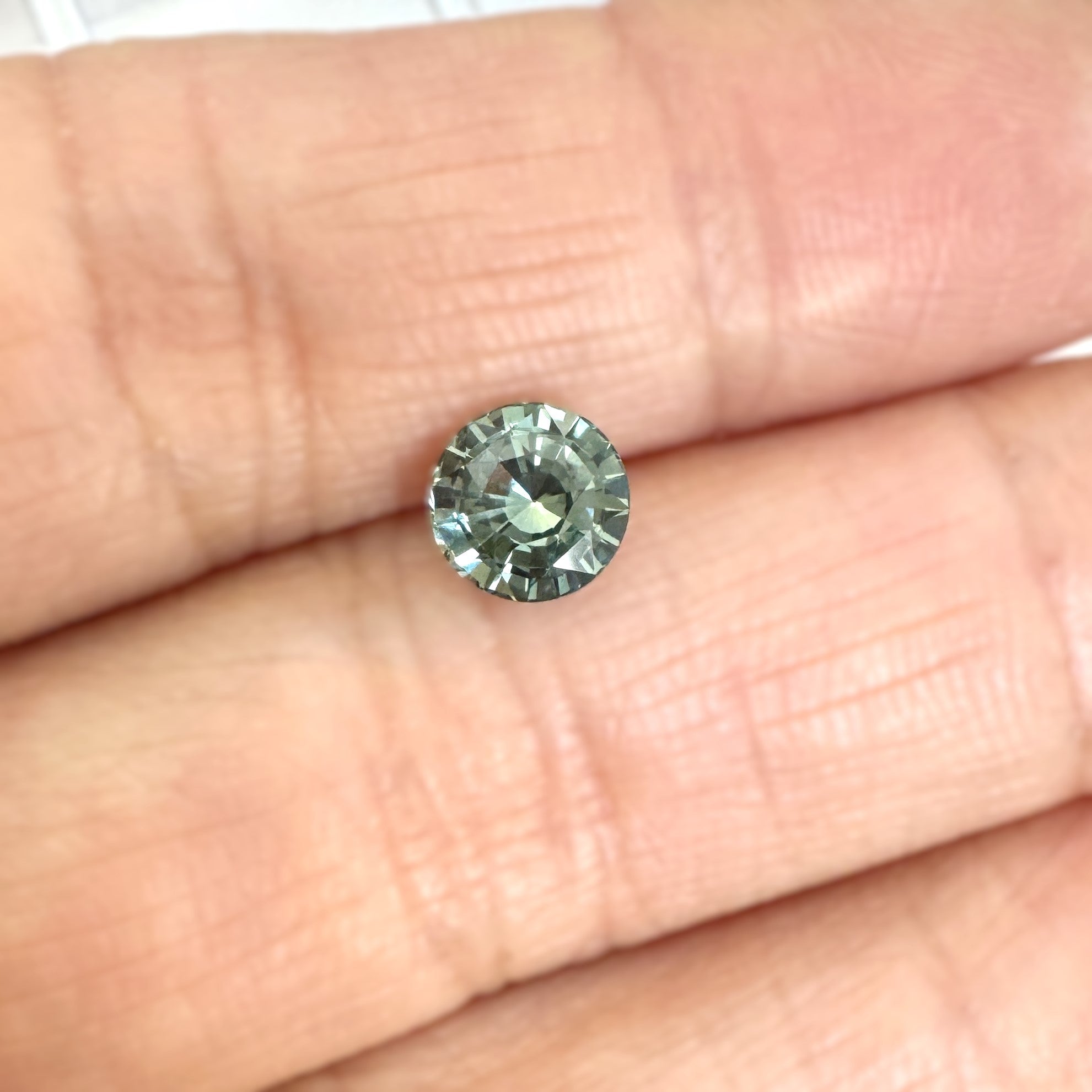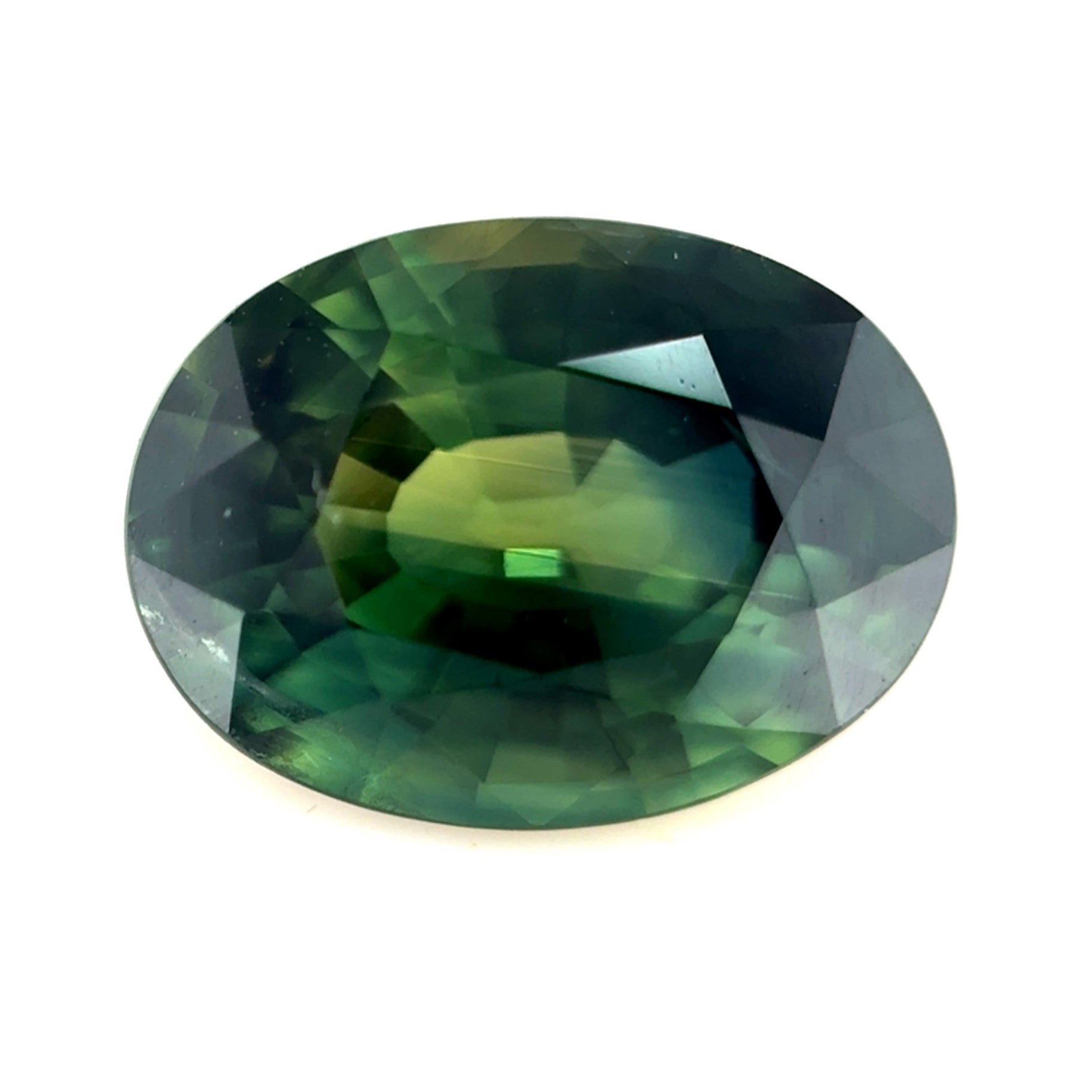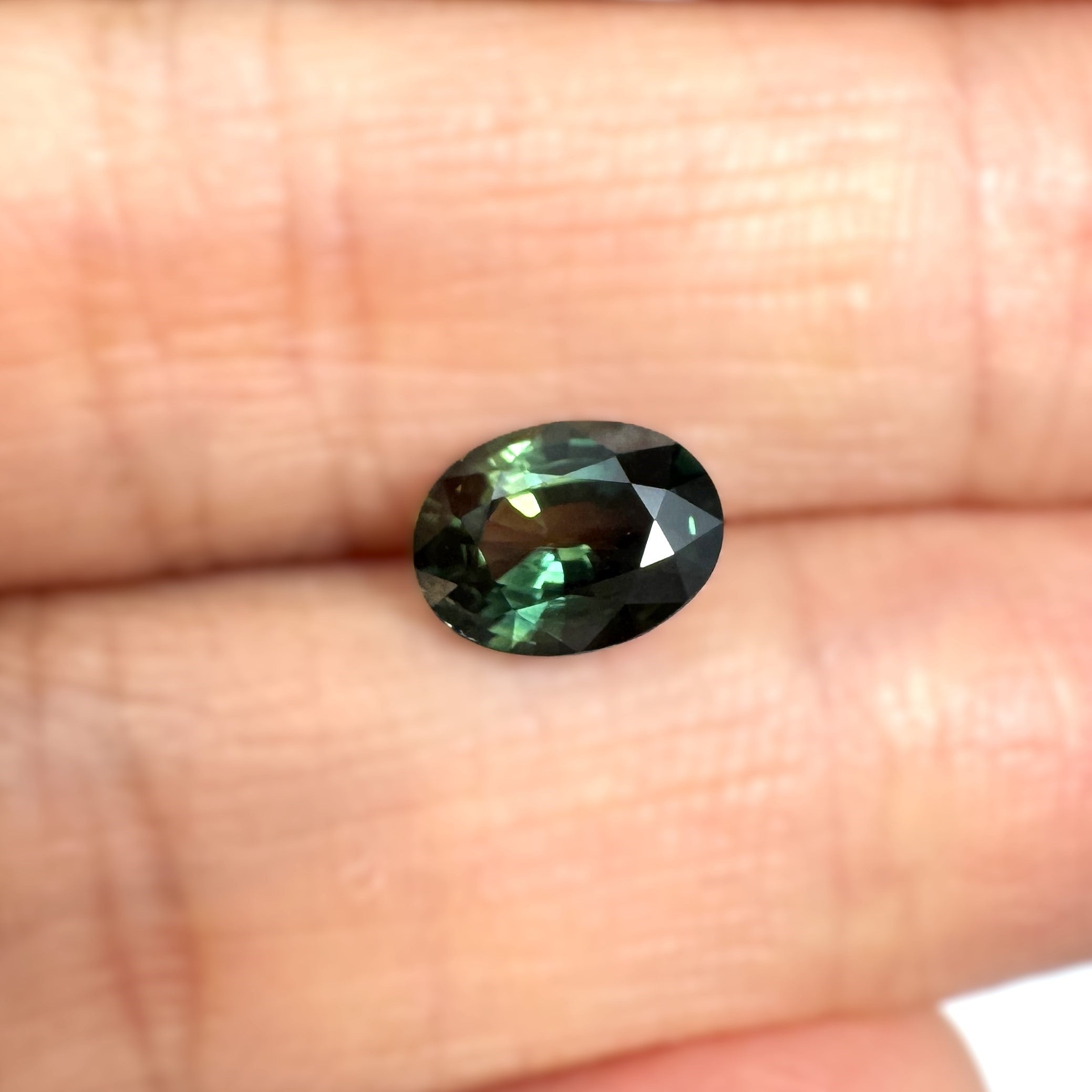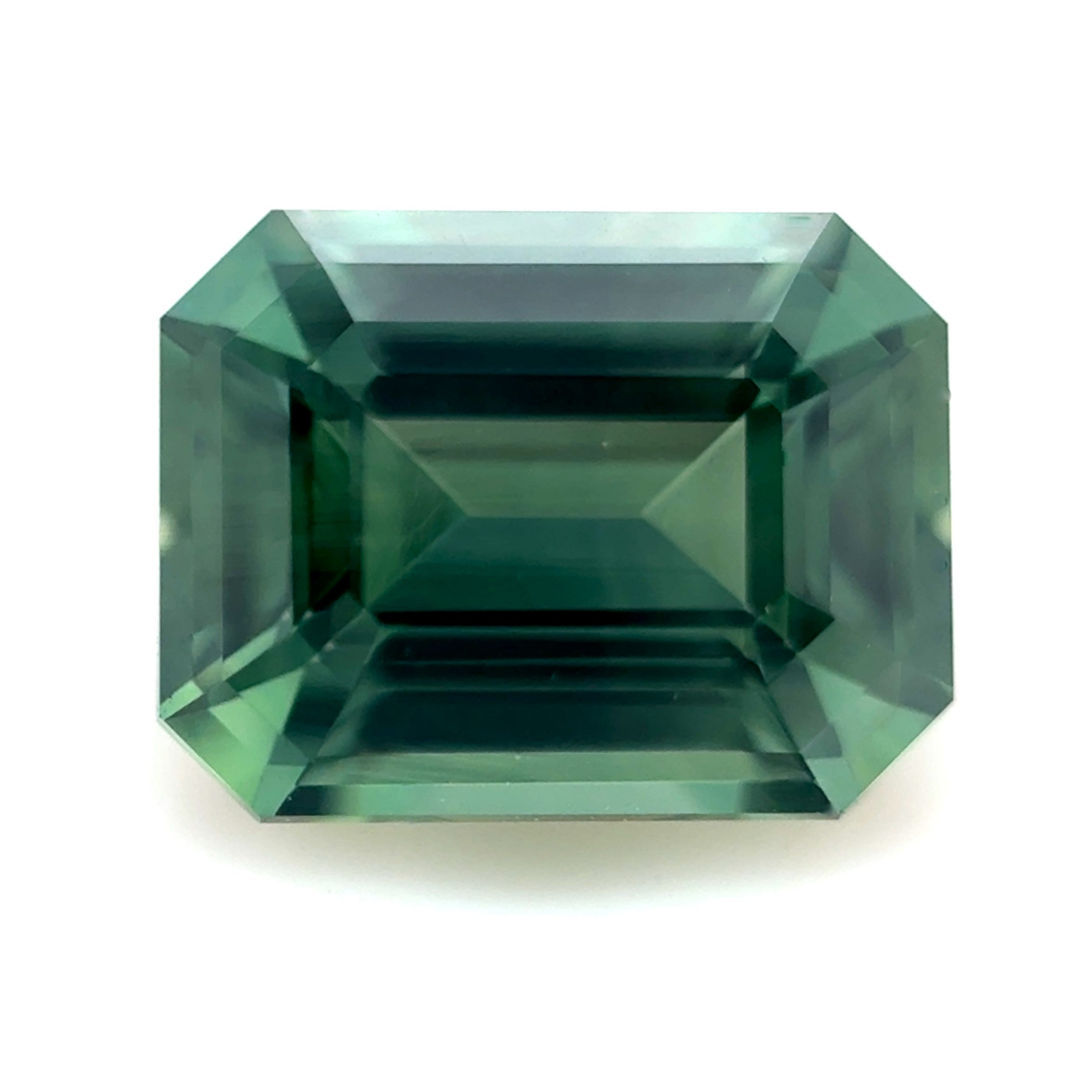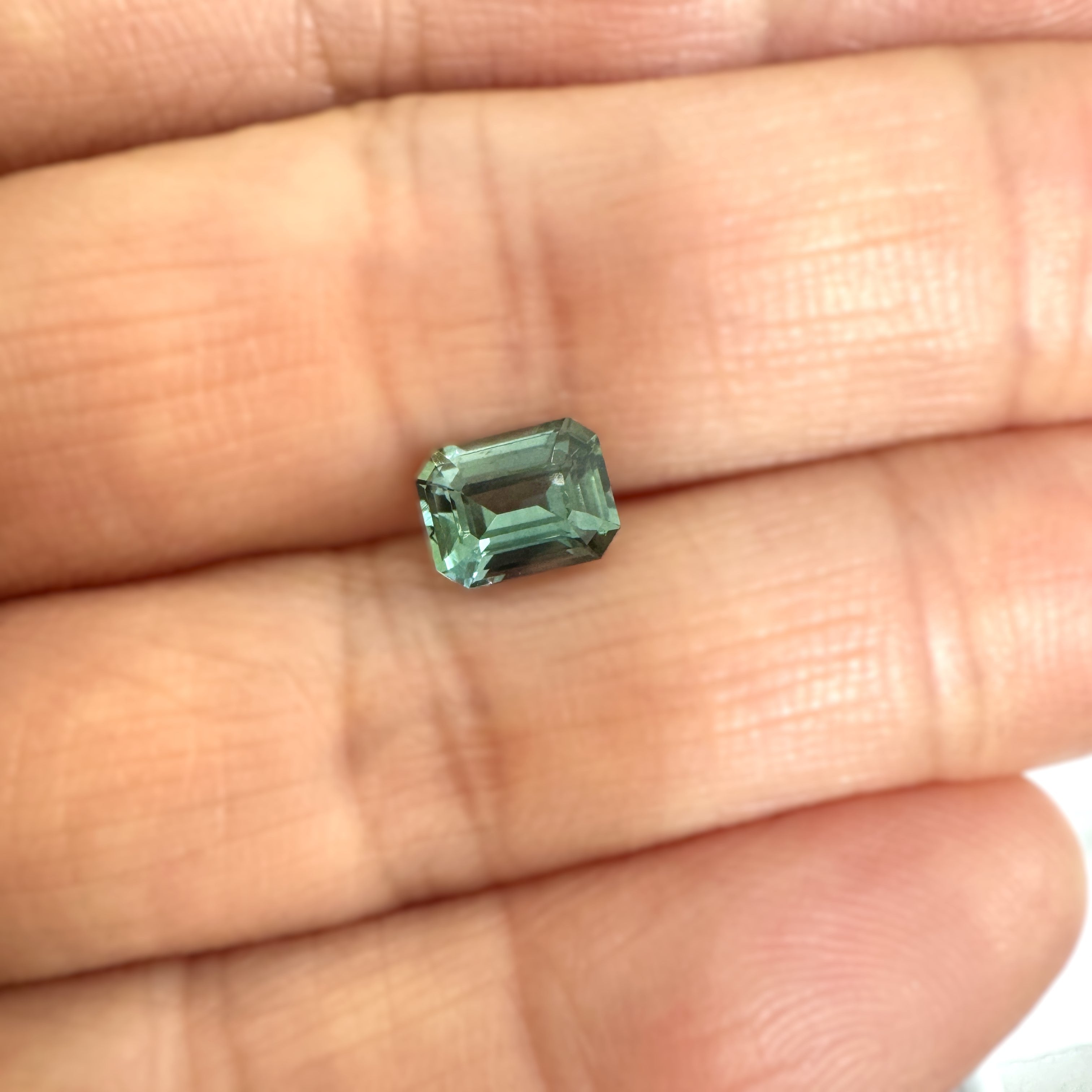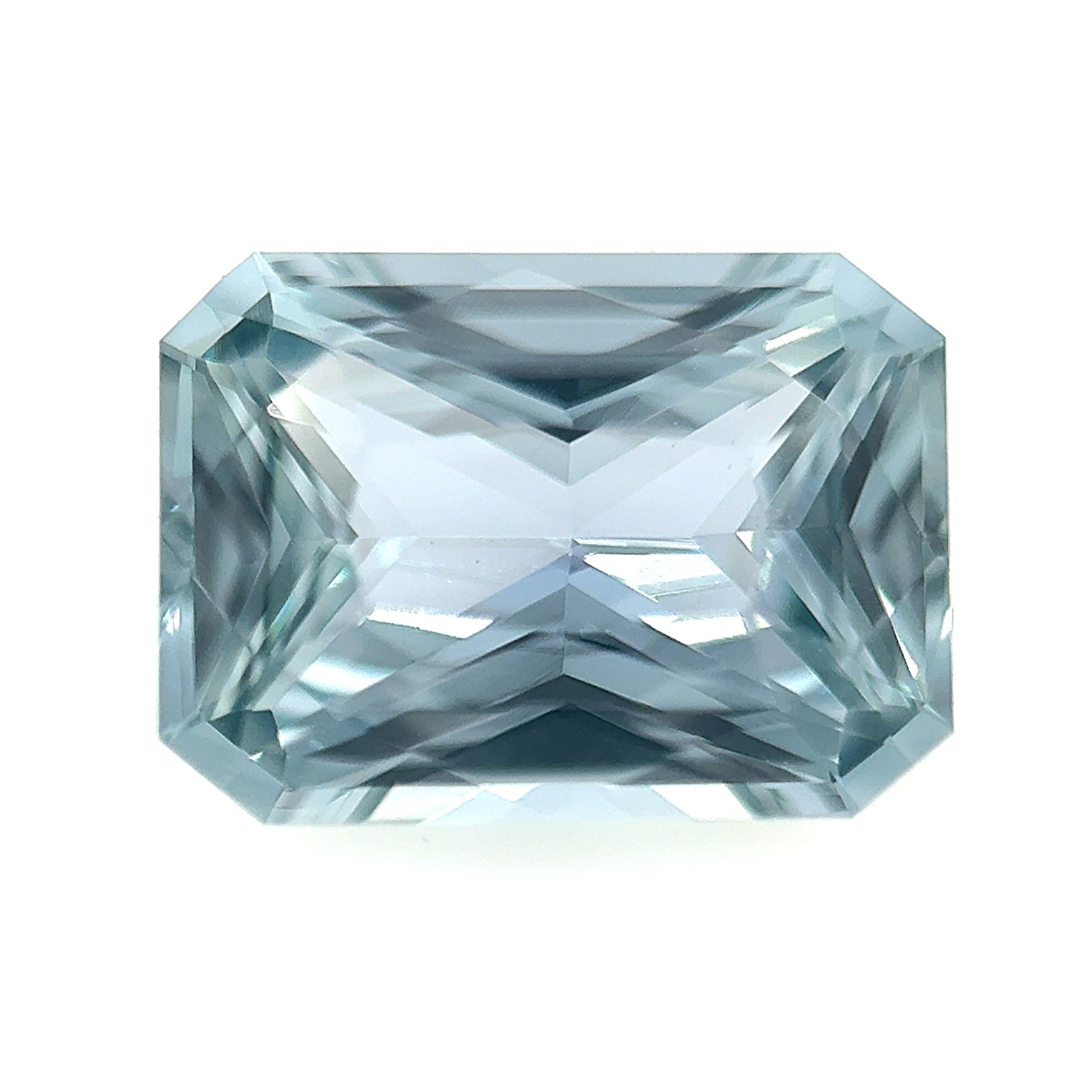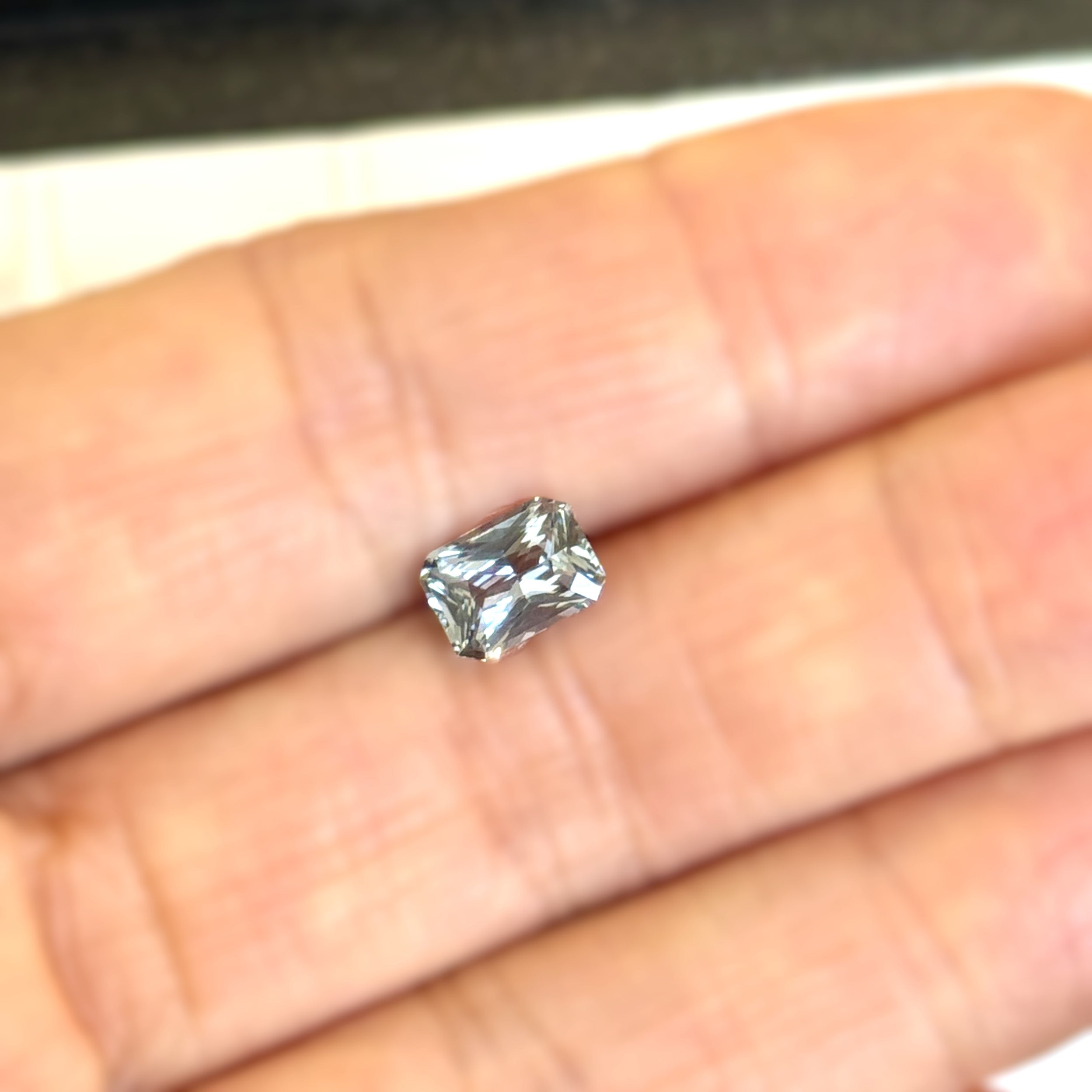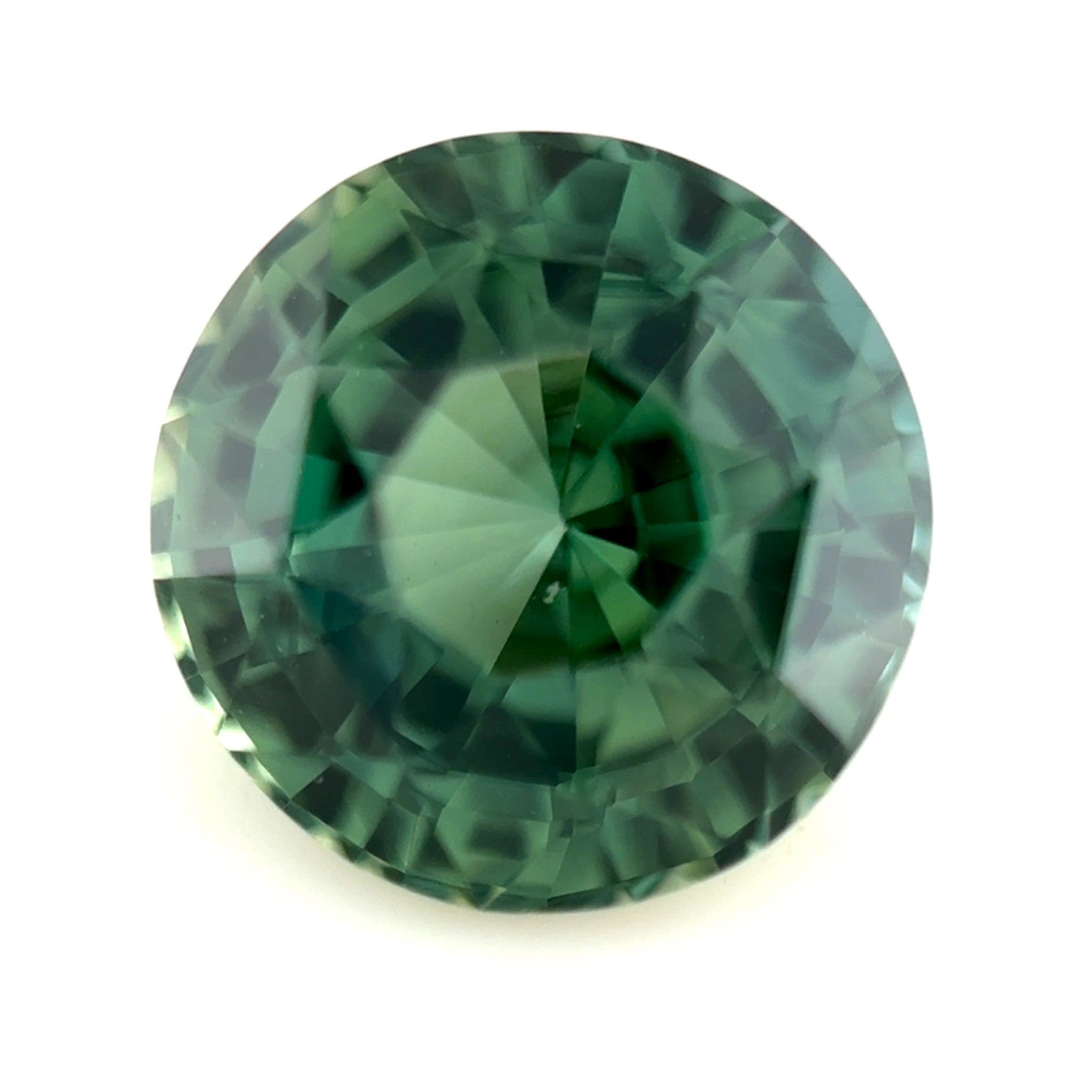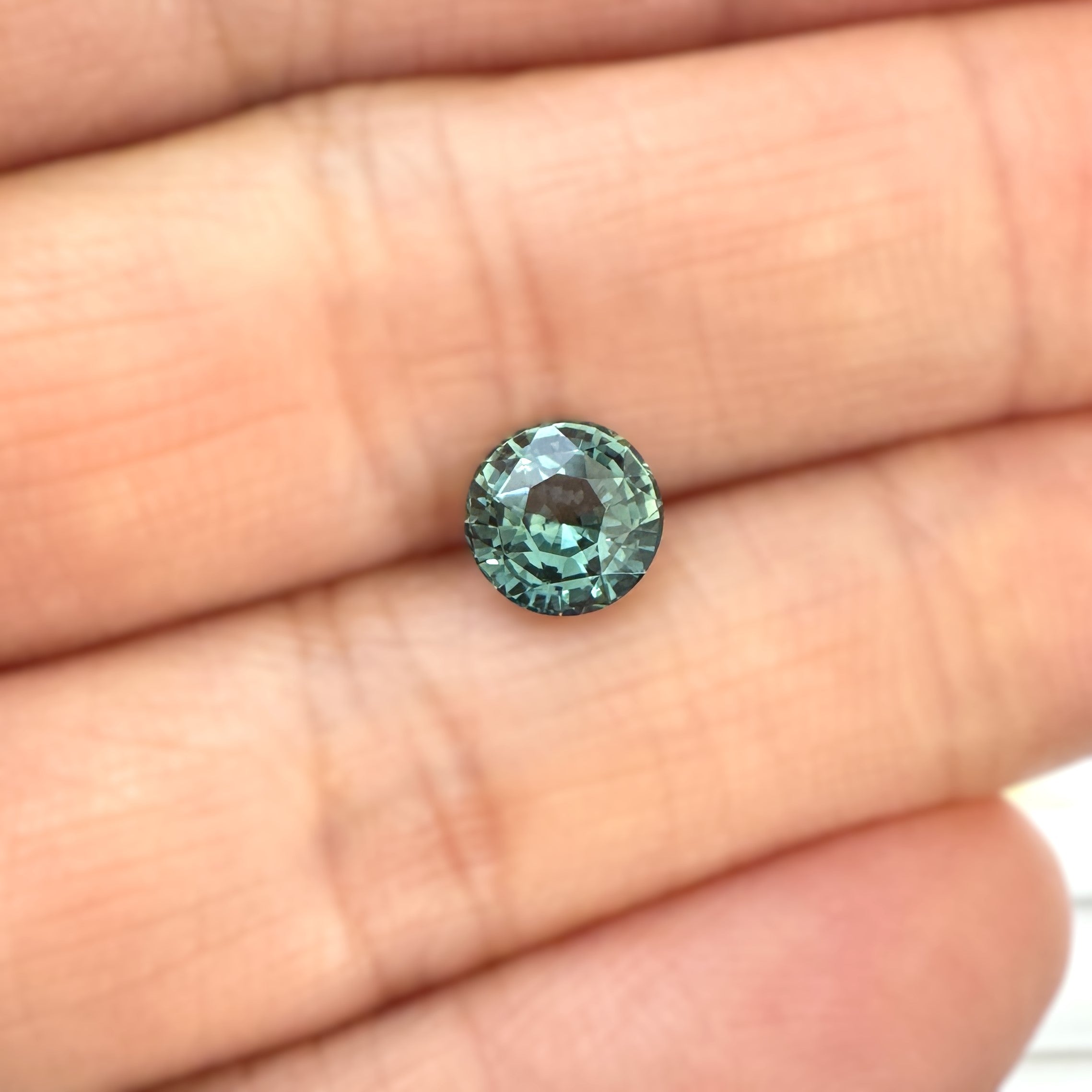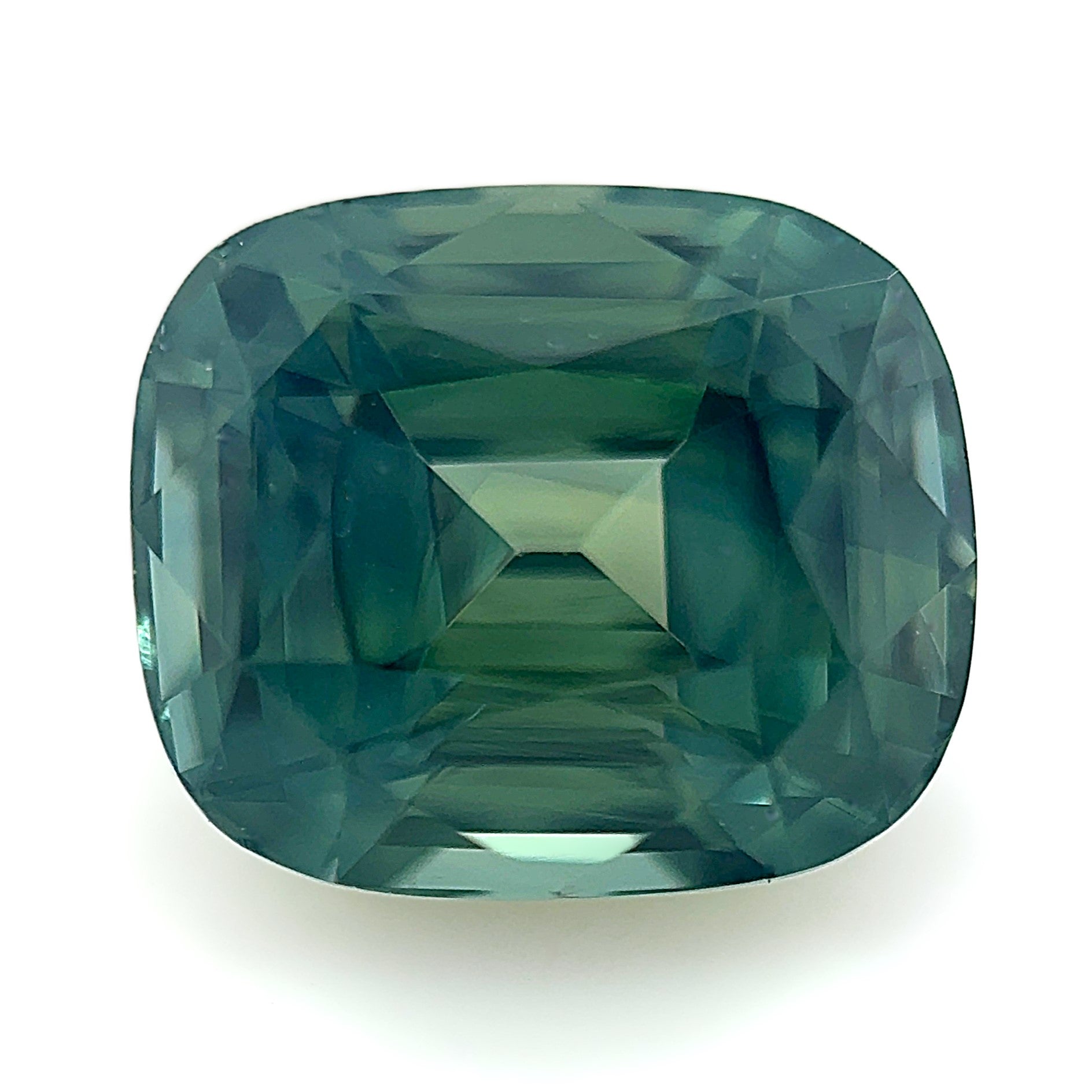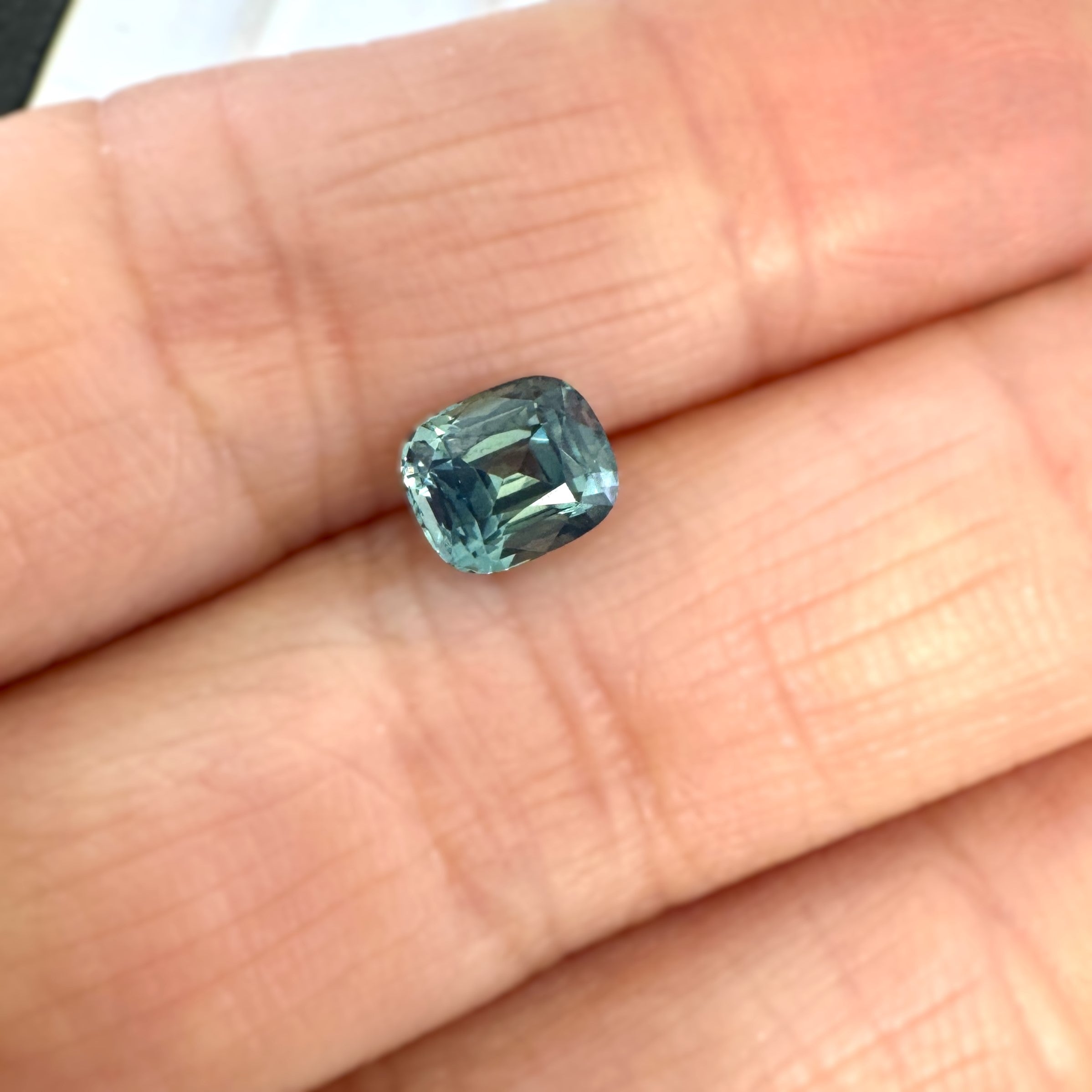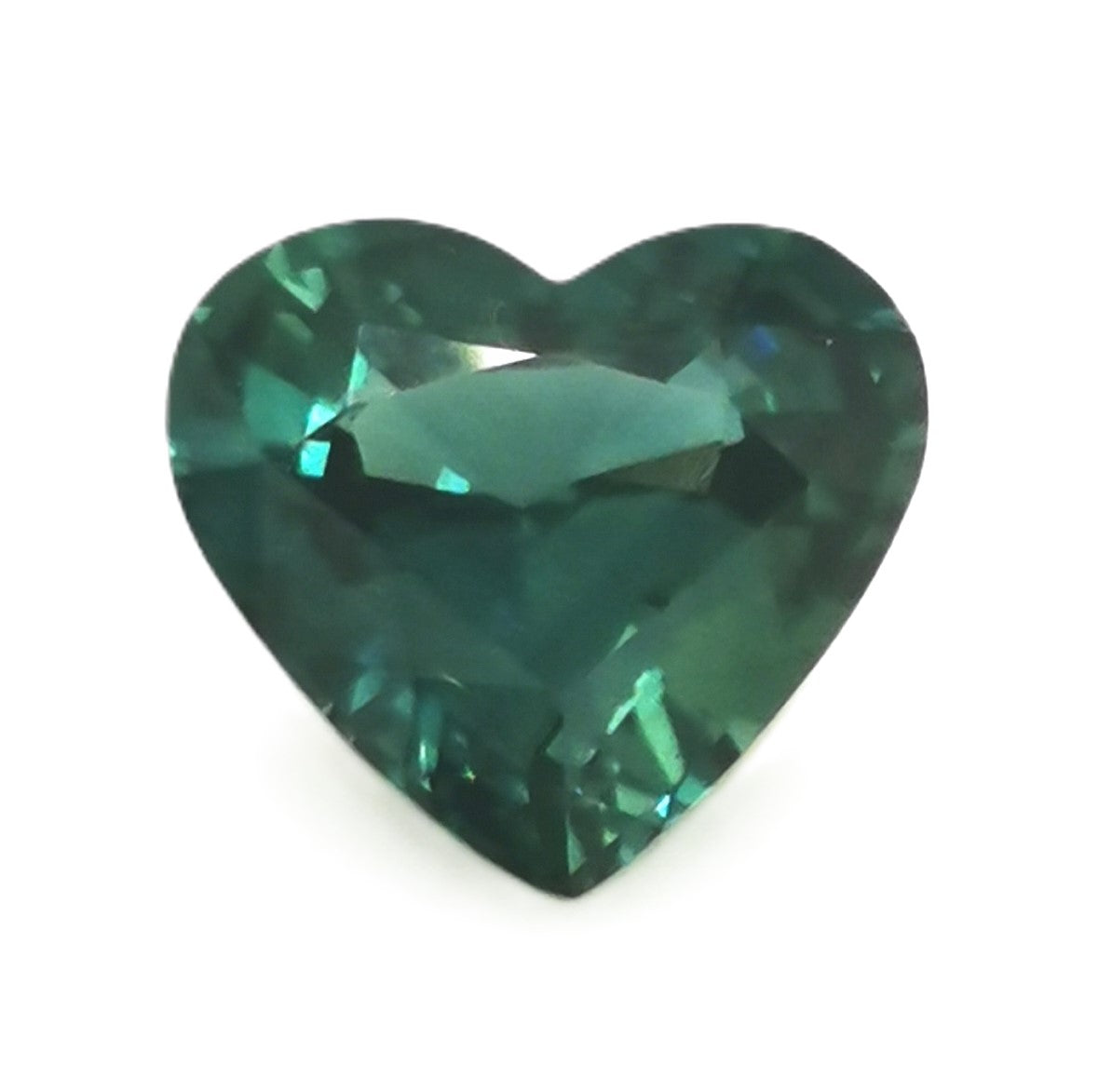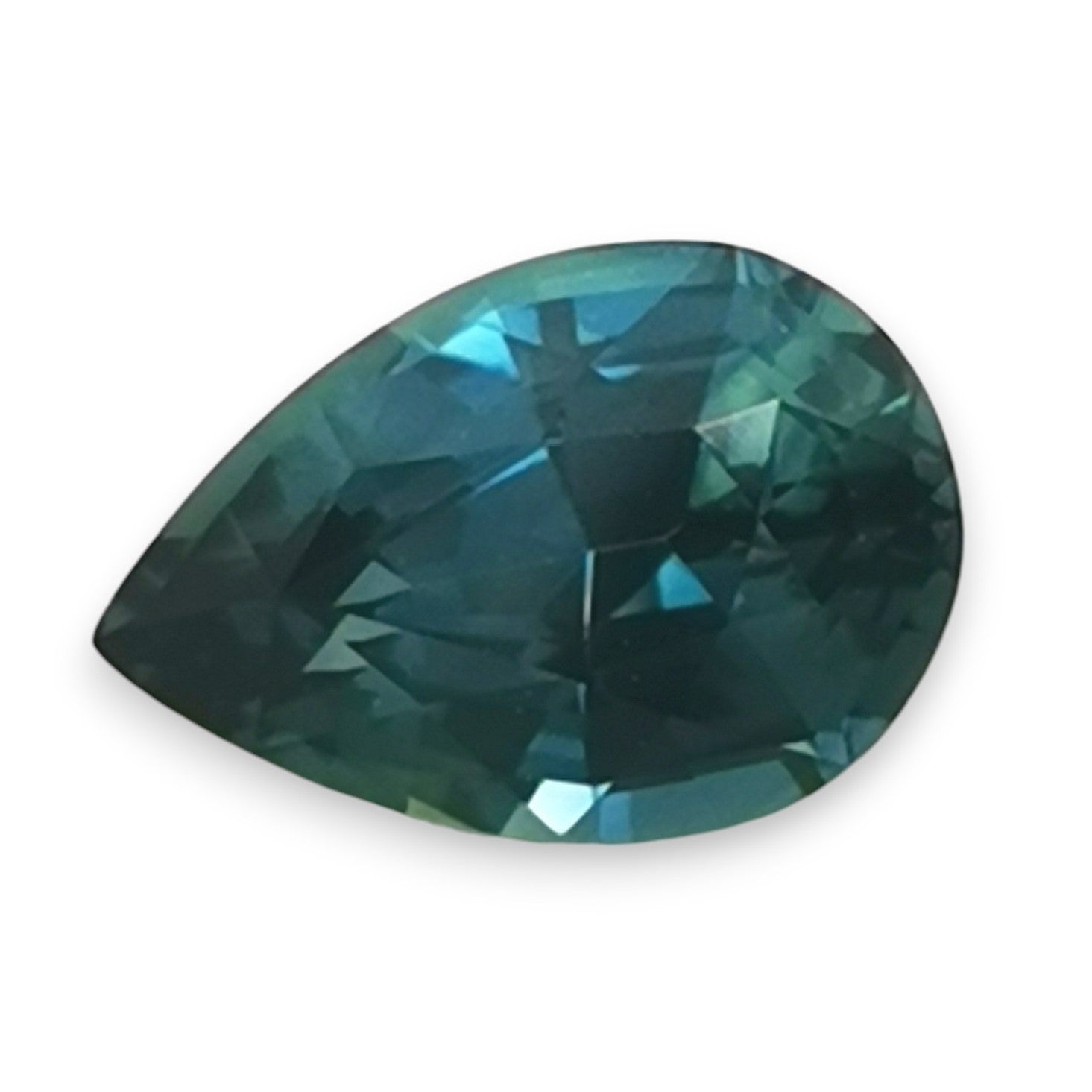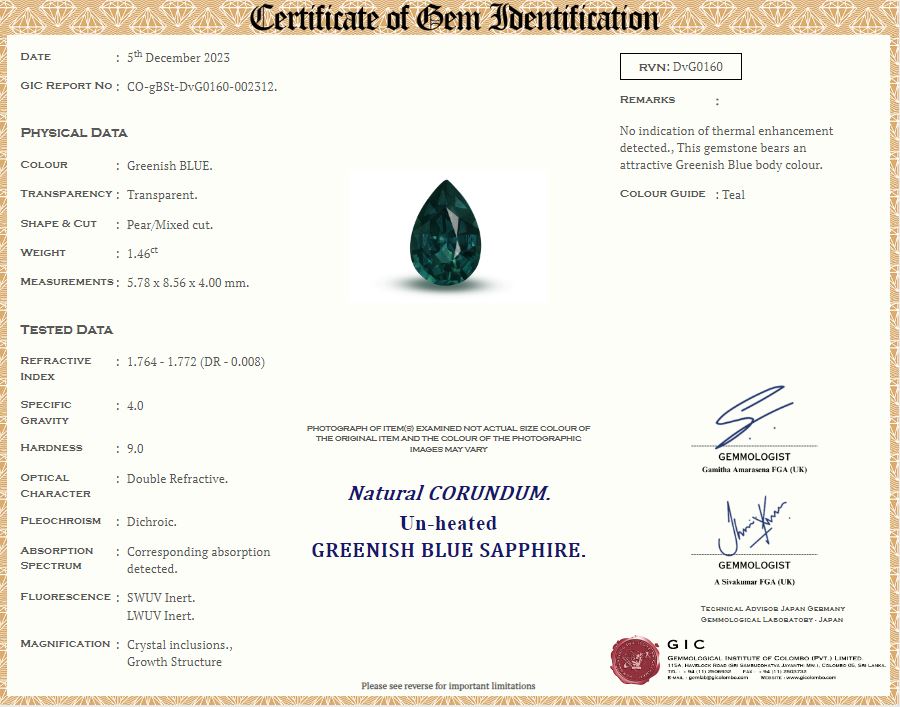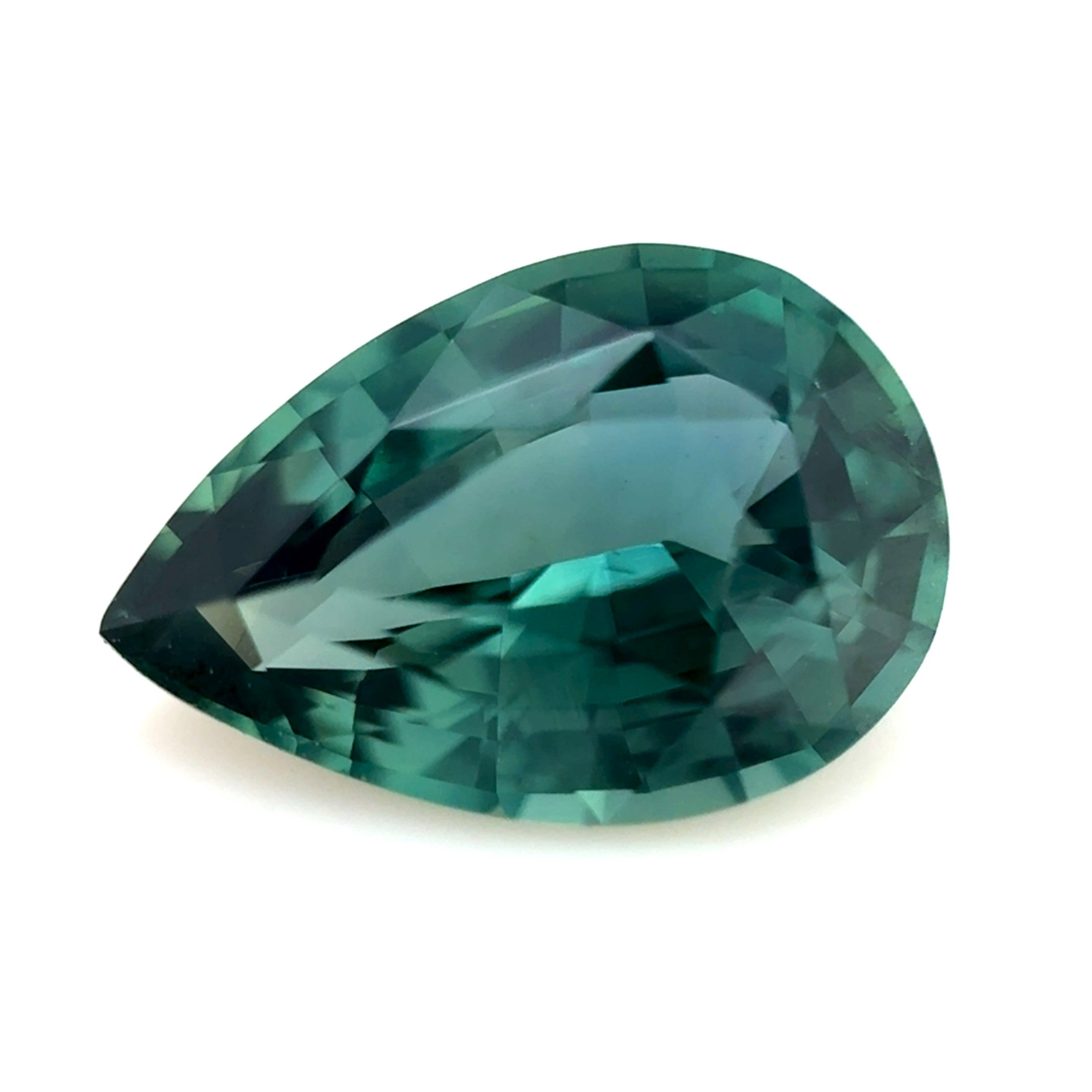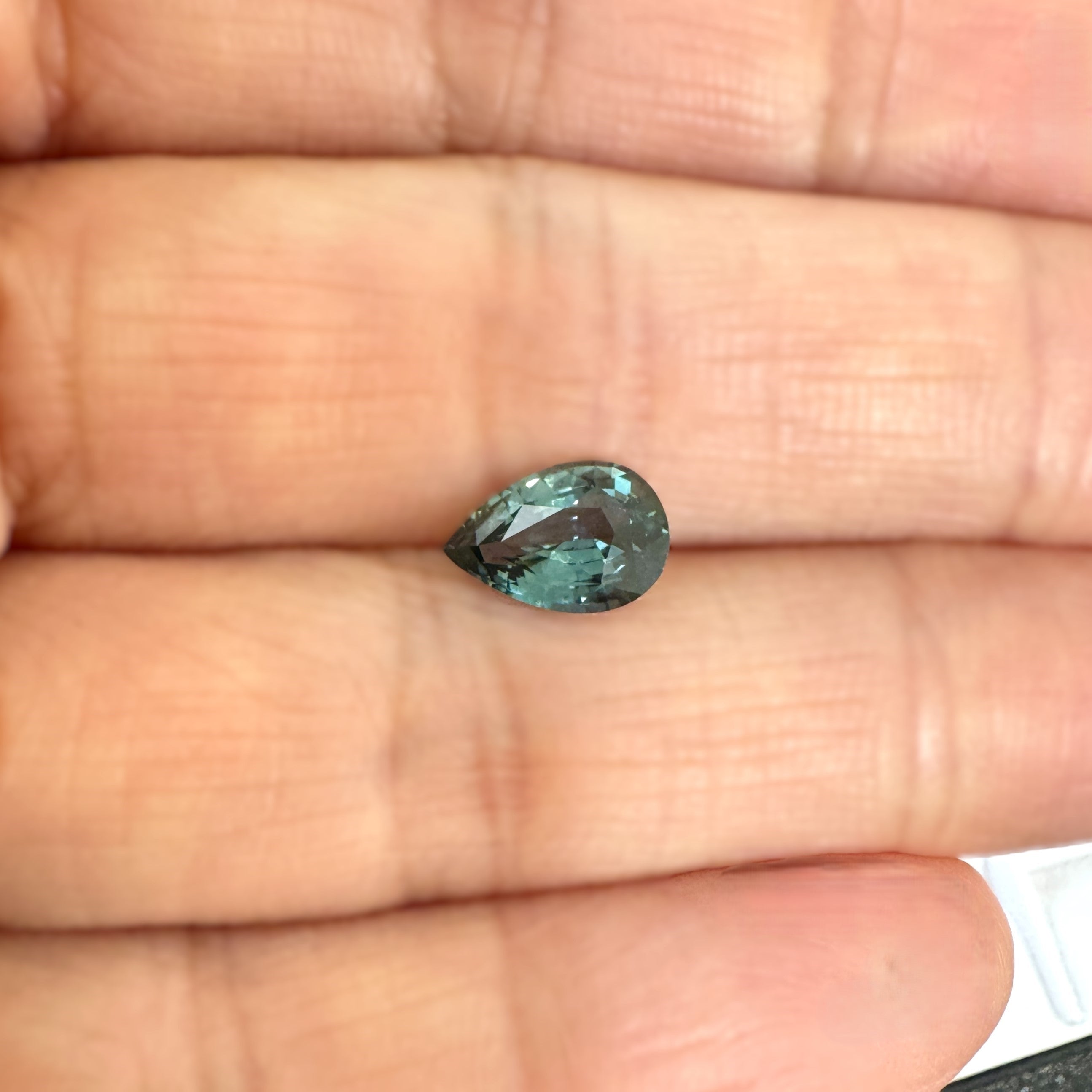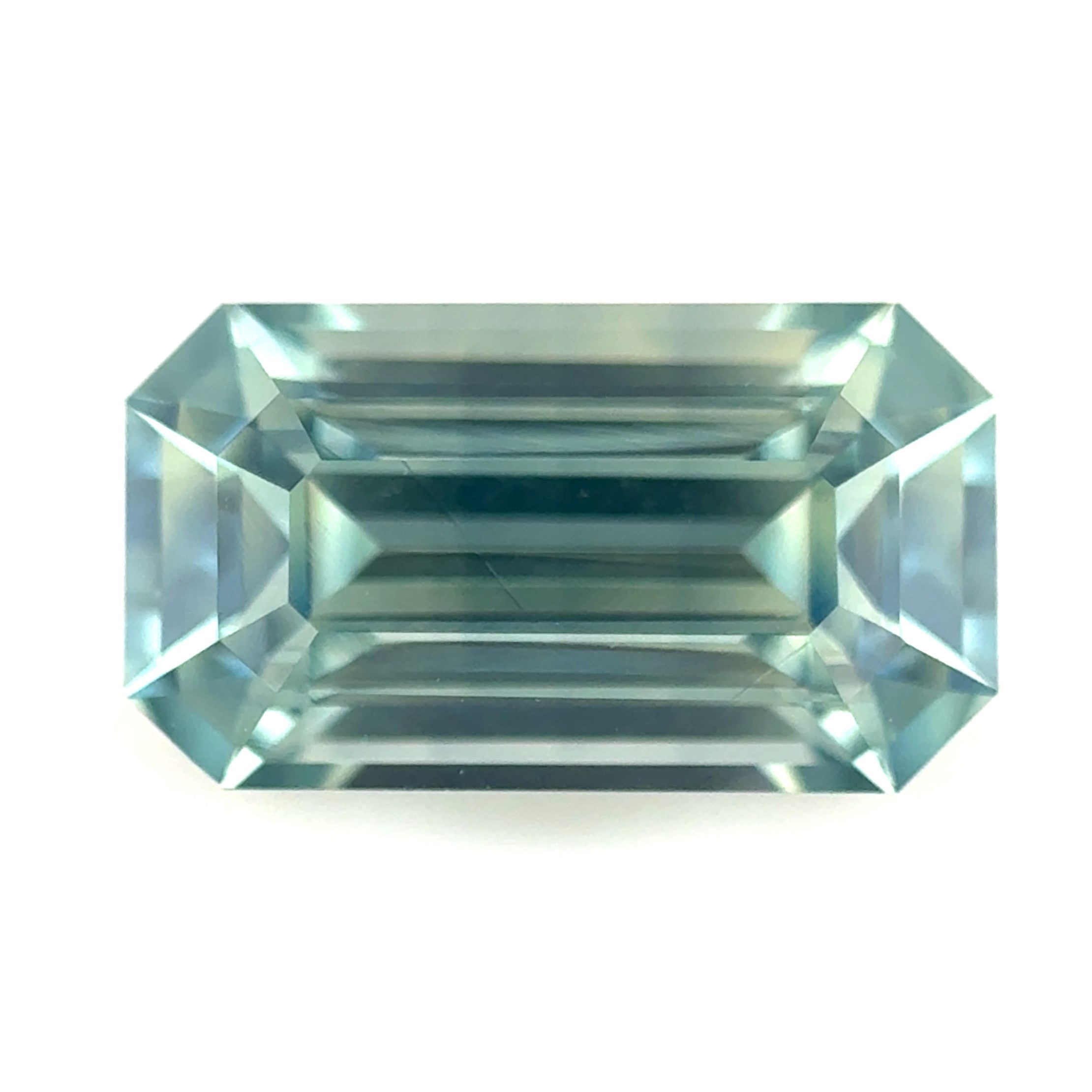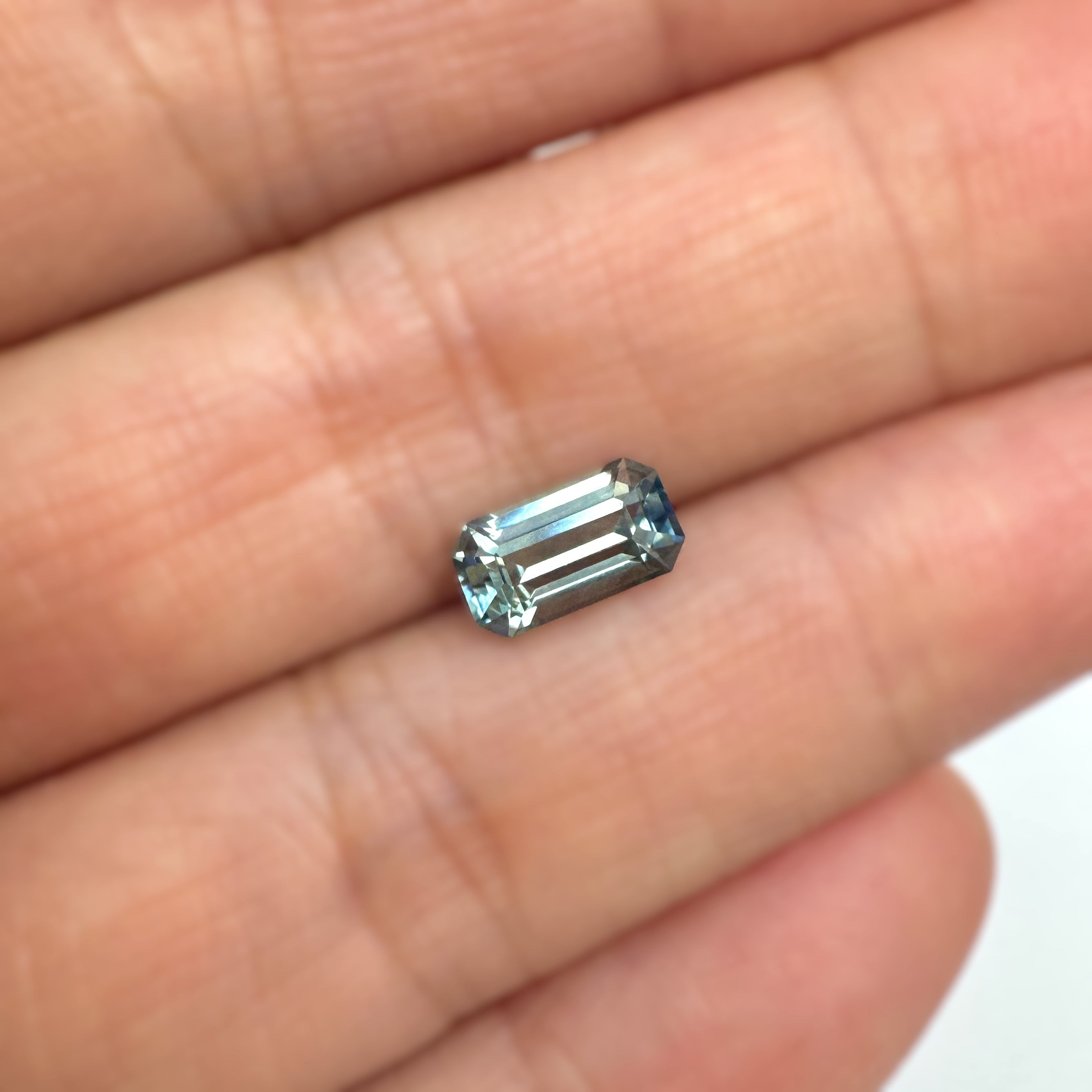Filters
A Complete Guide to Green Sapphires: Sustainability, Value, Cuts and Colors
Unveiling the many facets of the ever-enchanting Green Sapphire: indulge with us on an extraordinary journey, exploring its captivating hues, splendid cuts, and unraveled value. This gemstone is more than a mere trinket - it is a testament to Mother Nature's artistry and mystique. Whether you are a seasoned gem enthusiast or are just beginning your colorful quest, this comprehensive guide will leave no stone unturned in enriching your understanding of Green Sapphires.
Green sapphires are a unique variety of sapphire gemstones that exhibit hues of green. They are prized for their stunning color and durability. On our website, you can find a wide selection of natural and untreated green sapphires in various cuts and sizes. Browse through our collection to explore round, emerald cut, octagonal, radiant, oval, pear, and cushion cuts of green sapphires. Each product is accompanied by detailed information regarding its dimensions, treatment and certification. Please note that the appearance of green sapphires may vary slightly from online pictures due to different lighting conditions.

Understanding Green Sapphire
Sapphires have long been associated with the color blue. However, this precious stone is also found in other brilliant colors, including green. Many people are not quite familiar with green sapphires and their properties but they are gaining in popularity.
Green sapphires are precious stones that come in various shades of green, ranging from yellow-green to bluish-green and can be described in terms of hue, tone, and saturation. The richness of the hues depends on the amount of chromium and iron present in the crystal structure of the mineral corundum. Saturation refers to the brightness or vividness of a particular hue, while the tone relates to the level of lightness or darkness.
It's wise to learn about traditional green sapphires vs Alexandrite while considering a purchase as they have often been confused for one another.
Traditional Green Sapphires vs Alexandrite
Traditional green sapphires are known for their deep, rich green tones that offer a different green hue to emeralds. In contrast, Alexandrite is not a sapphire at all (it is in fact a type of chrysoberyl) and have a unique feature where they change color under varying light conditions. They appear greenish-blue under daylight and darken to purplish-red in incandescent light.
To better appreciate this phenomenon, think of it like chameleon skin that changes color based on external factors.
Alexandrite are highly sought after due to their rarity; only a select number of mines worldwide produce this stone. In comparison, traditional blue-green sapphires remain relatively more available.
Given the prominence of green sapphire jewels today, we must acknowledge durability and clarity - what makes green sapphire stand out as a beautiful, sturdy piece? Let's find out.
Durability and Clarity
Green sapphires are a highly durable variety of corundum, with a hardness rating second only to diamonds on the Mohs scale. This makes them an ideal choice for everyday wear and tear, as they can withstand scratches and chips caused by daily activities. Additionally, green sapphires have excellent clarity, meaning that they are unlikely to have visible inclusions or blemishes. This results in a gemstone that has a clear, even color and is visually appealing.
When choosing a green sapphire, it's important to consider the stone's size and carat weight. Caldera Gem provides green sapphires in various cuts and sizes, ranging from 0.74 Ct to 2.26 Ct. The size of the stone you choose will depend on personal preference and how it complements your jewelry design. However, keep in mind that larger stones typically cost more than smaller ones due to their rarity and demand.
It's also worth noting that different cuts of green sapphires will reflect light differently, resulting in unique visual qualities. Round cut green sapphires tend to sparkle more than other cuts due to their 58 facets that reflect light at multiple angles. Pear-shaped cuts are elegant and elongating to the finger when set in rings or pendants, while heart-shaped cuts add a romantic touch. Fancy shapes like trillion or cushion have increasingly been sought after by collectors due to their uniqueness.
For instance, a customer interested in getting a minimalistic style ring featuring natural designs might want a round-cut 0.9-1Ct green sapphire since its brilliance would augment the setting's sleekness.
Now let's discuss pricing factors to consider before purchasing your ideal green sapphire.
- Green sapphires are a durable and visually appealing gemstone option, with a clear, even color and excellent clarity. When choosing a green sapphire, consider the stone's size, carat weight, and cut as each will affect its visual qualities. Round cuts offer more sparkle, pear-shaped cuts are elegant and elongating, heart-shaped cuts add a romantic touch, while fancy shapes like trillion or cushion are unique and sought after by collectors. Pricing factors should also be considered, with larger stones typically costing more due to their rarity and demand.
The Value and Sizing of Green Sapphires
Green sapphires vary in value based on a few factors. While size is an essential consideration, there are other critical characteristics to consider when choosing a gemstone. One significant factor is the color of the sapphire.
Green sapphires come in many different shades and tones, ranging from yellowish-green to bluish-green. The most valuable green sapphires tend to have pure, vivid green hues without hints of secondary colors like brown or gray. The intensity of the color can also influence the price, with darker and more saturated stones typically costing more than lighter ones.
Other important value factors include the stone's origin- indicolite or ceylonese type- , clarity grade, cut quality, and treatment status. Natural stones are considered more valuable than those that have undergone heat treatments, which enhance their natural color and clarity at the same time.
When shopping for a green sapphire, it's worth doing research beforehand and familiarizing yourself with these key factors to make an informed decision. Moreover, it's typical for premium companies like Natural Sapphire Company to provide certification reports indicating all the relevant attributes of their green sapphire products before purchase.
Now that you are aware of the various pricing factors of green sapphires let's discuss sizing benchmarks using examples.
For instance, A 1-2Ct Indicolite (Blue-Green) Sri Lankan cushion-cut untreated natural Green Sapphire(U15490) valued at $2160 by Natural Sapphire Company will be priced higher than its pale counterparts such as a 1-2Ct very light green Yellowish-Green Oval Cut (####U8816) valued at $450.
This distinction in pricing should be indicative of how it’s easier to acquire paler options while bulkier & unpolluted versions remain scarce and hence costlier.
Pricing Factors and Considerations
When purchasing green sapphires, it's essential to consider several factors that can impact the final price. The first consideration is the size of the sapphire, as larger stones are typically more valuable than smaller ones. Color and clarity can also influence pricing, especially in rare specimens with vivid or intense green hues. Other factors to consider include whether the stone has been heat-treated or enhanced in any way and whether it has undergone any cutting processes that can improve its overall appearance. It's important to purchase gemstones from reputable sources, as they will often provide detailed information about these considerations.
Cuts and Colors of Green Sapphires
Green sapphires come in a variety of cuts and colors, making them a unique gemstone choice for many jewelry designs. These sapphires range in color from light, delicate shades of green to deep and intense forest greens, with some featuring hints of yellow or blue undertones. The most common cuts for green sapphires include round, pear, heart, fancy, trillion, and cushion cuts.
One example of a popular cut for green sapphires is called the emerald cut, which features long, elegant lines that highlight the stone's natural coloration without detracting from its deep green hues.
It's important to note that some cuts may be more desirable than others depending on personal preferences or specific jewelry designs. For example, an elongated marquise cut may emphasize the length of a necklace chain or dangle beautifully from earrings.
Some may also argue that unique cuts like hexagonal shapes evoke personality traits such as confidence and individuality.
Furthermore, cuts can impact how light interacts with the gemstone's surface, affecting its overall shine and luster. Some experts believe that deeper cuts create more dramatic sparkles while shallow cuts maximize light effects.
Having explored green sapphire cut and color varieties, let's now delve into the impacts of these cuts and color choices on green sapphire value.
Variety in Cuts and Its Impact
Green sapphires are most commonly found in oval, round, cushion, and emerald cuts. However, the Natural Sapphire Company provides a wide selection of green sapphires in varying cuts, including pear, heart, fancy, trillion, and cushion cuts. It is essential to note that each cut has its unique features that affect how the color appears once set into jewelry. For instance, traditional cuts like oval or round might display the color evenly throughout the gemstone while fancier cuts like hearts and trillions focus more on the angles and show more depth.
| Cut | Description | Features |
|---|---|---|
| Oval | Oval shape with elongated sides | Evenly displays the color throughout the stone |
| Round | Classically round shape with a circular table | Evenly displays color throughout the stone |
| Cushion | Square or rectangular cut with curved sides | Focuses on angles and shows depth |
| Emerald | Rectangular cut with step-like facets | Enhances color intensity and highlights inclusion imperfections |
| Pear | A teardrop shape with a rounded end and pointed tip | Combines the brilliant cut of a round stone with elongated dimensions that help highlight depth |
| Heart | Heart-shaped cut with one curved side & one pointed end | Focuses on angles and enhances depth |
Color Intensity and its Significance
A significant aspect of green sapphires is their color intensity. While most people associate sapphire with blue hues, green sapphire colors can range from light yellow-green to deep forest shades. Additionally, a sapphire's country of origin plays a significant role in determining its hue; some countries produce vibrant lime green stones while others produce greyish-green ones.
Generally speaking, the most desirable green sapphires are those with consistent, even color that's neither too light nor too dark. Intense saturation and a tint of blue are also highly sought after by gemstone enthusiasts. Gemologists use terms such as tone and saturation to describe the intensity of color within green sapphires. Tone refers to how light or dark the color is, while saturation describes how well the hue is represented within the stone.
For example, imagine a deep forest green sapphire with high saturation levels but has an inclusion that causes it to appear slightly darker at one point (lower tone). This stone might be less desirable than another sapphire with similar saturation levels and no visible inclusions.
It's important to note that color preference varies from person to person, so there isn't necessarily one "ideal" shade for green sapphires. However, understanding these key features can help potential buyers make informed decisions when evaluating different gems.
Famous Green Sapphire Jewelry Pieces
Green sapphires have been around for centuries. Their unique color and durability make them a prized gemstone choice for jewelry designers and collectors alike. Let's take a look at some of the most famous green sapphire jewelry pieces.
The Duchess of Cambridge's engagement ring features a 12-carat Ceylon green sapphire. Previously owned by Princess Diana, the ring has since become an iconic piece of jewelry, widely recognized all over the world.
Another famous piece of jewelry that features green sapphires is the L'Africaine necklace famously owned by Empress Joséphine de Beauharnais. She had commissioned it in 1811 to celebrate Napoleon Bonaparte's victory in Egypt. The necklace was also later worn by Queen Marie-Amélie as a tiara.
The 423-carat Logan Sapphire, which was gifted to the Smithsonian Institution in Washington DC by Mrs. John A. Logan in 1960, is another fascinating example of a green sapphire. This enormous gemstone has an elongated cushion cut and is surrounded by 20 round brilliant-cut diamonds.
In more recent times, renowned designer Vera Wang used a beautiful unheated cushion-shaped green sapphire from Madagascar to create an exquisite engagement ring for Hilary Duff that's worth over $1 million.
In addition, movie star Gene Tierney wore a stunning platinum bracelet featuring six giant green sapphires while filming the movie "Leave Her to Heaven" (1945). The bracelet has become increasingly popular today as reproductions are commonly made and sold numerously.
Much like how gems are given names based on their hue or origin (e.g., "Royal Blue" or "Ceylon"), these pieces have withstood the tests of time, attitudes, and changing styles making them classic and timeless pieces of jewelry history that are worth admiring.
- According to the Gemological Institute of America, only a small percentage of sapphires, estimated at 2%, exhibit green color, making them one of the rarer sapphire varieties.
- A 2021 market report highlighted that the demand for colored gemstones, including green sapphires, increased by around 8% over the previous five years.
- Less than 10% of all commercially available green sapphires are untreated, indicating a significant market for treated stones, as reported by The Natural Sapphire Company in 2022.

